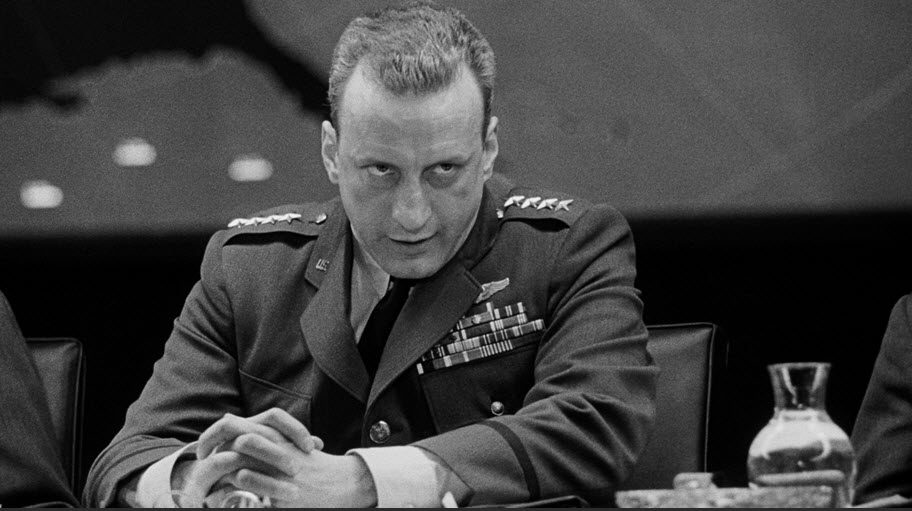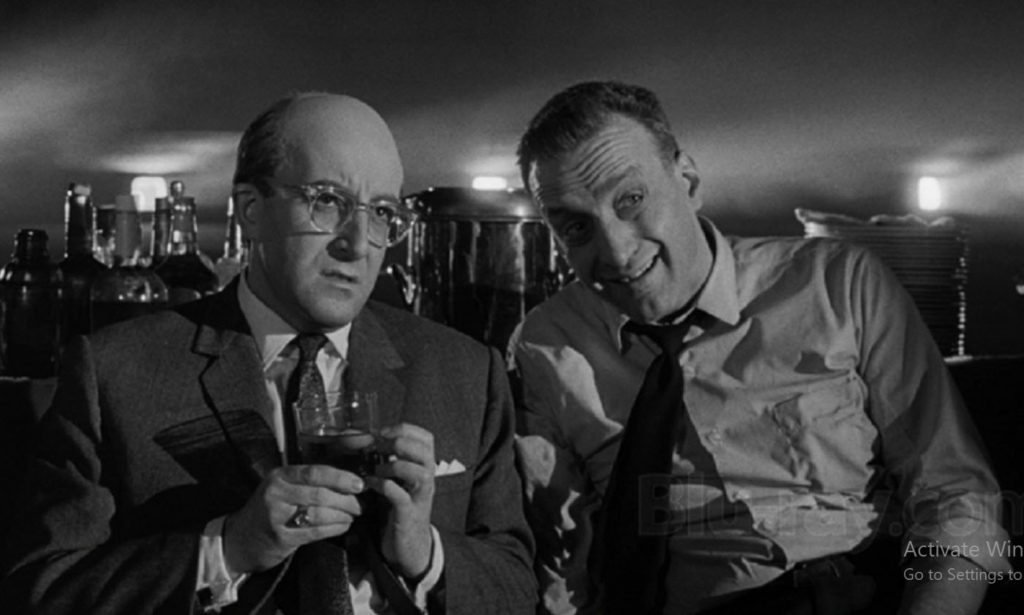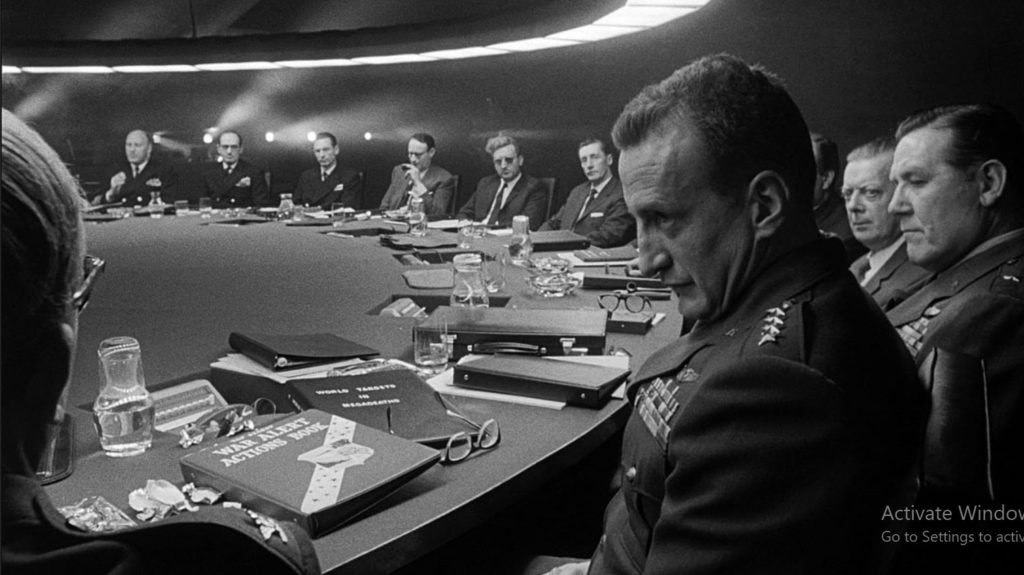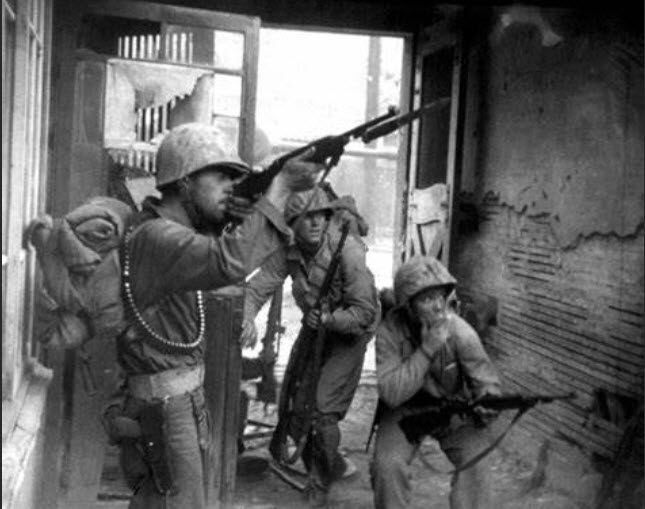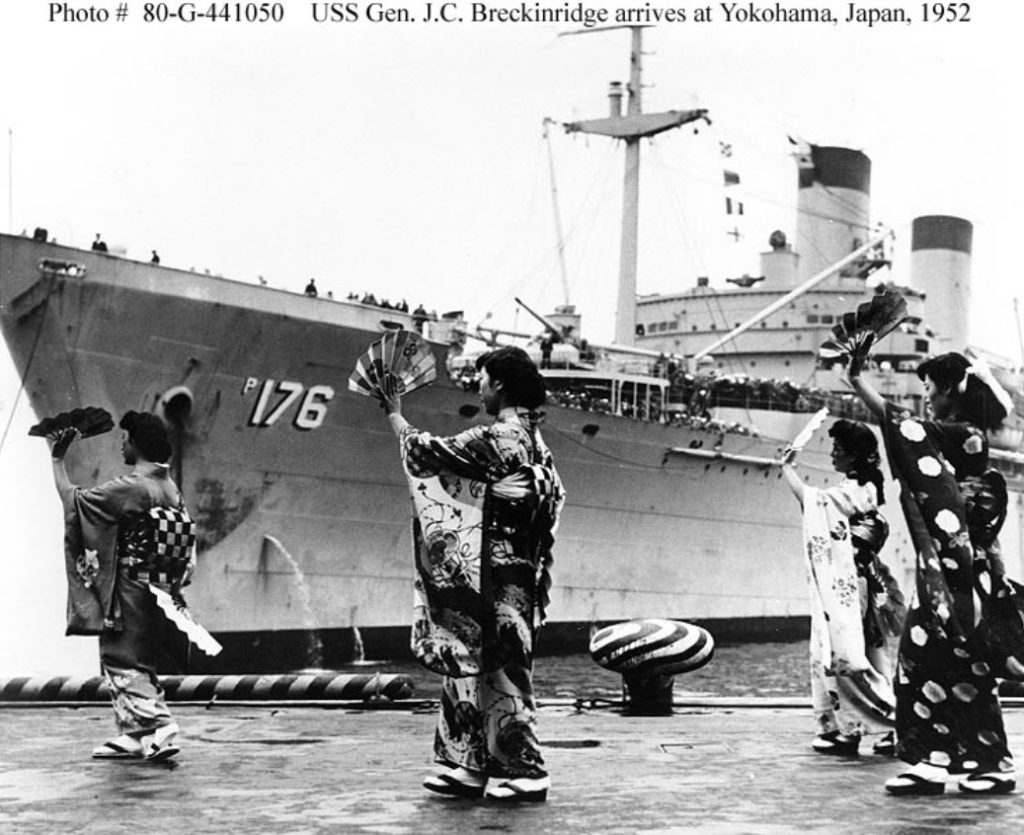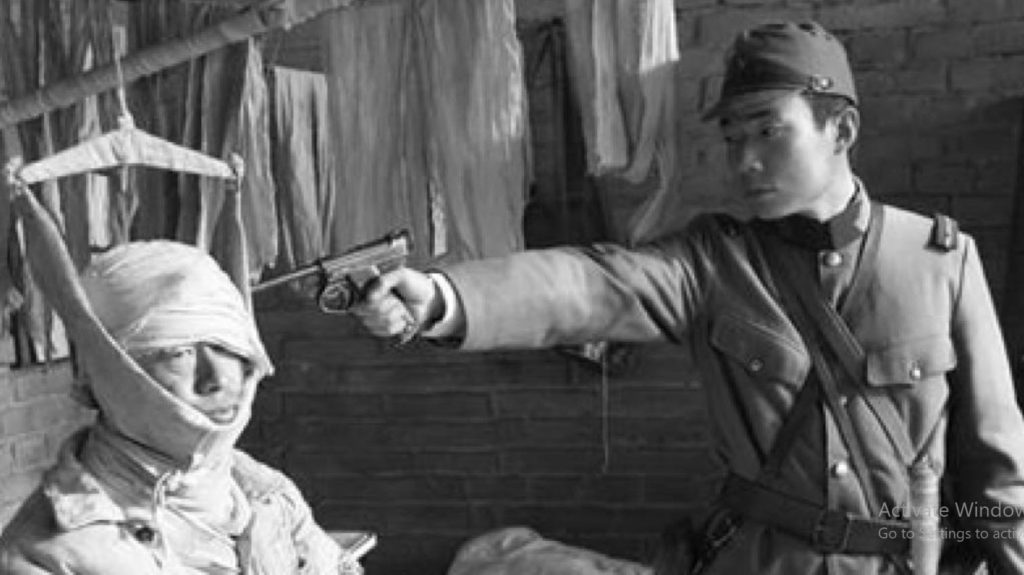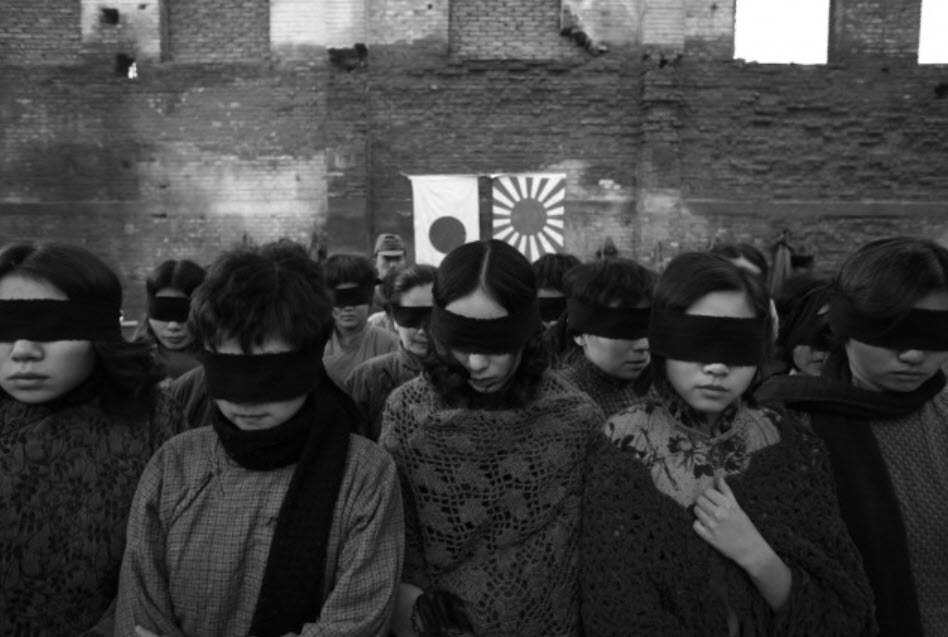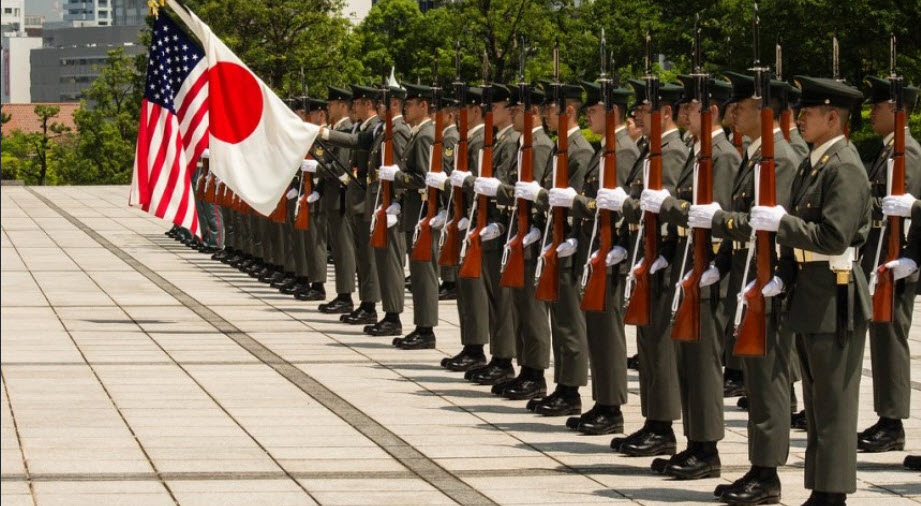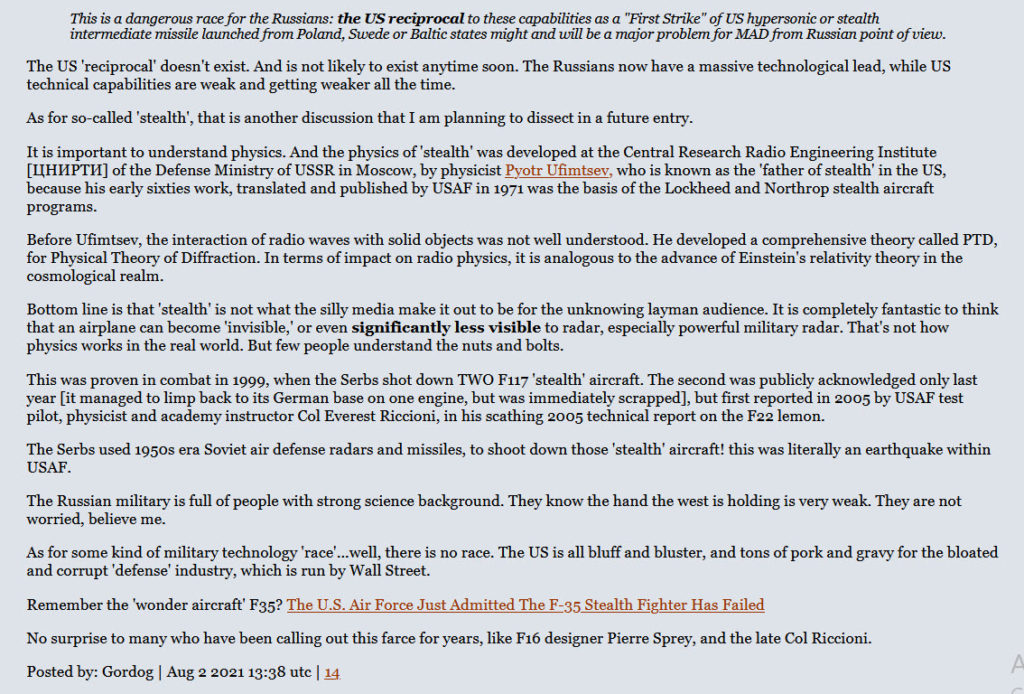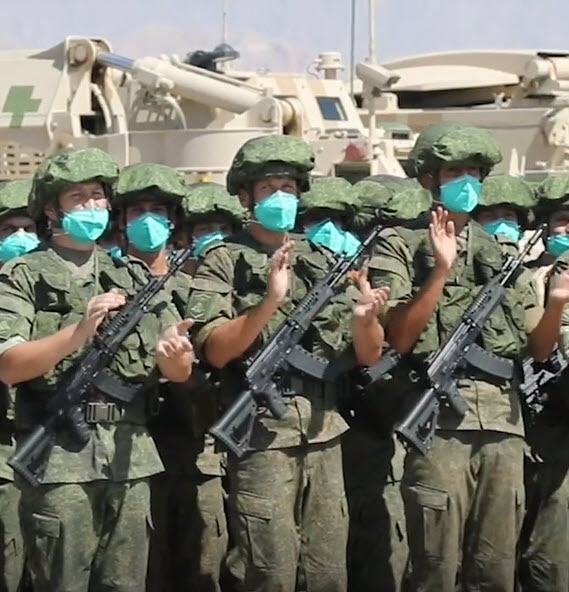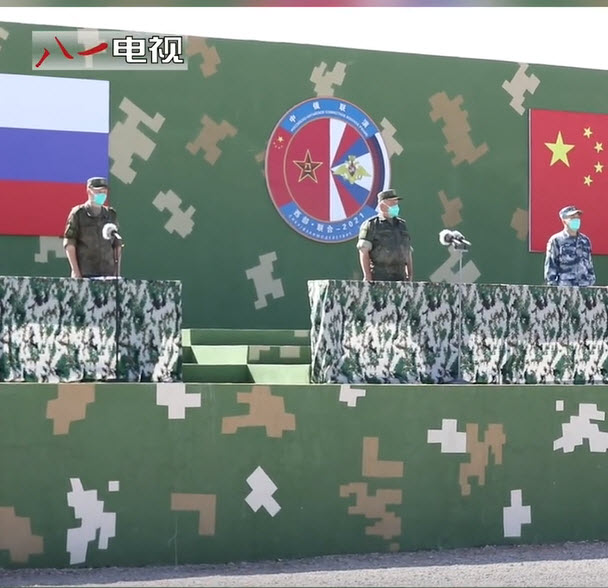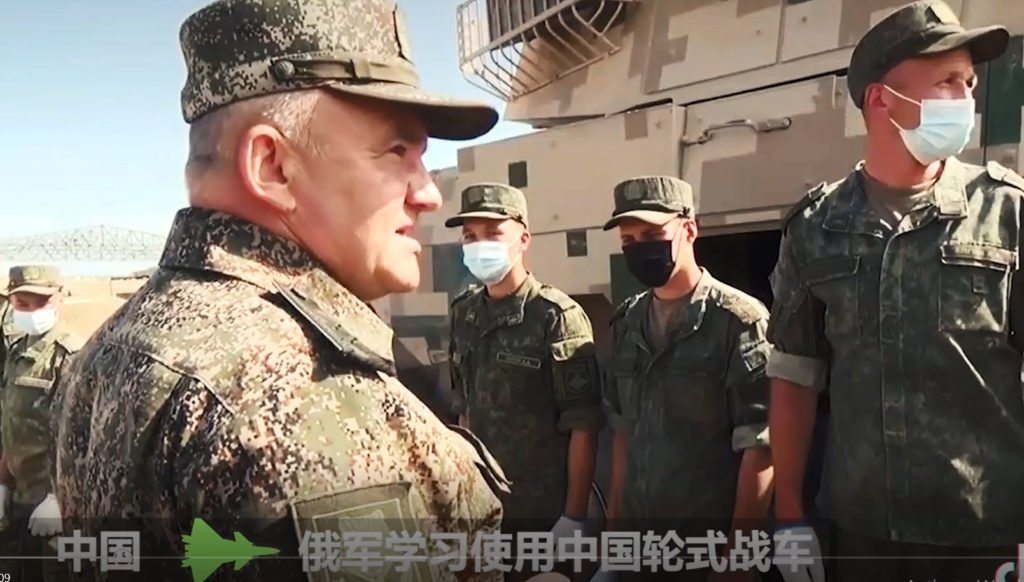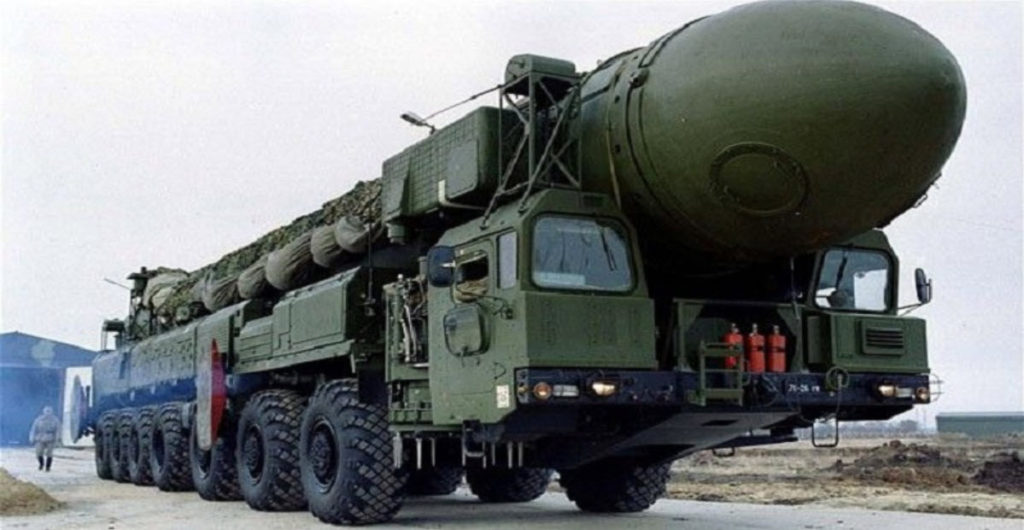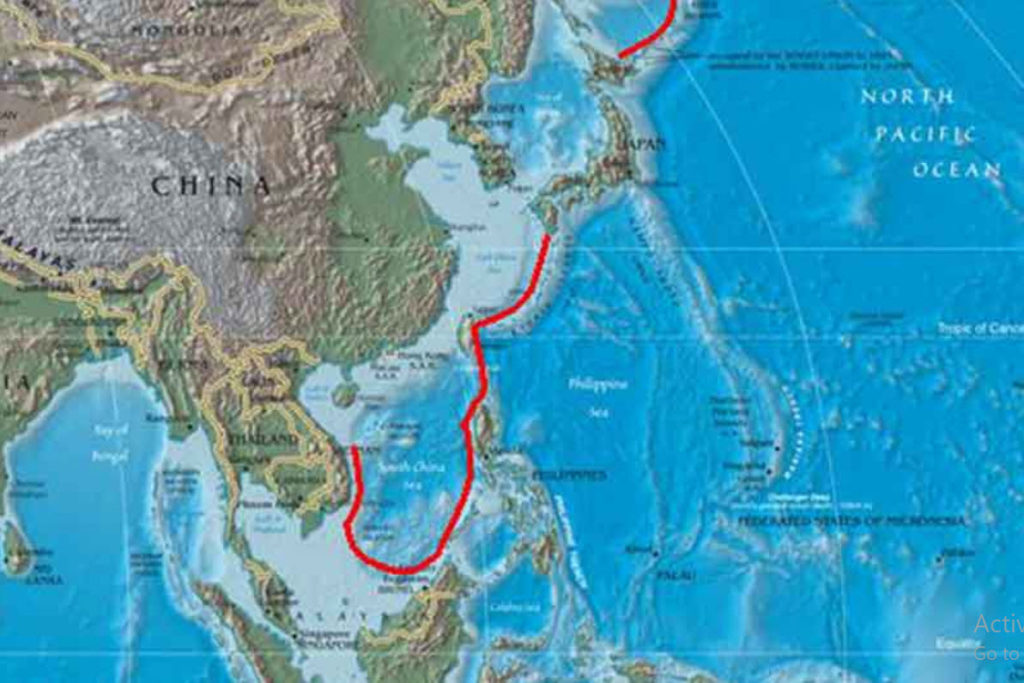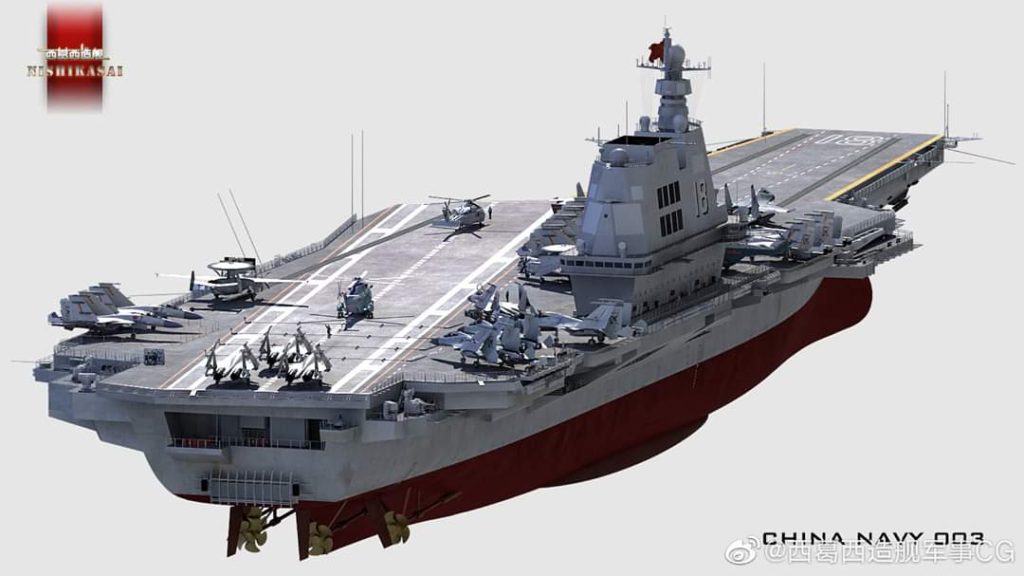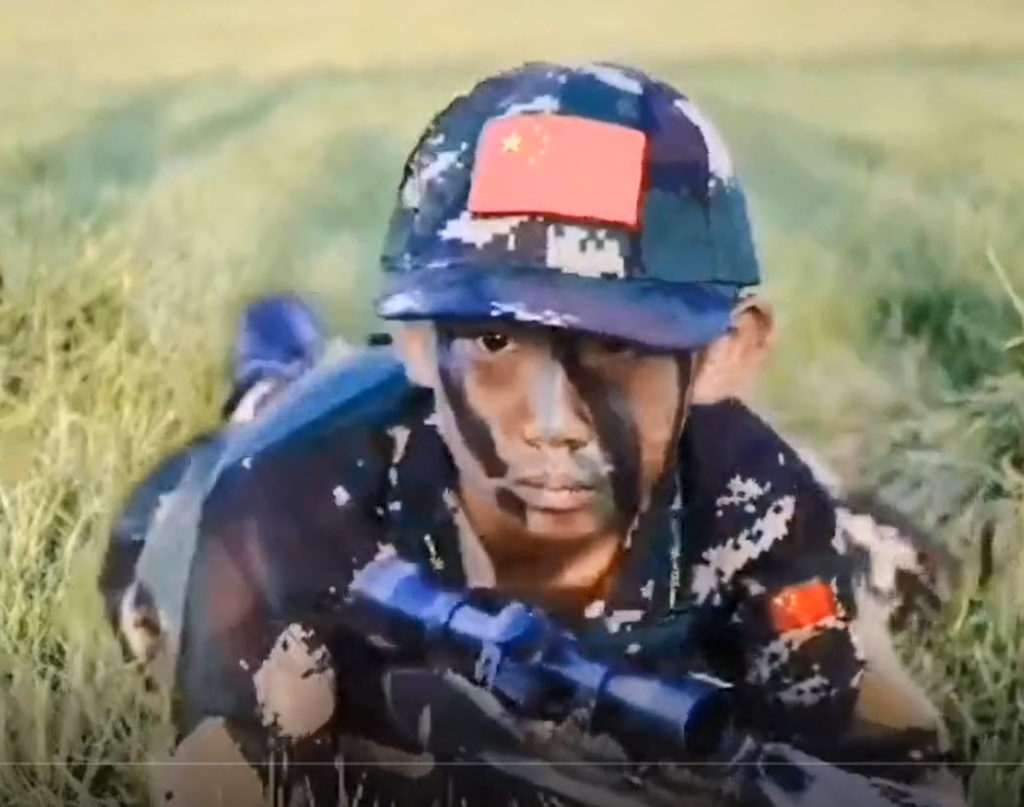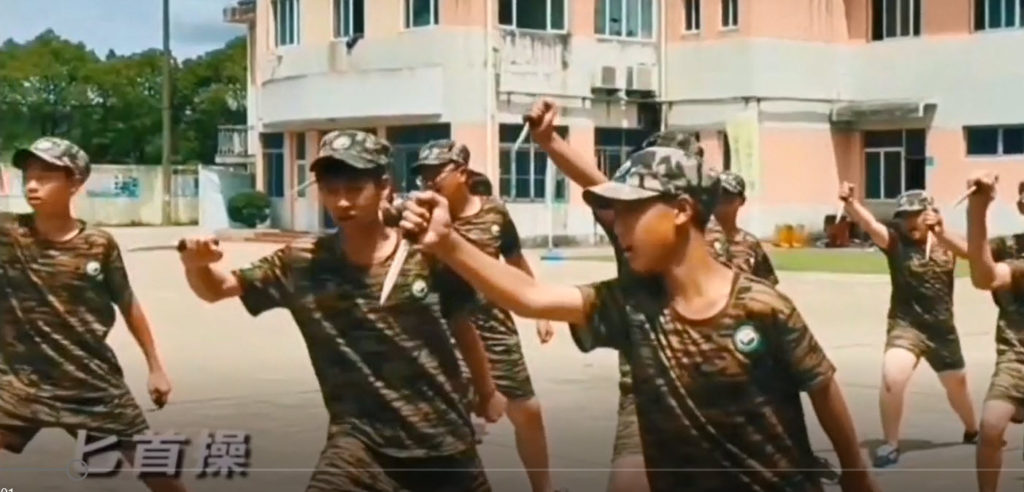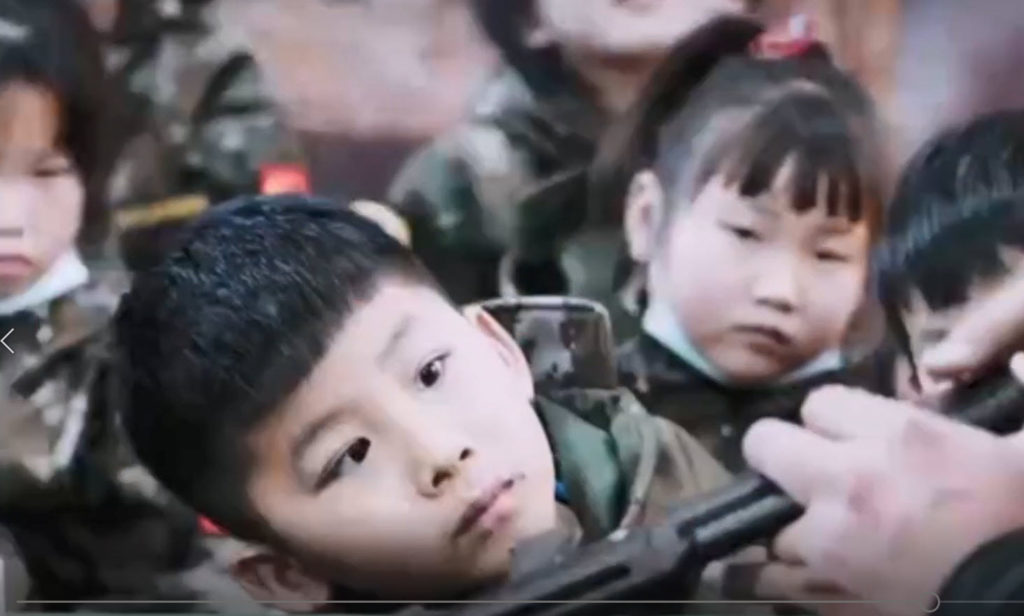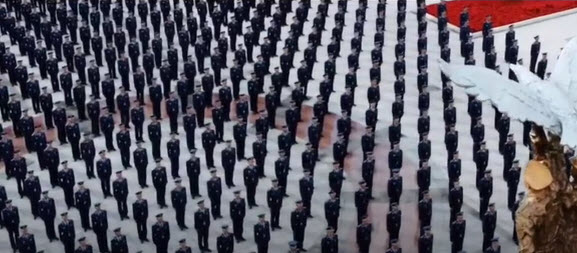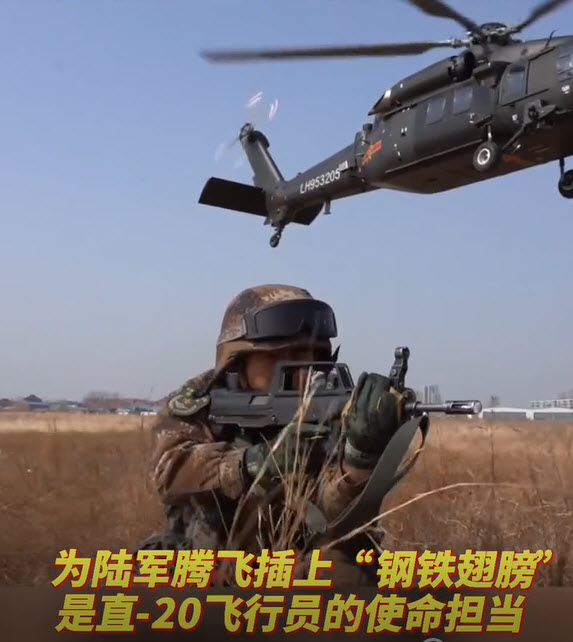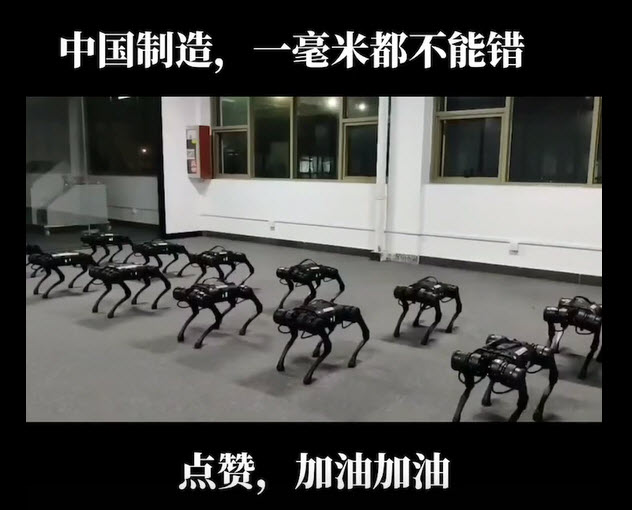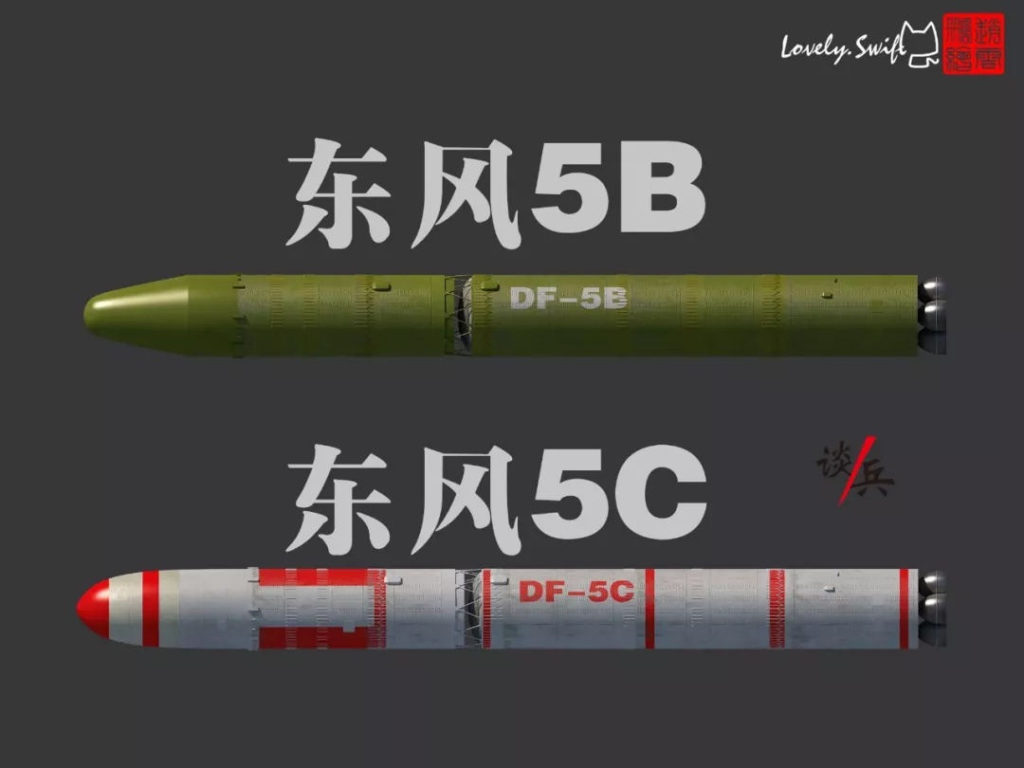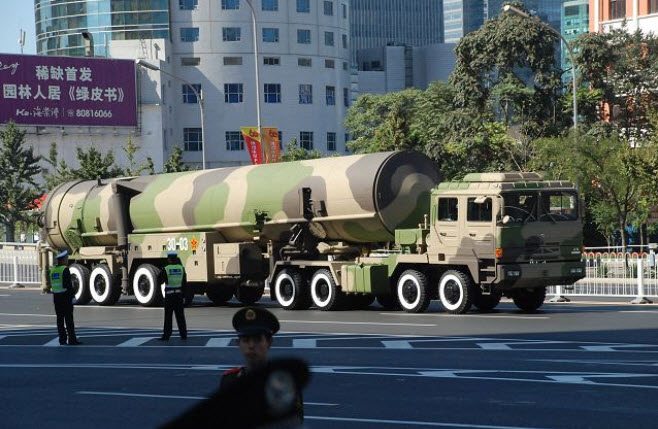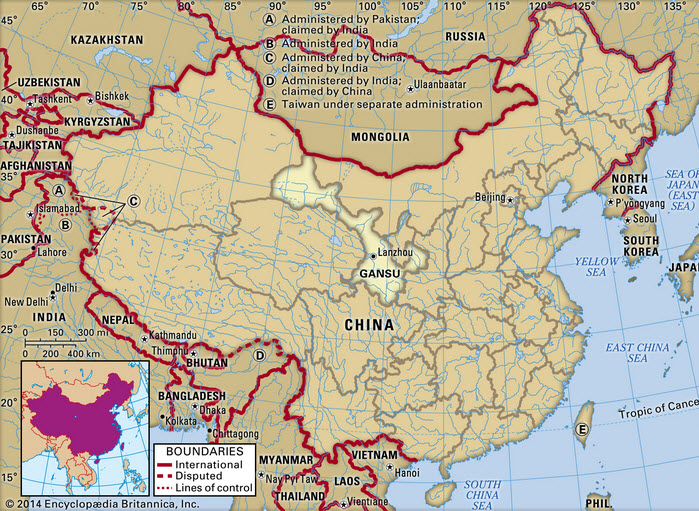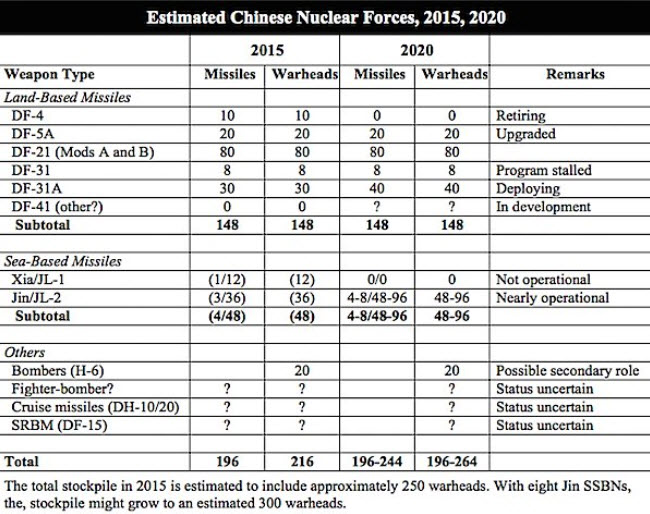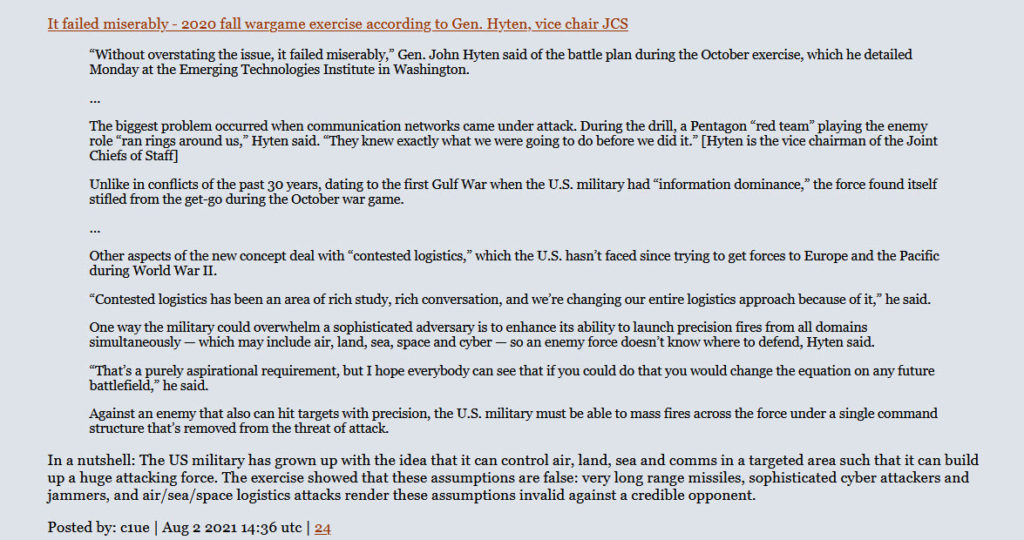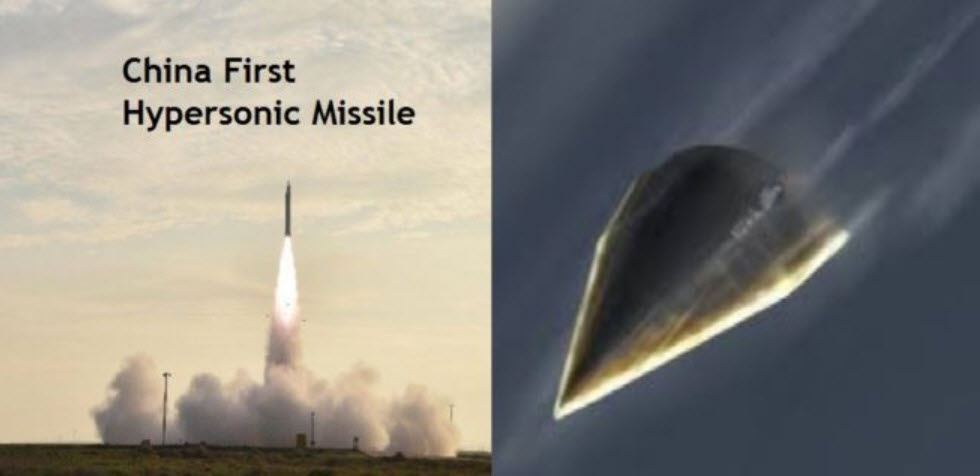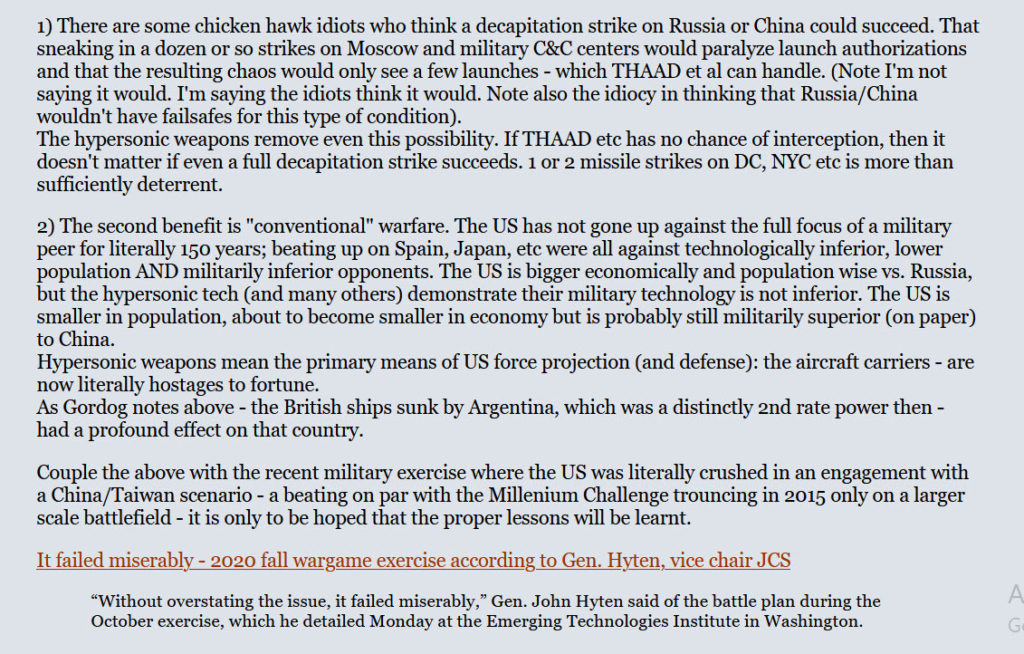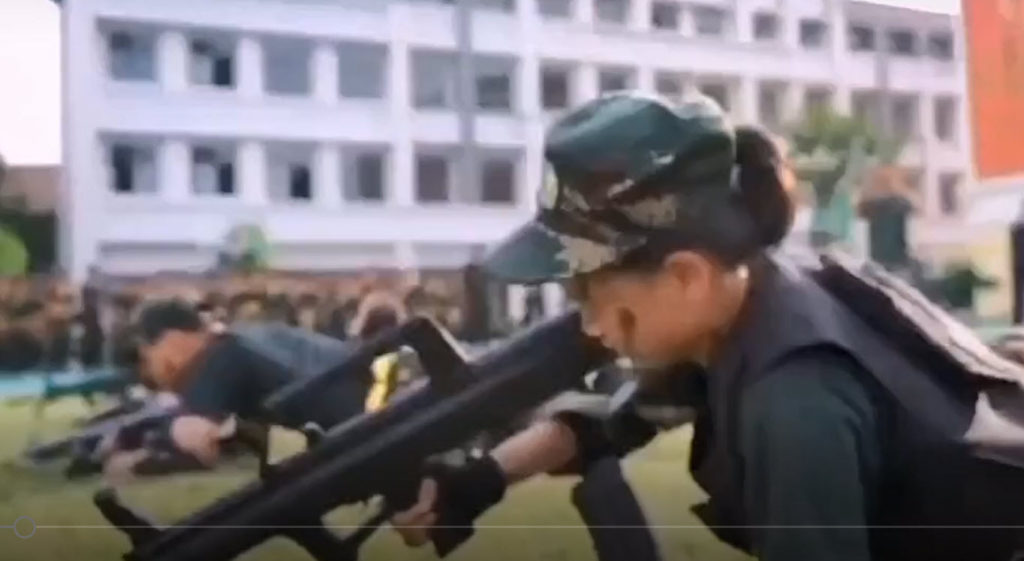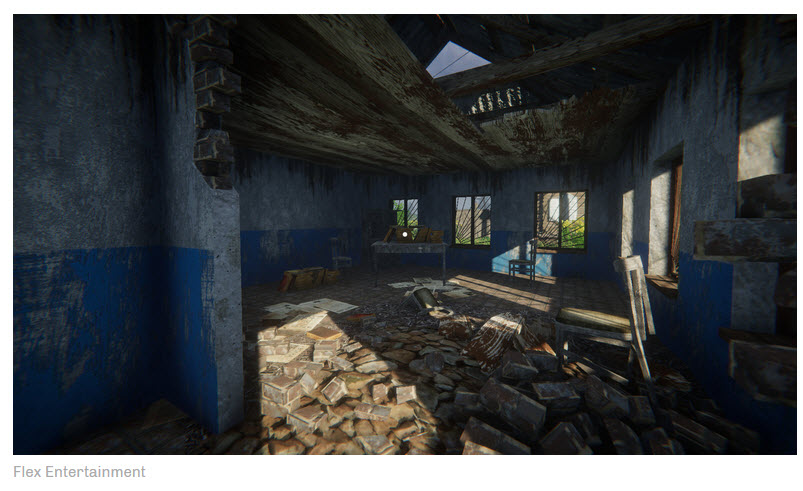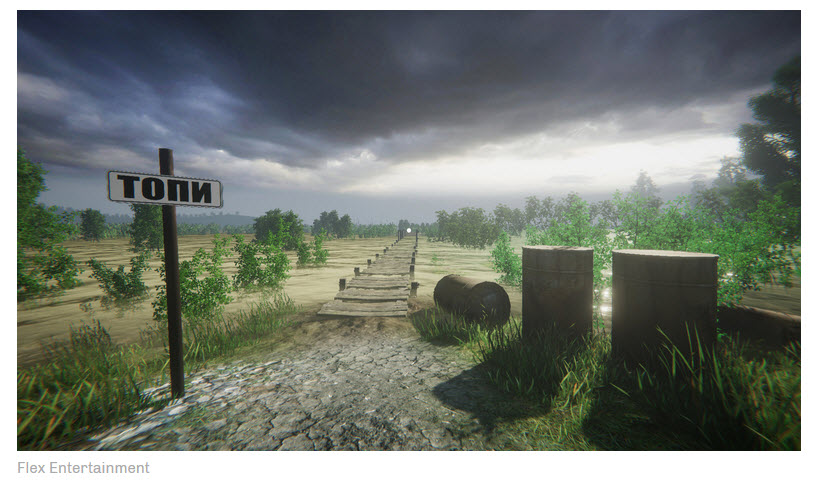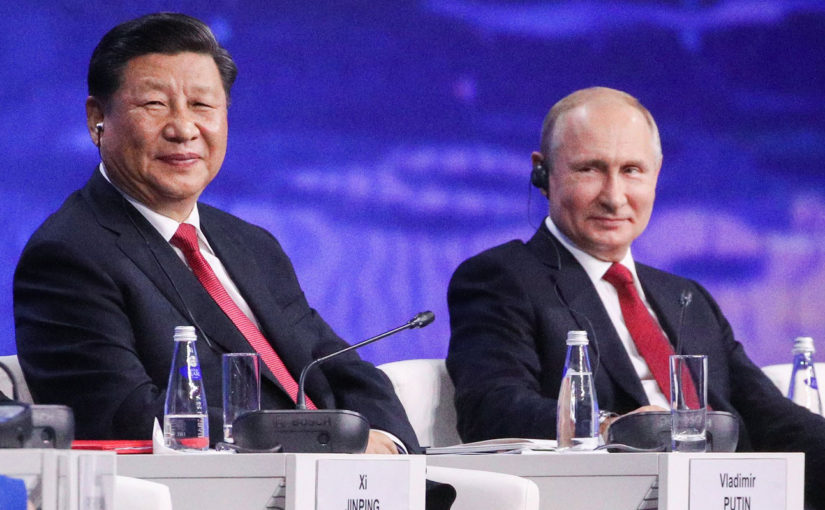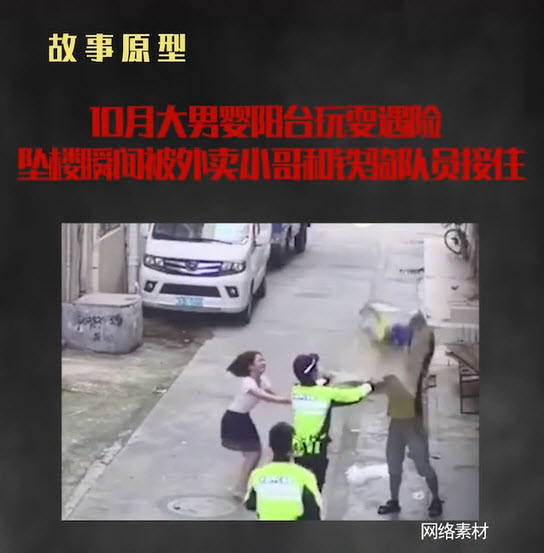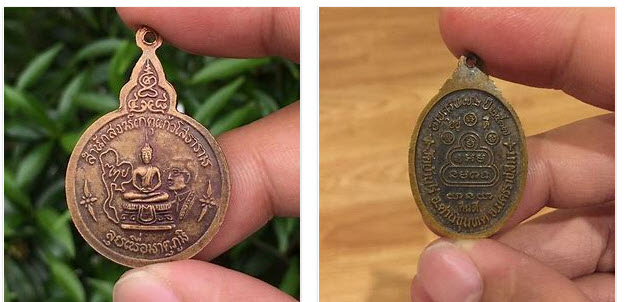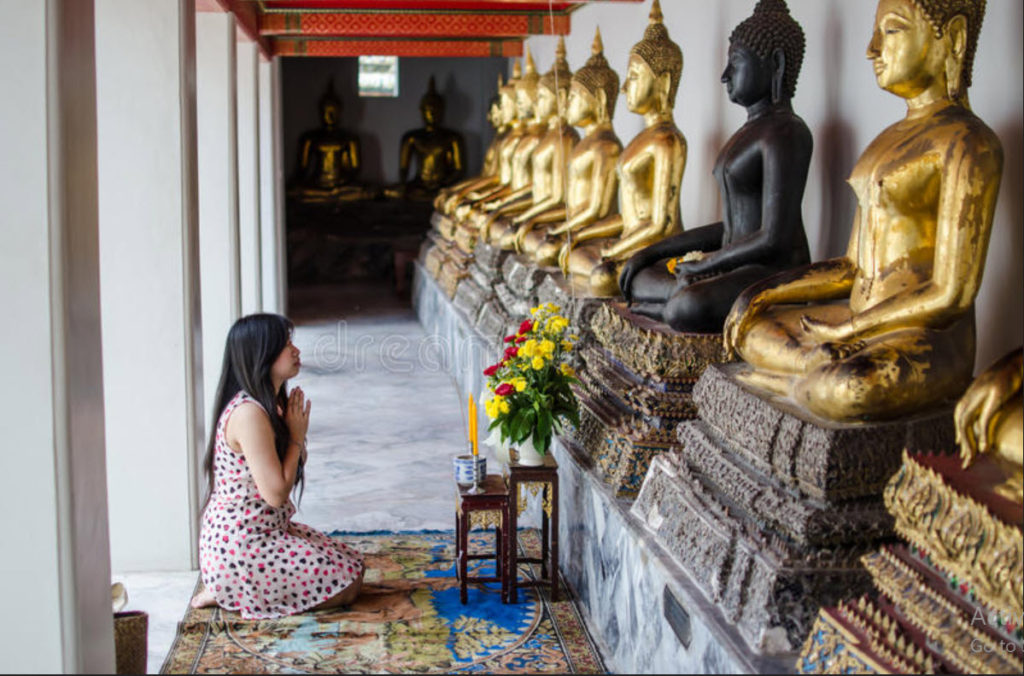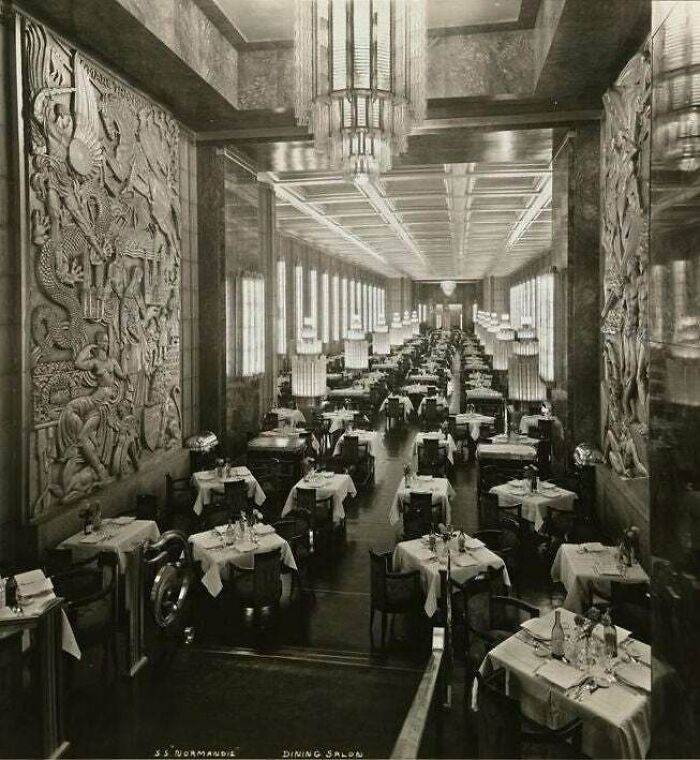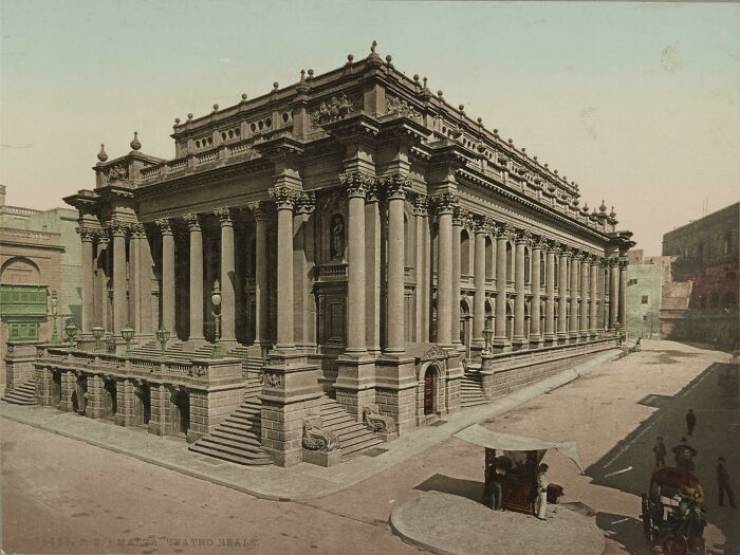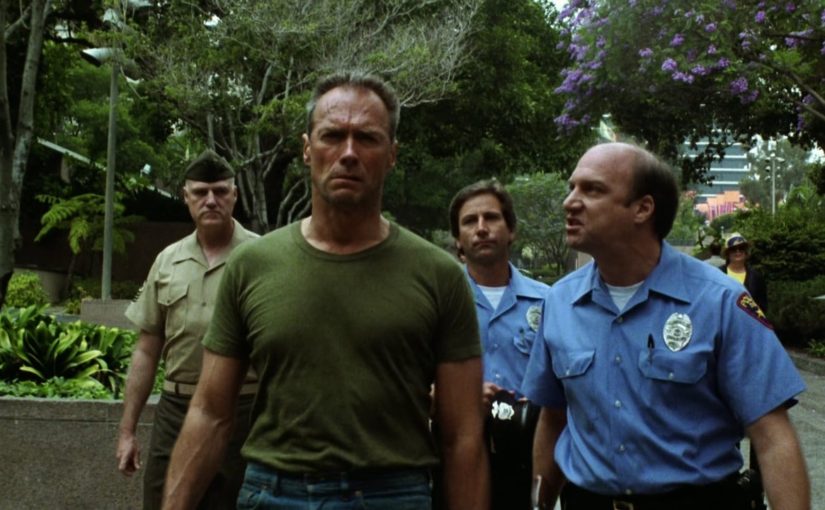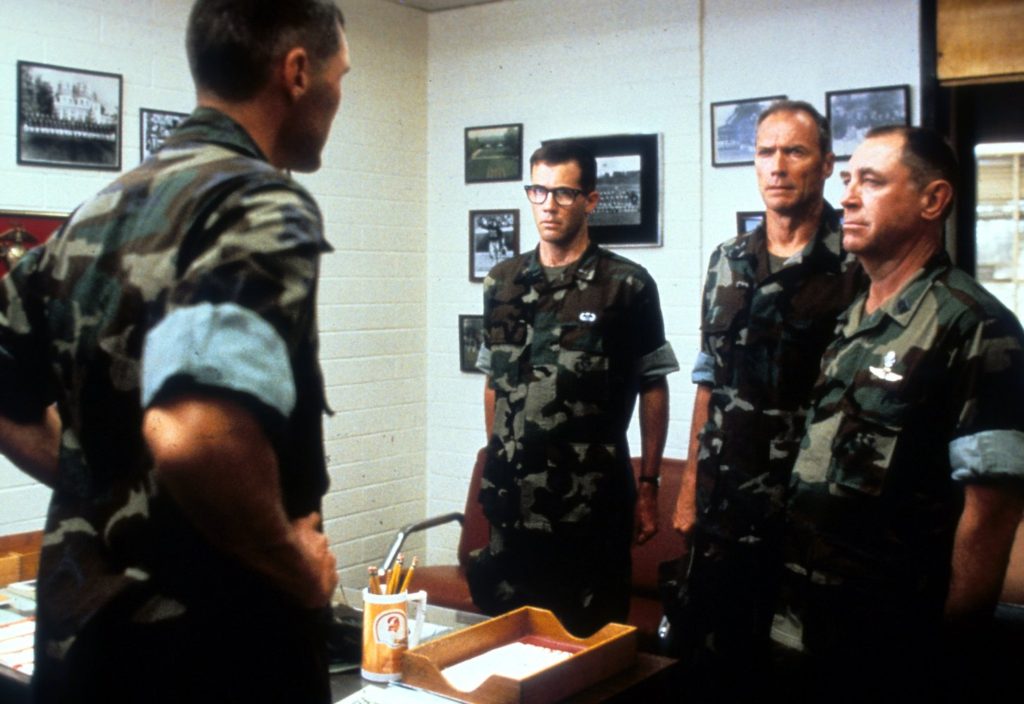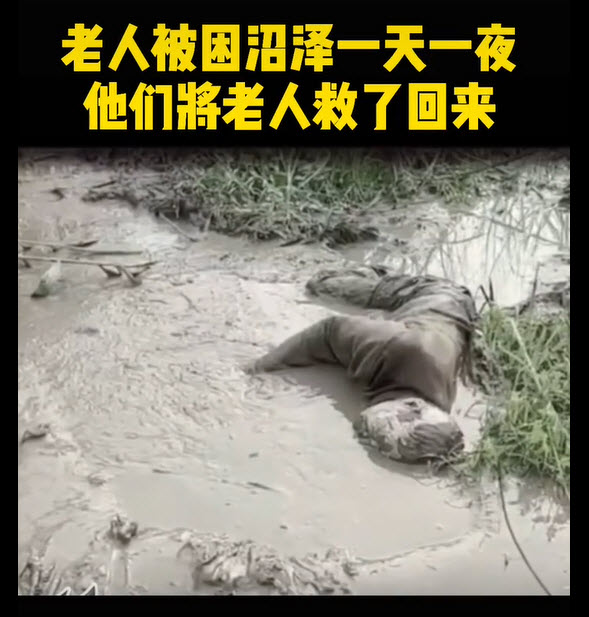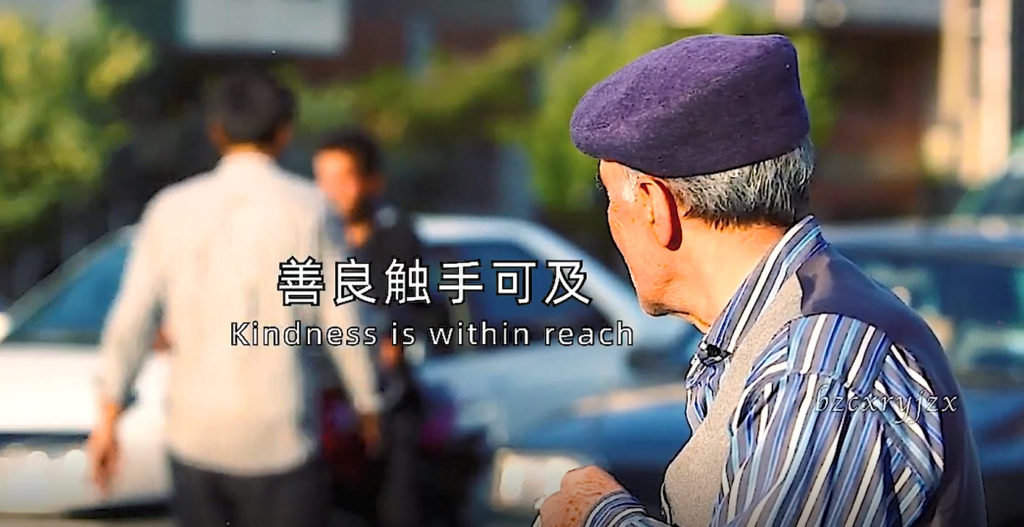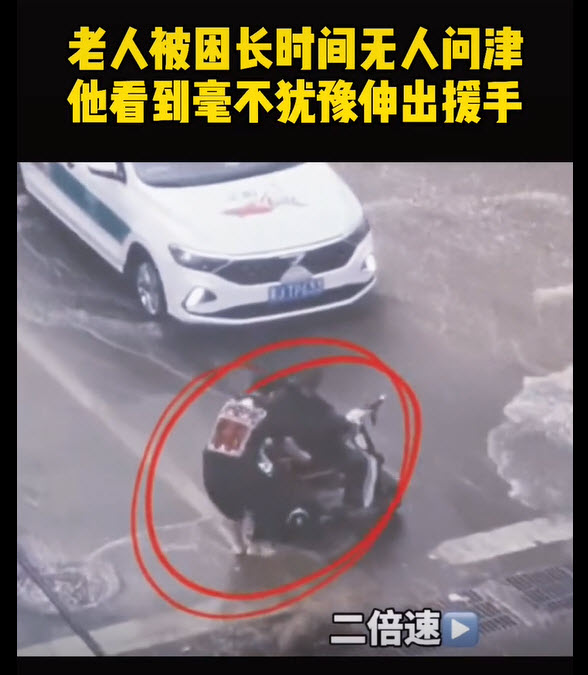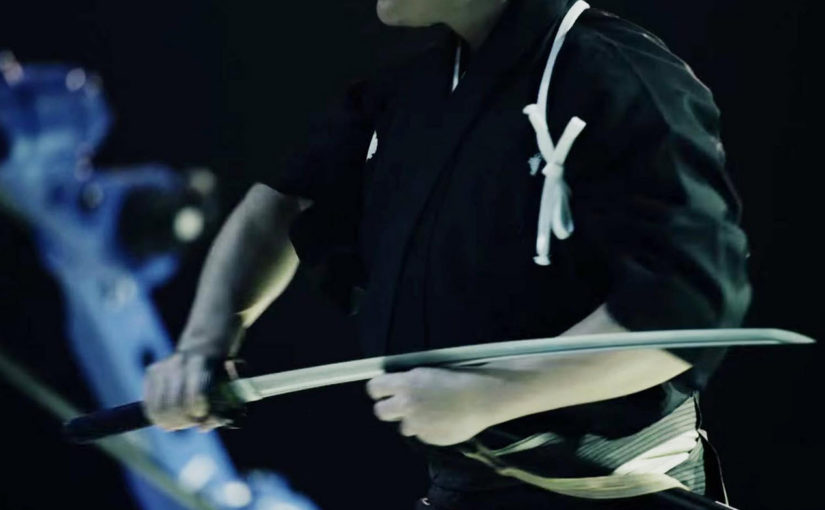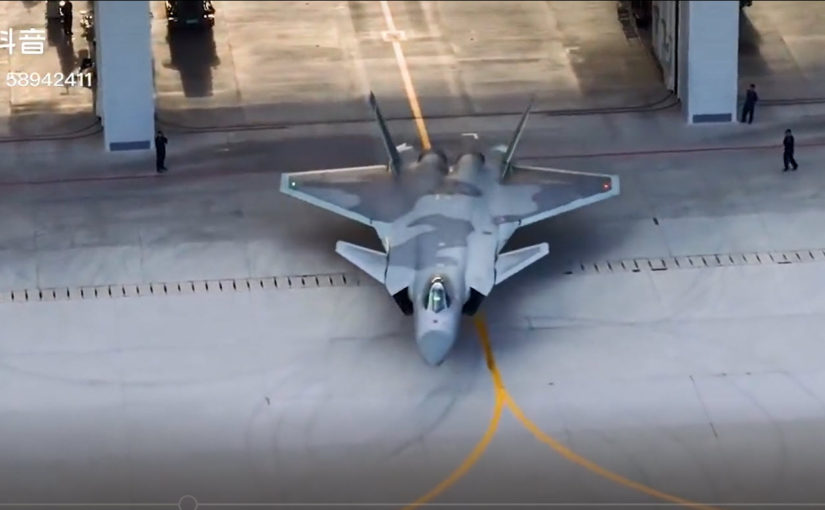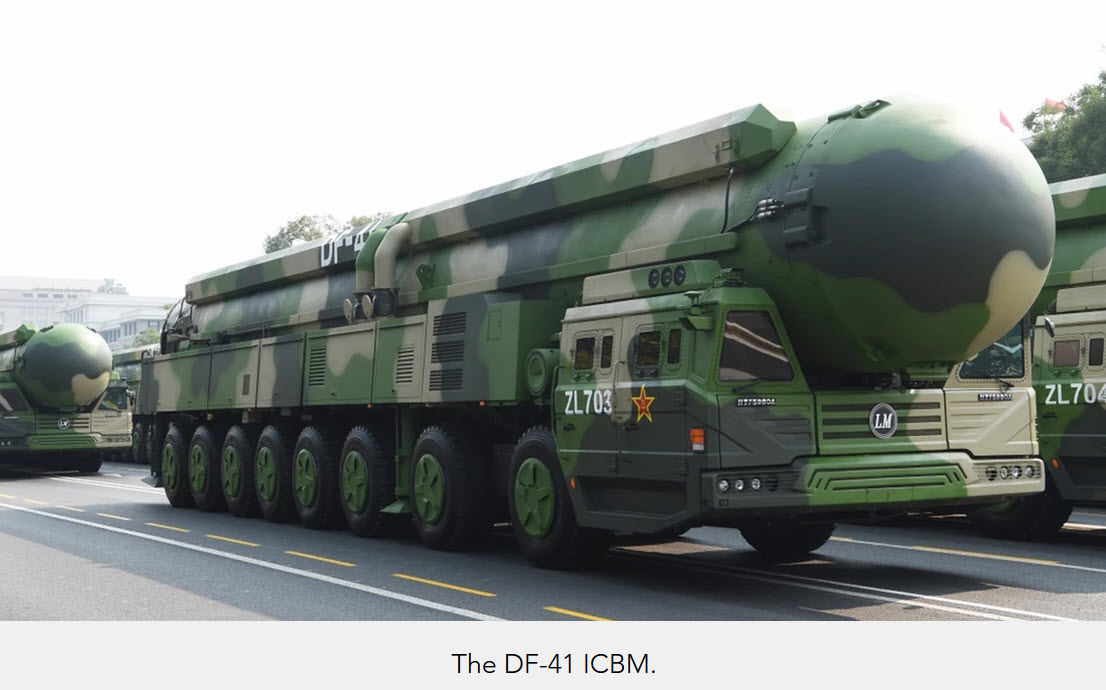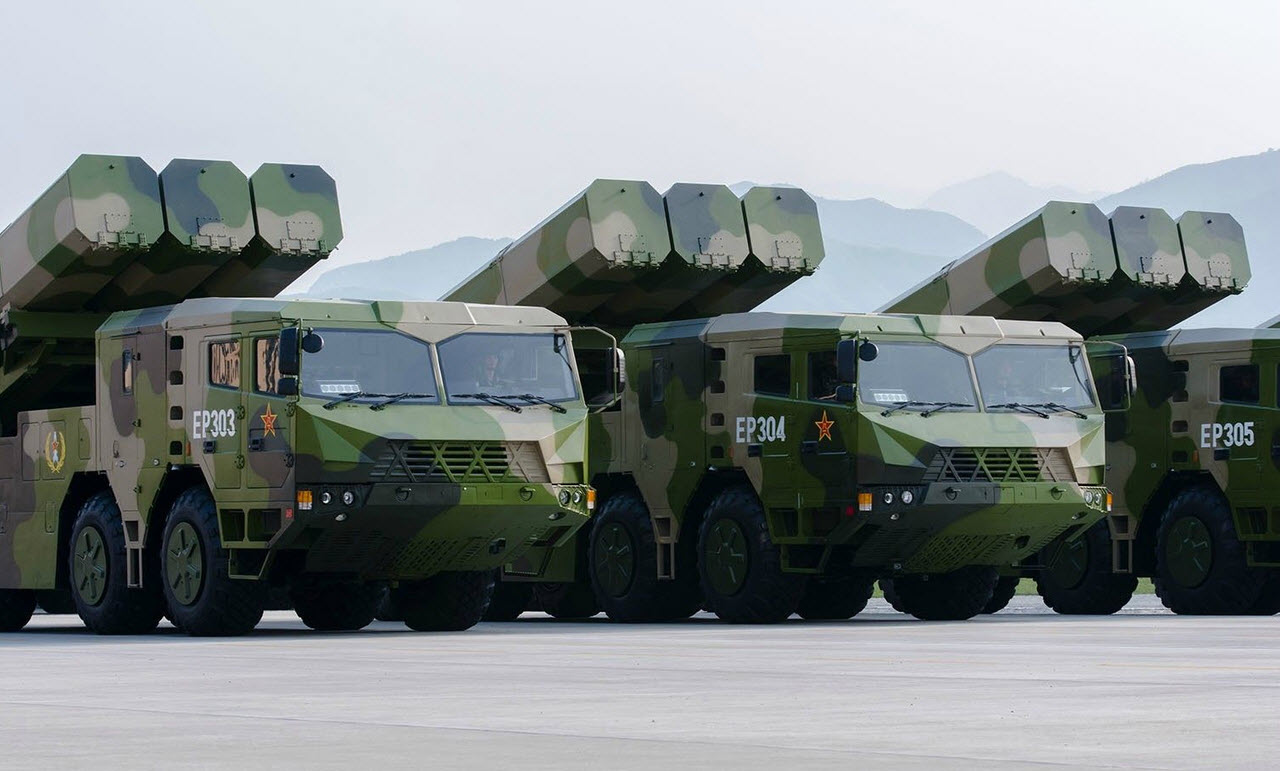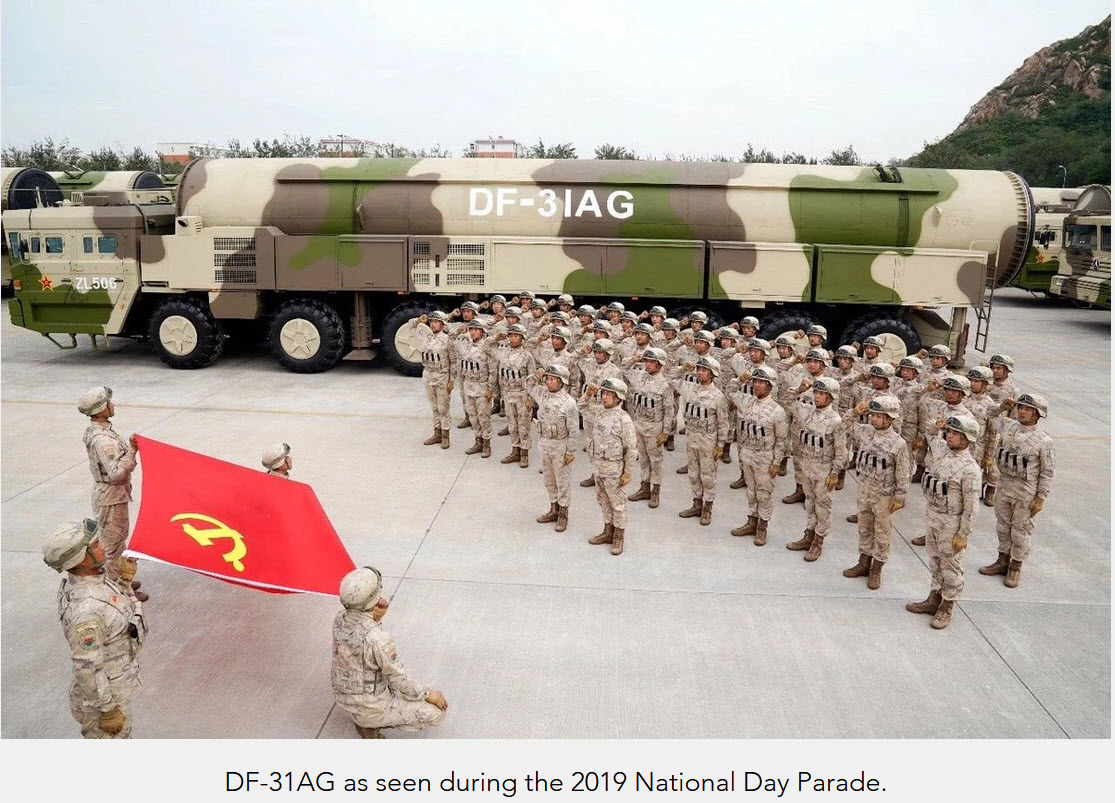Somehow, everyone is assuming that those nations that “signed up to support the United States in the “containment” of China, would actually do so. And, I have argued “don’t be so sure”.
And while there might be a few “hanger’s on” such as Australia (only if the Morrison government remains in power), the chances are slim that the QUAD would exist and remain viable.
I argue that there is a very strong likelihood that most (if not all) of the QUAD would “high tail it back home” and leave the United States hanging “with it’s dick in it’s hands“…
…Were there to be a conflict between the USA and China.
To Americans, it seems that America is still strong and powerful and has a trio of “toadies” (nations that it can “push around”) and who will “stand by the United States” and do what ever it wants.
This is not true.
It’s not 1980.
No matter what the American mainstream and alternative media wants to say. The truth is that the rest of the world really doesn’t give a shit about America. They don’t care about Americans. They want America bullshit out of their lives, and are only going along with America now, out of survival. Once America shows signs that it can no longer punish these people, they will abandon America faster than you can shake a leg.
Asia has united into one enormous and powerful group. And all the nations bordering on this entity either wants to be part of it, or be independently respected by it. They most certainly do not want to piss off this massive, enormous united Asia.
The rest of the world is not at all like it is portrayed in the American media.
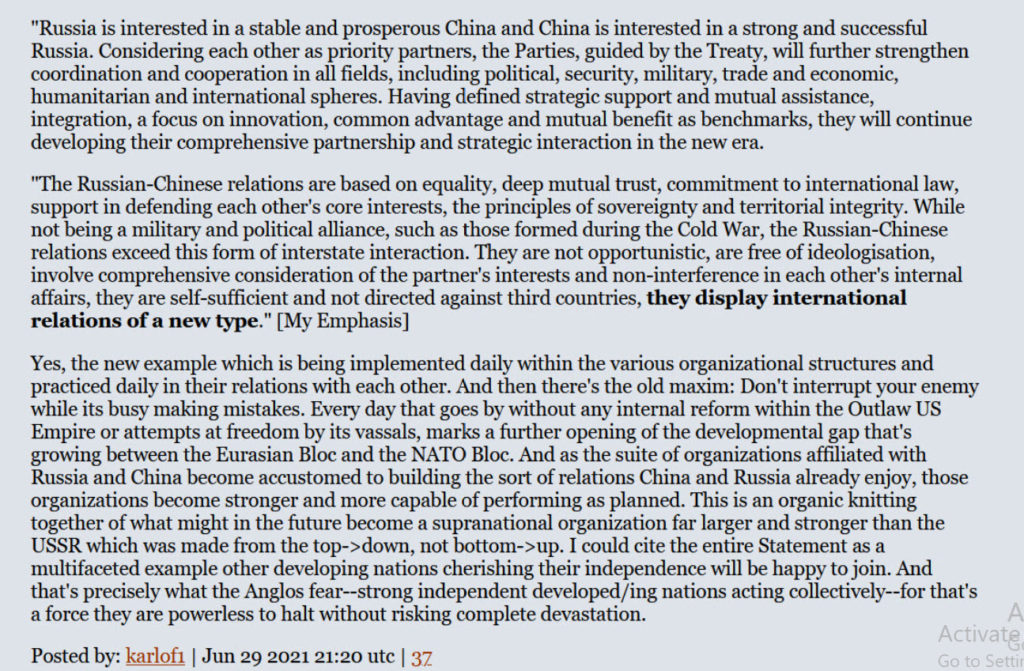
It’s an exciting period full of CHANGE.
The United States Military Empire is collapsing in upon itself. And this is creating voids where the rest of the world can rejoice and start living “normal” lives again. This is not just some nice phrases. It’s the absolute truth. The United States has become the world’s captor, torturer and all-around bully. Americans call this “policing the world for democracy”.
As shown in this micro-video…
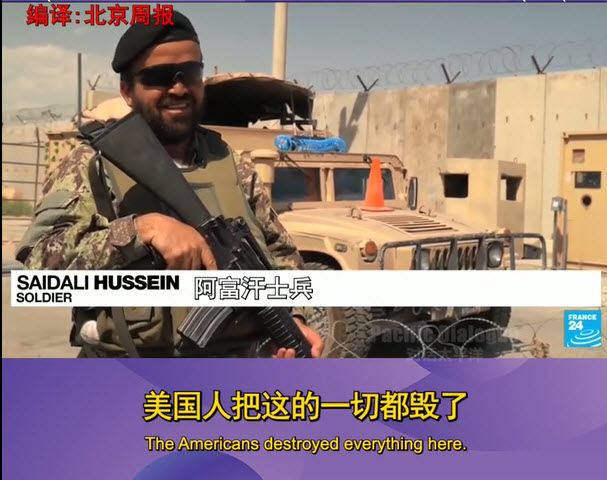
In this article, we look at the probable alignments with the United States Military Empire construction known as “The QUAD”. And we put it in context with the great global realignments that are taking place.
How the USA views China
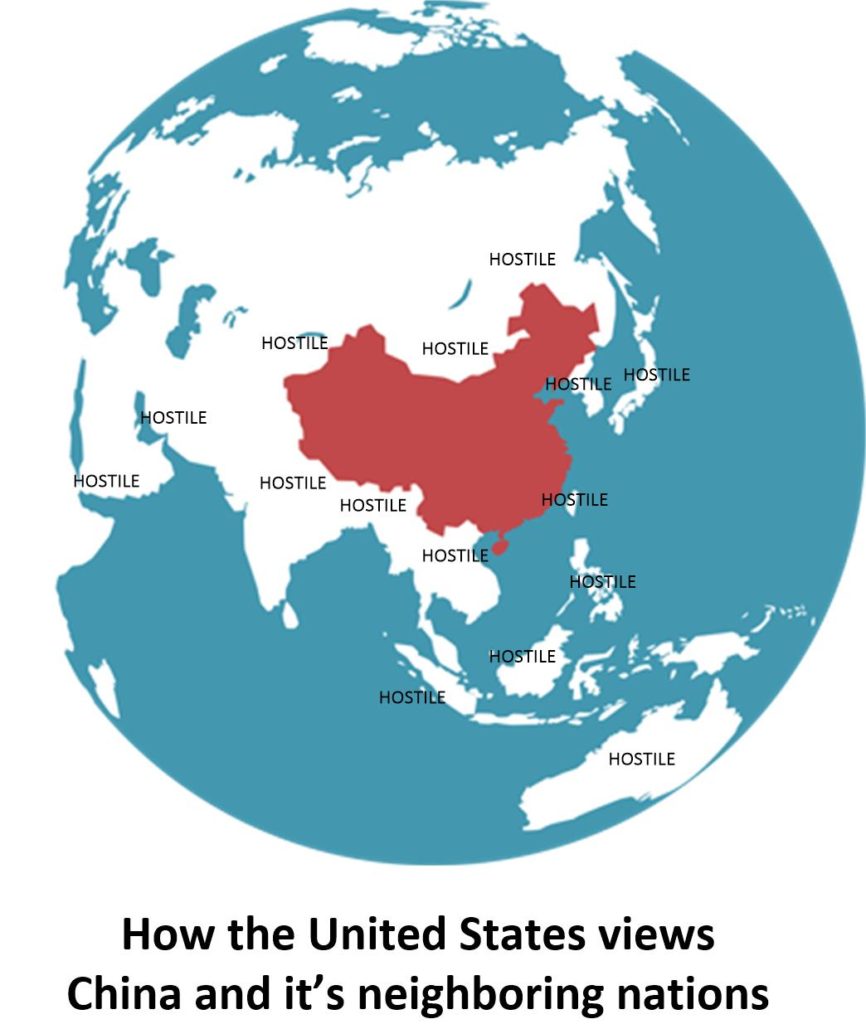
But this narrative is for American consumption. It is a fantasy. It is a lie. And it will end up getting a lot of Americans killed.
This isn’t your standard BBC or CNN, or FOX “news” fare.
This is the real deal and what is actually going on.
The following is from Fred Reed, and judging from the comments in the comments section, about 75% of the American commenters are indigent and aghast that Fred would write something other than “American Rambo can kick anyone’s ass”. It’s a great read. Check it out…
How Taiwan Will Fall Into Beijing’s Lap, Like an Overripe Mango
by Alfred Thayer Fred, a True Son of Tsu
.
I will now explain war, or some of it. If you wonder how some mutt in Mexico with a computer thinks he knows about strategy, well, look at what we have in Washington. How could I be worse?
In geopolitical circles, blather swirls over whether the United States can defend Taiwan against a Chinese invasion in a regional war. Sez I, it doesn’t matter whether it can if it won’t, and China will likely get the island without invading. The key is to think about how things look from Taiwan.
Washington is vague about whether it would militarily defend Taiwan. Taiwan presumably has noticed. Further, America does not recognize Taiwan as an independent country. More waffling. The implication is that Washington might, or might not, do something, or something else, depending on unspecified things, probably or at least possibly.
This sounds like hedging, a disguised American recognition that this isn’t 1955, and China is no longer a bamboo republic that makes pencils and cheap plastic buckets for Walmart. As China’s military power grows, and thus the cost of a war, America’s equivocation will likely become more equivocal. Throw in that America does $550 billion in commerce annually with the Middle Kingdom, including countless things America doesn’t make but can’t do without, and war with China doesn’t look real feasible. This too has probably occurred to Taipei.
The fashion in naval circles is to talk about the First Island Chain, which is a sort of barrier along the coast of China, the Kuriles, Japan, Okinawa in the Ryukyus, Taiwan, the Philippines, and even Borneo. The idea, apart from some fairly silly notions about “containing China,” is that these islands will want to join with Washington, which is somewhere else, to fight China, which is right there, to defend Taiwan, which also is right there.
Now, who would actually defend Taiwan—that is, go to war with China? Japan? Note that Japan is within missile range of China, and probably does not want missiles of large warhead raining down on Tokyo. Japan gets ninety percent of its petroleum from the Persian Gulf and, If Tokyo’s reserves of oil run out, Japan stops. All of it. China has pretty good submarines these days. The beltway Hawklets might say, “Don’t worry. We have magic anti-submarine stuff, no prob.” Given America’s military record, would you buy a used car from these people?
Do you suppose the Japanese have thought of this?
Washington might say, not to worry, we have antimissile gadgets, THAAD, and Patriot, and Aegis, and we can escort your tankers. But none of these weapons has much of a track record, and neither does America.
Further energizing Japan’s likely unenthusiasm for fighting Washington’s wars is that trade with China is crucial to the Japanese economy, and that Taiwan isn’t all that valuable to Tokyo. Today Japan trades with Taiwan, and with China. If Taiwan became part of China, this trade would probably continue with nothing changing but the letterhead.
Lastly, Japan may have noticed America’s propensity for getting its vassals (or allies, clients, or poodles, take your choice) into wars and then leaving them in the lurch. Think Vietnam, Cambodia, Laos, Afghanistan and, soon, Syria and Iraq. This would leave Japan in a shooting war with China, all by itself. If the gringos lose a war, they can just go home. Japan is not mobile.
The Japanese might whisper into American ears, “All cool, Round Eye. But it’s just your empire on the line. It’s our ass. we’ll sit this one out.”
South Korea might think similar thoughts regarding use of its air bases, especially given that the Korean peninsula has a land border with China. Washington doesn’t. Seoul needs a war with the Middle Kingdom like it needs smallpox. “Tell you what, Round Eye, bugger off….”
Taiwan would get wind of this through back channels if not by sheer deduction.
How would a regional war over the Taiwan Strait look to an adult commander of an aircraft carrier? He might think, “Hmmm. Squinty-eyed rascals good engineers. Make’m Mars probe, worke’m. Train go three hundred sixty miles hour. Work’em. Maybe make’m missiles work’em good too. Hmmmm. Bad juju.”
The Navy’s PR operation will say that Chinese missiles don’t really amount to anything, this to protect the budget for its favorite bathtub toys and the only surface ship that justifies the existence of the Navy. But of course China can build swarms of missiles to arrive simultaneously.
Further, realists in Washington might ask themselves what would happen if the war didn’t go as planned, as wars usually don’t, and a carrier and three destroyers became marine barbecues before sinking. War games and Pentagon studies suggest that this is quite likely. To save face, the hawks would have to turn a regional war into a world war, which America would win. “Win.” Millions would die and the world economy stop. Never underestimate the influence of vanity in world affairs.
Taiwan could divine all of this. It could also divine that the Navy had divined it.
In recent years China has shown itself to be very good at engineering all manner of things, and has emphasized antiship missiles, including but not limited to terminally guided ballistic missiles of range far greater than that of carrier aviation. Do they work as advertised? We don’t know. A carrier captain would probably want someone else to find out.
Despite growly aphasic pronunciamientos from the White House, and chirpy assurance from Navy PR, grownups in the Pentagon might think, “You know…maybe a war with China isn’t a great idea. How about lunch instead at a really good rib joint on the Hill?”
Taiwan would know of these doubts. This would further undermine hope of American defense.
Now, suppose that China keeps on doing what to all appearances it is doing: increasing its amphibious- assault assets, improving and enlarging its already highly non-negligible air force, building missiles and increasing its number of marines. Meanwhile the Chinese navy grows like kudzu on a Georgia road cut. China can increase its forces across the Strait virtually without limit. The US cannot. At some point, past or future, Taiwan will face assault forces it has no chance whatever of repelling by itself. Taipei would notice this.
Further suppose that China keeps doing what else it has been doing for some time: practicing amphibious assaults that could at any moment become real assaults. Thus no one—read, America—would know whether the attack would come in two months, five years, or never. This would require keeping defensive forces, such as carriers, on station constantly and at a high state of readiness. Militaries do not do this well, and it is expensive. Moreover, after long periods of peace militaries do not mobilize quickly as it is discovered that there aren’t many of things there ought to be lots of because of some budget cut, or something, and the whole enterprise turns into a gargantuan goat-rope.
What kind of attack might Taiwan expect? I haven’t talked to the Chinese General Staff for weeks now, and so am making this up. But the goal would probably be to get the war over before America had time to react. Keeping invaders out is one thing, getting them out another. So, maybe a sudden attack with ballistic missiles to crater runways with simultaneous mass missile attack on air defenses with amphib ships simultaneously setting sail. At fifteen knots it would take about eight hours to reach the island. With heavy air support from China’s highly non-negligible air force, Chinese troops might well get ashore and into cities before America’s hypergalactic indomitable military could get its thumb out of…well, never mind. The Americans would be caught flatfooted by a fait accompli. Washington would face the joyful choice of bombing Chinese soldiers inside Taiwanese cities, or—this is Saturday Night Live territory—undertaking a land war in Asia against China.
It may be that Taiwan has thought of this.
Finally, there is TSMC, Taiwan Semiconductor Manufacturing Company. While little known in America, TSMC makes most of the world’s high-end chips, including those of Apple and…the Pentagon. America currently is not able to make its own.
This throws a fascinating wild card into things. If in an attack, TSMC were destroyed, by either side, or captured and held hostage, the effects would be no end entertaining. Today’s world, perhaps more than most people know, depends on chips. An astonishing proportion of advanced chips come from the island. Replacing its fab lines somewhere else would take years. The other, though lesser, source of chips is Samsung in South Korea, also in Chinese missile range. Washington is trying to cripple China’s tech by not allowing it access to advanced chips. Presumably this increases Beijing’s incentive to annex Taiwan.
Anyway, Biden couldn’t risk losing Taiwan as it would affect the midterms. But what it comes to is that with China being the largest trading partner of something like 165 countries, war isn’t real practical. The Taiwanese have probably figured this out.
So what does Taiwan do, seeing an overwhelming invasion force looming and not believing that Washington is really going to go to war to defend it? The choice would be to fight, be devastated as it lost, and face harsh conditions after—or to come to the best agreement it could and surrender without fighting. Anyone want to make bets?
Correction: Last week, in a moment of brainlock, I said that Pompeo was in the Navy. No, the Army. Mea culpa.
Some selected comments…
I’ve a hunch that, that is a key factor in China’s desire in getting its “lost province” back?. Taiwan integrated into China proper would then have a huge share, even a near monopoly on certain high capacity chips.
Since we’ve allowed a great bulk of our industrial/infrastructure base to be outsourced, we’ve become dangerously dependent on others to maintain this menagerie.
We could eventually (maybe) rebuild our capacity but is the skill set even here anymore to do that or sustain it?.
We may go berserk & launch a war against China but if China does indeed have those hypersonic missiles available then they could send much of the pacific fleet to Davy Jones’ locker. And since it takes years to build those naval vessels we, out of desperation may go nuclear?. Then it’s Adios Muchachos..
So, me thinks that we’re rapidly approaching a scenario that there is very little we can do about it. Accept that we screwed the pooch big time in allowing so much our productivity base to be so gutted & in doing so, hamstrung our very future (we’ll never admit that!).
We can swallow our pride & acknowledge what we’ve done to ourselves? (fat chance!).
Gracefully accept we’re a waning power? (fat chance!).
Or, freak out & go berserk that we’re no longer the top dog & launch a conflagration that’ll turn this world into a charnel house? (Most likely).
I really don’t think most Americans realize how completely batsh*t insane & evil their leaders & the psychos in the Pentagon truly are?. Maybe sanity will prevail, but looking at the zio-America lunatic asylum, it doesn’t bode well..
-
The ‘junk’ sold in Walmart and Target, most of which are now being sourced OUTSIDE of China, are ‘AMERICAN’ goods, albeit made in foreign countries such as Vietnam.
Chinese companies hardly sell to the US market which has become marginal to the Chinese economy, as ‘Chinese’ exports now account for less than a few percent of China’s GDP.
Those so-called ‘Chinese’ exports to the USA consist mostly of ‘AMERICAN’ goods such as Apple’s iPhones, manufactured in China by Asian contract manufacturers like Foxconn. But those contract factories are now being relocated to lower-cost countries such as Vietnam.
The rest of ‘Chinese’ exports which consist of industrial commodities such as LED panels are now being routed to Mexico where OEMs assemble them into final products such as TVs.
In a few more years, ‘Chinese’ exports to the USA, while still large, in total volume will nevertheless decline further to less than 1% of China’s GDP which will be driven more by domestic consumption and internal demand over the next few decades.
The days when China was the ‘factory of the world’ is over.
-
Let someone in one of the QUAD nations explain…
The issue is whether or not the QUAD nations will stick with the USA and go against China. It’s so easy to find armchair strategists. Especially in America where they have been fed a steady diet of “American exceptionalism” and “military might”.
Let’s see what some of the more influential people (who speak English) in these QUAD nations have to say…
And then there’s Russia
Of course, the Ignorant Americans are all thinking that Russia and China are somehow enemies…
Russia has no love for China so don’t be so sure about them coming to China’s aid.
-
Hardly.
The Russian-China Alliance
Merry Christmas and Happy new Year, from China and Russia with love! This analysis by “Larchmonter” in 2014. Written seven years ago. He’s a contributor of the site, “The Vineyard of the Saker”, a describes what may be a game-changer in terms of the geopolitical status quo. In short, The American Empire dying a fast death, and Russia and China may be able to pick up the pieces and create a system not based on cold, brutal, myopic psychopathy.
Article HERE. All credit to him, and realize that it is very dated. China and Russia have make considerable joint progress since this was written.
Vladimir Putin said it clearly: “Russia and China will have a significant effect on the entire system of international relations. The relationship will be a significant factor in world politics and will affect the contemporary architecture of international relations . . .” And to state precisely what this relationship means in geopolitical sea change, President Putin continued: “Russia and China have never had such trusting relations in the military field as they do now. Military exercises have been in joint war games at sea and ground both in Russia and China.” (1)
Update: Russia and China have vastly increased the strength of their relationship.
Russia and China are celebrating their “strategic partnership”, and have been vastly expanding their cooperation since 2014. Their close alliance is based on economic and geopolitical considerations. While it is mutually beneficial, it also has its limitations. However, in the mid-term, both China and Russia appear to be willing to overlook potential fields of tension, for instance in Central Asia.
-Russia and China: The Potential of Their Partnership
The mega trade deals we have seen this year and military exercises are more than normal cross-border trade or cooperative events between neighbors or partners. (2) The ‘relationship’ is affecting the global order. The two nations are forming a resistance front against destabilization and the weapons of chaos of a unipolar system.
Update: China and Russia has vastly increased military cooperation; to include military liaison in each military headquarter, trade in the latest military weapons systems, and avionics, and engines.
The closeness of China and Russia’s cybersecurity relationship is not dependent on their ties with each other, but is defined in relation to the US. Just as China and Russia advocate for multipolarity to challenge the perceived US’s unipolar world view and values, their cooperation in cyberspace demonstrates the same focus on the US.
-China-RussiaCybersecurityCooperation
Russia and China are working together to stabilize international trade, diplomacy and military balances; yet, ironically, this is disruptive.
Russia and China are sovereign nation resistance fighters against the Hegemon. The Hegemon is the unipolar Empire of the United States.
Hegemon = United States Military Empire
This context of geopolitical strategies is paramount to bear in mind. The Hegemon is threatening to contain both Russia and China economically with exclusionary trade agreements (TPP and TTIP) that leave China and Russia out or marginalized as second tier members, while each is bordered militarily with nuclear weapons on missiles of the trade partners, Hegemon’s allies and vassals. (This is the so-called missile defense shield of the West.)
Update: This United States effort has failed and collapsed.
These hegemonic trade agreements will shut out China and Russia from further integration with the two groups. Limits for growth, suppression of development due to monopoly of intellectual properties, oppressive clean energy and pollution control regimes, limits on construction and sale or purchase and use of certain commodities will slow infrastructure projects, not only within both nations, but constrict each nation from contracting for projects in other nations (their own partners that are emerging or developing nations).
Update: The Trump efforts to conduct these suppressive actions have all collapsed completely.
Thus, the Hegemon has the strategic intention to limit the elimination of poverty in the world, and control trade everywhere on the globe. The unipolar world will be finalized and secured by the Hegemon. There will be Elites and there will be poverty forever for most of the remaining nations.
Update: This was written during President Obama's term in office, and before President's Trump and Biden. Today in August 2021, it is clear that the attempt to create a unipolar world has utterly and completely failed.
Of course, the resistance and evolutionary partnering by Russia and China has made this hegemonic outcome impossible, unless one or both Russia and China are destabilized and/or regime change ensues. Therefore, what both nations face is an economic and military challenge that clearly is existential in threat level. Russia is first, and China is next on the hegemonic hit list.
Update: The United States Military Empire has attacked both Russia and China using every weapon at it's disposal, short of direct military engagement. Including bio-weapons authorized by John Bolton, who tried to induce starvation in China, and then the three lethal viruses unleashed in China in 2020. All efforts have so far, failed dramatically.
Full Spectrum Battlefield
The threat against China and Russia is a full spectrum battlefield: they are facing potential AirSeaSpaceCyberElectromagnetic warfare, not exempting chemical, biological and nuclear; soon to include laser and hypersonic weapons; economic warfare; and war by proxy armies, NGO organizations, covert operators and agents, with global media demonization and propaganda in psyops mode.
Update: China has perfected shutting down all these expensive systems. I have written extensively on it. And it is the primary reason why the Trump 8-carrier battle armada went home in 2020 in defeat.
Each nation in the resistance partnership had to permit the other to look, touch and feel deeply into one another’s most treasured defense secrets, once armed against the other, now united with a new partner.
Update: This is true, and partially the reason why Russia and China are so close right now.
They knew they were in the same ‘foxhole’ facing the same enemy. And they both understood, that in time, neither would survive without the other. There had never been a hegemon so desperate or so fundamentally weak, yet so powerfully equipped to destroy all normalcy, perhaps, most of humanity, if need be, for it to survive. China-Russia had to protect one another and then try to save humanity and world order.
The initial United States attack was economic, not military. It hit Russia.
Background of the Resistance to the United States Military Empire
Neither Russia nor China presented themselves as rivals to the Hegemon, and both considered they had trade partnerships, geopolitical cooperative relationships and multitudinous common interests with the Hegemon. There were some irritations at the edges, but nothing was truly confrontational, except that which was instigated, paid for, planned and managed by the Hegemon with its vassals.
Update: This was the case in 2014. From 2016 to present, it's been a full-spectrum hybrid-war against both China and Russia. With China taking the brunt of the assaults.
So, economy, military and terrorism are the main battlefields in this full spectrum containment and destabilization against the Hegemon’s two greatest resistors. (This resistance is to unipolar domination in all its manifestations.)
Thus, we came to 2014. Because of the Sochi Olympics, the year 2014 became the focus of the color revolution rebirth in Ukraine. The ‘planners’ in the State Department and CIA had eight years to aim a two-prolonged destabilization that turned the failed Orange Revolution in Kiev into the Maidan. We all are very aware that this transformation was evil at its core, illegal, murderous, unconstitutional and had only one aim – to present Russia with an armed, psychologically-tuned, xenophobic Ukrainian force that would, first sweep away the Russian language, then the Russian speakers, i.e., Ukrainian citizens, in East Ukraine, next to Rostov and along a virtual open border, with nominally few defenses, merely, formal ‘crossings’ with no vestige of militarization on either side.
This violent upheaval was timed perfectly while President Putin presided over a $50 Billion investment in developing Sochi, hosting the 2014 Winter Olympics, eight years of stewardship identifiable as his greatest public project and intended to lift the internal spirits of his people, while demonstrating, as the Chinese had in 2008 with a Summer Olympics, that Russia, too, was back to greatness, accomplished and peaceful, a tourist attraction year-round in Sochi, and all troubles were in the past.
President Xi had announced he would attend the opening ceremonies. China and Russia were coming of age and were proud to show support in all matters of interest to both. They had voted as one to stop the American air attack on Syria, vetoing the resolution in the Security Council, and demanding resolution of the conflict by diplomatic means. So, in peace and war, sports and commerce, the two leaders scheduled six meetings for 2014. Some would be bi-lateral, some within the context of multi-lateral groups in which both held membership.
Update: Over the last seven years since this article was written both Russia and China operated as a singular block to oppose any United States Military Empire moves against each other. This block has been largely successful.
But Ukraine and the Maidan coup also attacked China in its pocketbook and its plans for East Ukraine and Crimea. China has a long history of interaction with Ukraine. Not just the modern ‘state’ of Ukraine, peeled off from the Russian Federation, in 1991, by Yeltsin in the Belovezha Accords. They were linked by technology and science study in the days before the Soviet Union threatened China and the two had hot shooting border wars, 1960-1989.
In December 2013, the Chinese and Ukraine had signed a strategic partnership agreement that was inclusive of guarantees of a shield against nukes because Ukraine has signed the non-proliferation treaty. China was guaranteeing Ukraine protection from any aggressor, quite unusual in China’s foreign policy actions. This was signed on December 5, 2013.
Update: Contrary to what the American "news" media says, President Putin says Russians and the Ukraine are "brothers". Here.
Chinese scientists and technicians trained in Ukraine, studied in Ukraine, and purchased from Ukraine when it was the home base of rockets, missiles, aircraft engines, and other software and metallurgically-supported systems.
Ukraine was where Russia (Soviet Union) had invested hundreds of billions of dollars in institutes and industries for computation, mathematics and weapons development. Ukraine was from whom the Chinese bought the incomplete aircraft carrier that China has since finished and called the Liaoning.
The Chinese recently were coming back to Ukraine and the Black Sea wealthier than ever, and desiring to help Ukraine with infrastructure while getting food from the fertile fields, grains, vegetables and fruits.
In Crimea, the Chinese were interested in the Kerch Bridge project and possible tunnel from Russia to Crimea.
These are China’s strengths today – infrastructure, roads, rail, fibre optic, ports, bridges, and building what they saw as the western depot for the Eurasian Economic Belt, and New Silk Road.
China understood Ukraine was Russian, at least the east and south were Russian. They had the contracts with Ukraine in Russian and Chinese. These contracts and diplomatic partnerships were part and parcel the Chinese connecting the dream of President Xi’s Eurasian Silk Road with the Putin Eurasian Union dream.
Ukraine was crucial because both dreams had merged into one gigantic Eurasia Development concept to be powered with Russian energy sources and Chinese wealth.
Update: This week.
Aug 05, 2021 · On June 30, China and the Ukraine signed a major agreement regarding the financing and construction of transport infrastructure. China-Ukraine relations have improved considerably since the blocking by Kyiv of a Chinese takeover of the Motor Sich company in March 2021.
-A new China-Ukraine partnership - OBOReurope
Ukraine was to function as the turntable to Europe, north, west, east and south. Ukraine benefited from the gas pipeline to Europe. It could have become a very rich transit point. Instead, Kiev chose suicide and began to kill its own citizens, going into virtual bankruptcy, losing its sovereignty, and festering into freakish and zombified ghoulery. Ukraine embraced fascism and Nazism, as it waged a war of attrition upon its entire nation. So far, Ukraine is losing the war against Ukraine, predictably, logically and tragically. However, it did stop China’s investments, forestalled the Ukrainian development projects, and does not permit itself to trade with anyone the Hegemon does not approve. (We all remember ‘Czech apples’, a sad consequence of similar vassal behaviour by the Czechs.)
Update: Substantial changes in the Ukraine has made most of this ancient history.
As events developed in late winter, two things happened on Feb. 23, 2014: Kiev fell to the junta’s snipers and the Olympics ended. The Sochi Olympics were a huge, resplendent success, despite the unprecedented West’s media campaign to disparage and nullify the actuality. The media might as well have declared the sun gone from the sky and all the oceans had dried.
Sochi and Putin had triumphed, no disaster, no terrorism, just a brilliant project with a superb display of Russian culture and expertise. The Russians also dominated the winter sports and competitively defeated American athletes in most venues. Sochi has since hosted the Formula 1 race in August.
The facility has been declared by the racers and the industry as the best racetrack facility in the world. Again, you can’t make this stuff up. Putin was on a roll. The more the West demonized him the greater Russia looked, the higher his approval ratings and the more China wanted him as a partner, a unique partner.
China’s Unique Partnership
China has 58 or so partnership agreements with various nations. There are many categories. They created a new definition for its supreme category with Russia: Comprehensive Strategic Collaborative Partnership.
Since there is this unique partnership that sets it apart, we should look closer at what is going on since 2014.
This should be seen an evolutionary event, not merely a resistance movement against the United States Military Empire.
Update: Call it what you may, the Russia and China alliance is much stronger than other other treaty and relationship in the history of the world.
Nature provides what it needs for a species to survive. Humanity is seeing this within the relationship of China and Russia.
I call it the Double Helix, merely because it is apt as a metaphor, not because every biologic or chemical fact in DNA is represented in the relationship. But similarities exist and Double Helix depicts this evolution nicely.
Update: President Putin has referred to the relationship between Russia and China as "symbiotic". A symbiosis is an evolved interaction or close living relationship between organisms from different species, usually with benefits to one or both of the individuals involved.
To decode the DNA of the relationship in this Double Helix of Bear and Dragon, we can look closer at the ‘base pair molecules’ of each strand.
First, there are the ‘helices’ that each strand comprises. These are the complimentary characteristics that make this new genetic partnership work. They are what we would normally evaluate to decode any single nation’s ‘DNA’.
Some nations have similar, some less.
But none have as much as or as profoundly essential to sustain continued growth and development and separation from the United State Military Empire.
Helices
Geography that spans thousands of miles of common borders (2,607 mi.), natural resources and multi-ethnic masses of peoples, large defensive militaries, recent emergence as developing economies, self-reliant market capitalist systems with state-managed controls, millionaires and billionaires and relatively modest middle class tiers, deep distrust of Communism as an economic solution, and massive state-owned enterprises in the key industries.
- What one nation lacks, the other has.
- What one nation excels in, the other aspires.
- What one nation needs immediately, the other is ready to deliver.
- What one nation needs over time, the other is prepared to supply or access for the duration.
And most clearly, both nations have the same existential threat from the same source, using the same means to threaten both. Ergo, the unique partnership.
A quote from Lu Shiwei, a senior research fellow with the Institute of Modern International Relations at Tsinghua University: “The close relationship between China and Russia is not only out of economic concerns, as the two complement each other’s economy. These active efforts are also a reflection of political necessity and desire.” (emphasis mine)
Wealth, energy, military, finance, banking, Space, satellites, education, IT, chemicals, microelectronics, water, agriculture, transportation, infrastructure, and a common dream, while confronting a common enemy are the significant molecules. Upon these markers, the Double Helix was formed. It was a process, not a sudden event. But it was evident in 2014 as a repeated event. It was to geopolitics as Sochi was to sport. It was unique and it happened.
Let’s visit these ‘molecules’ and look at what has transpired just in this momentous year of 2014.
Molecules
We’ll turn on the lights with energy molecules. Oil, gas and coal, nuclear and LNG acquisition, provisioning, transport, pipelines, storage, exploration, resource development, innovation and technological development, and, probably, reverse engineering of Western tools, as well as investment, loans, advanced payments, equity purchases, and job creation. The following ‘deals’ are ‘base paired’, not merely supply-purchase deals. This is far beyond vendor-customer in nature.
Gas: Two gigantic projects, the Power of Siberia and the Altai Pipeline.
The first is in Eastern Siberia. It will is delivering gas from terminal in Vladivostok to China, and at Blagoveshchensk across Amur River. It was signed May 21, 2014 between Gazprom and CNPC. It is a 30-year deal, later extended 5 years by agreement in October.
The second project is in Western Siberia and will bring is bringing gas to North-western China. Gazprom and CNPC signed the deal originally in 2006, it was put on hold, restarted in 2014 at APEC by Putin, November 9th.
What is key to these are the establishment of infrastructure, manufacture and supply of pipe, construction crews, job creation in support of two of the largest projects in mankind’s history, simultaneously. This along a border that historically has been a hotspot, where wars have been fought between the two nations.
Presidents Putin and Xi said do it.
And, it is done.
September, it began with Russian shovels and Chinese advance payments, $25 Billion. Once connected, the two nations will are receiving ‘marrow’ transfers each requires to continue growth. Siberia and the Far East come alive as viable sectors of the Russian economy; China receives clean energy and moves people into its Northwest and North, and some into Far East Russia.
Its foreign investments in Russia pay dividends, and Chinese capital grows. The plans go deeper, and involve more than finance, acquisition of commodities and exploitation of natural resources. More, later, in this energy section.
Update: It appears that Russia will be supplying all the gas needs of China.
The Russian energy project, "Power of Siberia", one of the largest gas pipeline projects on the planet, will begin by the end of 2019, expected to not only meet China’s heavy demand for gas but also benefit both sides as a large amount of jobs will be created.
-China-Russia energy cooperation deepens - CGTN
Someone had best tell this ill-informed commenter;
Oil: Rosneft has access to Chinese ‘advance payments’ and is accessing them to pay its off-shored loans coming due in December and first quarter 2015.
This mechanism is a product of deals signed in early 2014. The loans were to buy TNK-BP for $31 Billion and are not a result of falling prices.
The acquisition deal was encouraged by China, and China indicated at the time it would buy equity in Rosneft so the liquidity to complete the deal was in Rosneft’s hands in timely fashion. These agreements now seem prescient as the economic war ensues using oil price collapse, off-shore credit denial and rubble shorting in Forex trading.
China has now received much greater supplies of Russian oil and an increased involvement with Rosneft shares and has an alliance to develop technologies in exploration, drilling, extraction and transport. Rosneft and CNPC, likewise, are seen to be less rivals for oil and more partners. This has been indicated in the works for Arctic exploration and development and off-shore Crimea for oil and gas.
Update: Oil and Gas are flowing from Russia into China.
.
China, Japan and South Korea are major buyers of Russian oil, various long pipelines, then, are built to transport the oil from Europe to East Asia.
With more than 4,800 kilometers, the ESPO pipeline, also known as the Eastern Siberia-Pacific Ocean oil pipeline, starts from Tayshet central-south Russia to northeast China's oil city of Daqing, able to supply about 15 million tons of oil every year.
The Yamal LNG is China's first large-scale energy cooperation project with Russia under the Belt and Road Initiative (BRI). China also built tankers to ship LNG through sea routes thanks to China-Russia cooperation on Arctic exploration.
China and Russia are poised to further deepen their energy cooperation as their top leaders both pledged provide policy support during a bilateral energy business forum in June.
As comprehensive strategic partners of coordination, China and Russia enjoy deepening cooperation in all spheres, which has forcefully promoted the two nations' common development and revitalization, Chinese President Xi Jinping said.
Describing energy cooperation as the "most significant, most fruitful and most wide-ranging" area of bilateral cooperation, Xi said the two sides' close coordination has played a positive role in safeguarding the fair, just, reasonable and orderly international energy order.
To consolidate and deepen their energy cooperation, Xi made four proposals.
Firstly, business entities should lead the cooperation and stick to the principles of mutual benefits, win-win results and being commercially viable. Financial insurance and energy cooperation should be enhanced for mutual support and mutual promotion.
Secondly, new potentials should be tapped to upgrade the cooperation. Cooperation in energy technical standard should be strengthened for mutual recognition and synergy. Technological innovation, the integration of information technology with the energy sector, and cooperation in energy research and development (R&D) should all be deepened. Experience sharing, capacity building and think tank exchanges should be enhanced for mutual learning.
Thirdly, the cooperation should promote the integration of interests, and aim for a more comprehensive and integrated cooperation along the whole industrial chain. The two sides should focus on the present while looking into the future, stick to complementary advantages and win-win results to expand and deepen their cooperation.
Fourthly, cooperation in global energy governance should be stepped up for the sustainable development of energy. The two sides should work together to firmly safeguard multilateralism and actively conduct multilateral cooperation to play a constructive role in the global energy governance system.
Xi said China and Russia enjoy broad prospects and tremendous potentials in energy cooperation. "I would like to work with President Putin to lead and promote our governments in creating an even better business environment for our enterprises and provide more comprehensive policy support."
He expressed belief that companies of the two countries, under the shield of the comprehensive strategic partnership of coordination for a new era, will work together to further promote their cooperation to benefit the two peoples.
Russian President Vladimir Putin said the energy business forum was jointly initiated by him and Xi last year as a platform for the two sides to explore expanding cooperation in oil and gas, electric power and renewable energy.
Energy cooperation has become an important and integral part of the Russia-China comprehensive strategic partnership of coordination, and the fastest growing area of bilateral cooperation, and it is mutually beneficial, Putin said.
The two countries have made positive progress in energy cooperation in infrastructure construction, trade, and technological R&D, Putin said, adding that important oil and gas pipelines and large-scale cooperation projects are making headway as scheduled.
"The Russian government will improve related laws, regulations and policies to create a favorable market environment for foreign companies to invest and operate in Russia," he said.
-China-Russia energy cooperation deepens
Coal: Siberian and Far East coal development, Rostech and Shenhua Group agreed to are exploring and develop coal deposits in Siberia and Far East. They will are constructing coal-fired plants that will sell electricity in Russia, China and other Asian countries.
The two companies will also build has built a marine coal terminal at Port Vera in the Primorsky Territory, Far East. That project begins 2015, operational 2018-2019.
Update: Russia helps China when the Australian Morrison government stops coal exports.
Mar 11, 2021 · In December, Elgaugol, the company behind the Elga coal project in the Russian Far East, agreed to launch a joint venture with China’s Fujian Guohang Ocean Shipping Group that will export metallurgical coal to China. The Elga project aims to ship 30 million tons of coal to China in 2023, almost doubling Russia’s total coal exports to China, which stood at around 33 million tons in 2019.
-Russia looks to replace banned Australian coal exports to China.
They will build are building high voltage transmission lines to China. Social and transport infrastructure will be are being developed concurrently.
So, this coal ‘deal’ is not a typical commodity deal. It is long-term, and builds the Far East and North China. It brings a permanent electrical utility produced in Russia to the people and industries of China. It expands a port; it uses trucks, rail, and GPS systems that are co-developed.
Update: More agreements and treaties between Russia and China on coal.
In December 2020, Russia’s Elgar Coal Company and China’s Fujian Air China Ocean Shipping (Group) Co., Ltd. signed an agreement to establish a joint venture to export coking coal to China. The related project is expected to supply 30 million tons of coal to China from 2023-this will nearly double Russia's total coal exports to China from about 33 million tons in 2019.
-Russia wants to increase coal exports to China and replace ...
Nuclear: Rosatom will is building the Tianwan NPP (nuclear power plant), 7th and 8th power blocks. They are already building have completed the 3rd and 4th power blocks.
They will build have built in Harbin two power units.
Rosatom may will participate in VVER reactors (pressurized water) with two fast breeder reactors, floating nuclear power plants.
Presently, China has deals with Westinghouse for 26 nuclear units. Clearly, the Chinese would prefer to have their inland reactors Russian-design and supplied than locked into Westinghouse technology. (The two are different and fuel sources are particularly mutually exclusive, as Ukraine is finding out as it turns to the U.S. for refueling.)
Update: China and Russia are increasing their nuclear technology exchanges.
.
May 20, 2021 · The Tianwan plant in Jiangsu Province is the biggest such project between China and Russia, which is a joint venture by Jiangsu Nuclear Power Corporation and Atomstroy, a subsidiary of Russia's nuclear power giant Rosatom. The Xudapu plant in Liaoning Province is a new joint project between the two countries.
-China-Russia cooperation: A new type of major-country ...
LNG: Construction of a plant in Northern Russia. Yamal LNG and CNPC and development of South Tambeiskoye field. Equity stake for China in Vladivostok LNG is part of the deal.
Update: Ever since Trump and Biden initiated a hybrid-war against China, Russia has stepped in and forged strong relationships with China all across the board.
.
Jun 02, 2021 · Russian energy giant Novatek and China's Zhejiang Energy signed an agreement on long-term liquified natural gas (LNG) supplies from the Arctic LNG 2 project at the St. Petersburg International Economic Forum (SPIEF) on Wednesday.
-Russia’s Novatek agrees long-term Arctic LNG supplies to China
Things That Fly
Some military, some dual use, some civilian.
But we’ll begin with GPS and see how the ‘Double Helix’ is working in Space.
Satellites: Both China and Russia have GPS satellite systems. GLONASS is the Russia system. Beidou is the Chinese system. The Russian system is larger, more mature and covers the entire globe. The Chinese system is new, limited in coverage and not mature nor densely accurate and improving every month.
The Chinese often do things in measured, metric, stages. An agreement to place ground stations inside China by Russia will gives China a global GPS capability for its defense and second strike weapons, as well as for its commercial use for the world’s soon to be largest navy and the world’s largest most diverse ocean and fishing fleet. (Two teens swapping kisses couldn’t get closer.)
Update: Russia and China will explore space together.
With their agreement, the partners are signaling an alternative to a U.S.-led order in space. On March 9, 2021, the China National Space Administration (CNSA) and Russian Space Agency (ROSCOSMOS) signed a Memorandum of Understanding (MoU) for the joint construction of an autonomous lunar permanent research base.
-The Strategic Implications of the China-Russia Lunar Base
Russia will has put GLONASS stations in one of China’s airfields and on a navigable river as pilot projects to develop cooperation in the field of navigation.
The airport project will currently aids landing and signal monitoring systems using zonal-navigation methods that will be working on GLONASS and Beidou constellations. (It should be noted that most airfields in China are dual-use military-civilian and the PLA controls most traffic in the air.)
Russia’s advanced systems and experience will enable provide training for Chinese air traffic controllers and aero navigation teams to learn modern satellite technologies. The river navigation project will currently monitors and correct and track boats on internal water routes.
Auspiciously, Beidou was named for the Great Bear constellation.
Space: Roscosmos Federal Space agency. China is interested engaged in building Russian rocket engines and joining manned space exploration, navigation satellite and remote sensing projects.
Production of electronic component parts, materials science, construction of spacecraft and rocket engines are in the works in process.
Exchange of manned spacecraft visits to Russian and Chinese orbiting stations and joint expeditions to deep space are beginning talks mature. Space is a battlefield according to the U.S. defense doctrine.
The Double Helix sees dual use potential.
Update: China and Russia are both going to be part of the Chinese space station, and the Lunar Moon Base.
Aircraft: Nov. 11, 2014, Aviation Industry Corp China and Rostec signed an agreement. Russia and China are forming possess a working group to carry out a project to distribute products, and prepare and implement projects in Russia, China, and 3rd countries, and to provision for warranty servicing and ensuring post-warranty service of equipment.
Update: China and Russia are forming a massive joint aerospace industry. It is trans-borders, and will have the strengths of both nations participating.
The China-Russia International Aircraft Cooperation, or CRAIC, wants to begin constructing the first CR929 before the end of the year. The collaboration has already shortlisted several subcontractors, most of whom are reportedly subsidiaries of China’s state-owned Aviation Industry Corporation (AVIC).
-China And Russia Want To Start Building The 1st CR929
This creates strategic cooperation in development of aircraft, helicopters, engines, aircraft materials, avionics and radar equipment. This brings a new phase and transition to comprehensive cooperation between two state-owned corporations.
Long haul aircraft: Joint venture, similar to Russian-Italian JV for Sukhoi SuperJet 100. $10 Billion project to compete with Boeing and Airbus.
Update: In process. Mature.
May 30, 2016 · The project is part of a reported $13 billion aviation cooperation deal signed in 2014 during President Vladimir Putin’s visit to China. The long-haul plane will be developed in Russia and assembled in China. A special engineering center will be created in Russia to undertake technical and electronics production.
-Russian-Chinese passenger jet to take on Boeing & Airbus
Dual use aircraft heavy helicopter: Russia and China will build is building a heavy helicopter probably based on the Mi-26 from Russian Helicopoter-Rostvertol. It will be for China and third parties, initially.
Update: Mature and in process.
Aug 30, 2019 · China and Russia have fully agreed upon and signed a commercial contract on a joint heavy helicopter development project, said Miao Wei, China's Minister of Industry and Information Technology, on Wednesday. "For the next step, the Chinese government will accelerate the progress for a project approval and finish it as…
-China, Russia Sign Heavy Helicopter Deal | DefenceTalk
S400: Triumf air defense missile systems; six battalions. Delivery will be started in 2016, $3 Billion. Rosboronexport and Chinese Defense Ministry signed on 11-26-14.
China gets state of the art missile defense. This nullifies Japan’s air power, U.S. air power, and protects the Double Helix’s Asian Pacific flank. Nothing in the missile defense arsenal of any nation is as important as this system, and now, China will get it.
Russia is was building the S500 for itself. That is the nature of technology capacity intrinsic to Russia. It has marched for forty years with derivations, updates, refinements and new systems that have protected the Motherland and the territories of its allies. Russian defense is the world standard.
Update: Forget about the S400. Already these systems have been delivered to China and are in operation. It seems that the production of the S400 has stopped, and it looks like the most advanced S500 systems are now being supplied to China. Especially since the United State Military Empire is Hell-bent on a war.
Apr 08, 2021 · Pondering whether China should consider the S-500 for its own air and space defense arsenal, Lin recalled the long history of Russian-Chinese cooperation …
- Chinese Media Impressed by Russia’s S-500
Now, from the Arctic to Vietnam, Russia and China will have has a defense system facing the U.S. Navy and U.S. Air Force missile command. Similarly, these systems will proliferate along the New Silk Road as Eurasia infrastructure develops. Force multiplication for Russia’s southern underbelly on China’s investment means a safer more secure Russia.
Submarines: AIP technology, propulsion acoustic stealth and long duration submergence technology transfer with the sale of an Amur 1650.
Update: Amazing developments in submarine technology and massive shipbuilding events have placed substantially modernized and capable submarines in both the Russia and Chinese fleets.
According to RIA Novosti, a state-controlled Russian news agency, Russia and China are collaborating on a new submarine design (in Russian). The project is being coordinated by Russia's Federal Service for Military-Technical Cooperation.
-China And Russia In Mysterious New Submarine Project
Air-independent propulsion using electrochemical generators and new combat systems for electronic warfare, a passive antenna sonar to detect silent targets at long range make this a submarine platform for defensive second strike (MAD).
Update: Amazing developments in submarine systems age going on in response to the belligerence of the United States Military Empires desire for war.
Aug 25, 2020 · On Tuesday, Russia's Sputnik news agency quoted an official as saying Russia was designing a 'non-nuclear' submarine with China. Viktor Kladov, Director for International Cooperation and Regional Policy of the state arms export corporation
- Russia working with China to design submarine, missile ...
Russia is pursuing this sea-based deterrence and China also is expanding its extensive submarine fleet for a second deterrence platform system.
Tests of Russian Bulava ICBM from submerged sub, the Vladimir Monomakh, signaled this capability for Russia back in 2013.
Update: Amazing developments in submarine systems age going on in response to the belligerence of the United States Military Empires desire for war.
Aug 27, 2020 · According to RIA Novosti, a state-controlled Russian news agency, Russia and China are collaborating on a new submarine design (in Russian). The project is being coordinated by Russia's …
- China And Russia In Mysterious New Submarine Project
This transfer of technology assures that China will have it also.
An Amur 1650 would be equipped with 18 missiles. China has been testing MIRV-ed warheads for its missiles since 2010.
Update: Amazing developments in submarine systems age going on in response to the belligerence of the United States Military Empires desire for war.
Aug 26, 2020 · "We are currently cooperating with the Chinese side on a joint project of a new generation non-nuclear submarine," Viktor Kladov, a director of Russian state-owned defense corporation Rostec, told...
- Russia and China Working Together on Advanced Weaponry ...
This deal calls for 4 submarines, joint development and construction, to begin 2015, 2 built in Russia, 2 built in China.
Update: Amazing developments in submarine systems age going on in response to the belligerence of the United States Military Empires desire for war.
Aug 20, 2020 · That cooperation in air and missile defense could also support the submarine component of Russia-China strategic cooperation in the Arctic is reasonably clear, but the analyst then makes the most...
- China and Russia Might Be Headed Towards Naval Supremacy …
IT and Microelectronics: Russian rocket, space and defense enterprises will buy electronic components from China worth $1 Billion.
Update: Russia and Chinese trade, agreements and research in the high-technology fields are astounding in their scope and breadth.
While Russia and China are signing joint agreements to develop high-tech research centers and initiatives, the outlook is more complex beneath the surface. These trends reflect the result of mutual interests and alignment of technological imperatives, which have contributed to the expansion of high-tech efforts between the two countries.
- The Resilience of Sino-Russian High-Tech Cooperation ...
Working with China Aerospace Science and Industry Corp for dozens of items as alternatives to U.S.-sourced parts.
Update: Russia and Chinese trade, agreements and research in the high-technology fields are astounding in their scope and breadth.
In our new report, A new Sino-Russian high-tech partnership: authoritarian innovation in an era of great-power rivalry, published today by ASPI’s International Cyber Policy Centre, we map out the unique ecosystem underpinning expanding technology cooperation between Moscow and Beijing. China and Russia have not only expanded their military cooperation but are also undertaking more extensive technological cooperation, including in 5G, artificial intelligence, robotics, biotechnology, new media and the digital economy
-A new Sino-Russian high-tech partnership emerges as US tensions mou…
Russia will need to purchase these alternative items for 2-2.5 years until their own industry can manufacture electronic components that are radiation-resistant for Space and match military standards for mil systems. This has been a $2 billion American supply in the past.
No Longer.
China is now supplying those parts.
Update: Russia and Chinese trade, agreements and research in the high-technology fields are astounding in their scope and breadth.
May 25, 2021 · Russia is developing an array of autonomous weapons platforms utilizing artificial intelligence as part of an ambitious push supported by high-tech cooperation with neighboring China.
- Russia Is Building an Army of Robot Weapons, and China's ...
Technology Parks: October 14, 2014 a memorandum to jointly build high-tech parks in each country to further innovation in science and technology. In Shaanxi, China, in the town of Xixian Fendong, a technology park of four square kilometers, and in Moscow, at the Skolkovo Innovation Center, 200,000 sq. meters of buildings will be built.
China and Russia are deepening and expanding their ties — economic, military, technological — as external pressures limit their access to overseas markets and technology. Both countries hope the collaboration will help to compensate for domestic deficiencies and to compete successfully with the United States in today’s critical technologies.
This bilateral relationship, currently celebrating its 70th anniversary, has ebbed and flowed in the decades since the Soviet Union and the People’s Republic of China opened diplomatic relations. This relationship, now upgraded to and characterized as a “comprehensive strategic partnership of coordination for a new era,” is continuing to evolve amid today’s great power rivalry.
For Moscow, certain Chinese products, services and experience may be the lifeline for its industry, government, and military need to wean themselves from high-tech Western imports.
For Beijing, Russia’s skilled engineers and mathematicians are a valuable resource for tech and defense industry giants that are hungry for talent and faced with increasingly unfavorable conditions in the United States and Europe. And its military hopes to draw on Russian proficiency in designing advanced weapons and experience using emerging capabilities on today’s battlefields.
Consequently, the Sino-Russian strategic partnership has increasingly concentrated on technology and innovation. In the wake of Xi Jinping’s visit to Moscow in May 2015, the Chinese and Russian governments have signed a series of agreements to develop new realms of cooperation. In June 2016, China’s Ministry of Science and Technology and Russia’s Ministry of Economic Development signed the “Memorandum of Understanding on Launching Cooperation in the Domain of Innovation.” The notion of these nations as linked in a “science and technology cooperation partnership for shared innovation” has been elevated as a major pillars of this relationship.
-Defense One
Satellite offices for the Chinese park in Beijing, Shanghai, Guangdong and Heilongjiang will follow on.
In Russia, offices in Kaliningrad, Vladivostok and the Russian republic of Tatarstan. Two sovereign wealth funds, the Russian Direct Investment Fund, and the Chinese Investment Corporation are leading the investments.
Cyber Security: International cyber security agreement is set for was set up during the first half 2015. Prevention of cyber incidents developing into full-scale conflict, collaboration in the operation of nation Internet segments, closer interaction on international platforms dedicated to cyber security issues.
It is going to be broader than a cyber non-aggression pact.
The Russians and Chinese are discussing a new Internet to break the monopoly and intrusion by the U.S. and NSA, CIA, etc.
Update: Russia and China are both working together to fight the United States Military Empire's control of cyber-warfare and blaming it on them. Remarkable progress is being made to this end.
Dec 16, 2020 · Russia and China concluded a bilateral cybersecurity agreement in May 2015, described by some media as a „non-aggression pact.“ While the framework of the pact was largely borrowed from its previous agreement under the Shanghai Cooperation Organization, the effectiveness of implementing its „commitment not to hack fighting each other“ remains in question.
- Russia China Cybersecurity Agreement
Education: 100,000 student exchange program. Already 25,000 Chinese in Russian higher education, 15,000 Russians in Chinese education and internships.
Far Eastern Federal University will teach Russian to Chinese students.
Joint University in China will have Moscow State University curriculum as core. Already Moscow State and Beijing University of Technology opened a university in the city of Shenzhen. It opened in Sept. 2016.
Update: The centers for education, research, technology and development are located inside of both Russia and China.
Jun 20, 2019 · The agreement between Tsinghua and Saint Petersburg will lead to the creation of a Russian Research Institute at the Beijing university, which will conduct research on Russia-China relations in areas such as industrial development, education, science and technology.
-Academic ties grow between Russia and China
China as Russia’s Bank
It is evident from the nature and size of interactions between China and Russia, China has determined to construct a floor for the Russian economy. Just as the Federal Reserve secretly saved the EU banking systems by QE and passage of funds to select banks in the EU, China is doing similarly with Russia during the sanctions regime.
Update; Apr 09, 2021 · China and Russia each scaled back their U.S. Treasury holdings, with Russia channeling cash into renminbi holdings. And China has ramped up the digital currency drive it began in 2014, with the ...
-Analysis | China and Russia announced a joint pledge to ...
Instead of creating debt, it is swapping currencies and keeping corporations liquid, taking equity positions in state-owned enterprises, making loans and advances on deals both within Russia and between Russia and China.
Update: China, Russia move to unseat the dollar as the No.1 currency. China is not slackening its pace in mounting Beijing’s challenge to the US dollar as the world’s reserve currency. Now that the International Monetary Fund has included the yuan (renminbi) in the Special Drawing Rights (the currency basket that provides additional support to ...
-China, Russia move to unseat the dollar as the No.1 currency
There were three wounds to the Russian economy.
First, prior to United States sanctions there was heavy flight of foreign investment out of Russia.
Second, United States sanctions brought on more of that loss of capital investment and a credit crunch.
Third, the drop in the price of oil affected the ruble. So, credit loss, liquidity loss, tax revenue loss and a battered currency has slowed growth and caused inflation inside Russia.
Not so today.
Update: Jul 14, 2021 · China cheers Russia’s move away from US dollar in favor of yuan. Beijing has welcomed Russia’s decision to cut the US currency from its National Wealth Fund and give the yuan a bigger role, China’s Foreign Ministry has announced. Last week, Russia fully eliminated the US dollar from its National Wealth Fund, reducing its share from 35% to ...
-China cheers Russia’s move away from US dollar in favor of ...
Both Russia and China have invested heavily in gold, manufacturing capability, and discharging the American debt that they have acquired over the last few decades. The end result has not only make their economies stronger, but enabled them to implement electronic currency, and in China this is a mature technology that 99.5% of the people use.
China’s Capacity
China has the wealth to manage these issues in the short term. Russia’s reserves and gold cache, natural resources and intellectual property are collateral for any contingency.
Russia’s economic size (GDP) is comparable to the sum of 3 provinces in China – Guangdong, Jiangsu and Shanghai taken as one economy. The Chinese have 31 provinces and autonomous regions. So, managing a floor for Russia economically as a reserve force is easy for the Chinese.
Premier Li indicated that, “China may be able to help reduce the damage (of sanctions) as Russia looks east for business and financing, but it is far from a total offset.” Oct. 13, 2014
The intention is clear. China needs Russia, not just Russian gas and oil.
Update: Mar 27, 2020 · China and Russia have used the new coronavirus pandemic as an opportunity to lead efforts at the United Nations to lift American and European sanctions against a number of countries, including Syria. They have sized on UN Secretary-General Antonio Guterres’ recent call for a nationwide ceasefire in Syria to demand sanctions relief.
-Exclusive - China, Russia Lead Campaign to Avoid ...
Currency: Currency swap agreement signed by Premier Li Oct.13, 2014, duration 3 years, extendable.Yuans and rubbles will be used as settlements of trade. This deal is empowering for the yuan as an international currency, likewise Russia’s rubble. It also empowers the BRICS nations to have more input in international finance as it diminishes the dollar’s use for settlements.
Update: Jun 06, 2019 · Russia and China sign deals worth US$20 billion as Xi Jinping and Vladimir Putin’s growing friendship bears fruit ... security and trade. After six years' working overseas in Brussels and ...
-Russia and China sign deals worth US$20 billion as Xi ...
Sberbank financing letters of credit in yuans with Russian companies. Provides safety through diversification of currencies. Pairing on the Moscow and Shanghai stock exchanges since Dec. 2010. Russian firms have been using HKD and yuan.
Banking: Agreement between Russian VTB Bank and Bank of China.
Another deal is VTB, VEB and Russian Agriculture Bank, all hit by sanctions, signed framework agreement with Export-Import Bank of China to open credit lines.
Update: Jun 17, 2019 · Another alternative is China’s CIPS (China International Payments System), which several Russian banks have also connected to, especially to ease banking operations between the two countries, according to Vladimir Shapvalov, also of the CBR, who said at last week’s SPIEF conference: “As for the cooperation on payment systems, a range of banks are already connected to CIPS, …
-Russian & Chinese Alternatives For SWIFT Global Banking ...
Credit Card: Union Pay of China has replaced Visa and Mastercard, while Russia develops its own national brand credit card system. The Russian credit card system UEC (universal electronic card) was implemented in 2017. Both Russia and China “leapfrogged” the credit card system with QR based electronic e-payments.
Update: The China National Advanced Payment Systems (CNAPS) 中国人民银行现代化支付系统 is the primary domestic electronic payment system in China. Unlike the separation of ACH and wire payment systems in the United States., CNAPS encompasses both ACH-type (low-value) payments and wire-type (Real Time Gross Settlement “RTGS”) payments.
-Treasurer’s Guide to China Payments | PNC Insights
Finance: China Development Bank (CDB) agreed to financing $500 million for Russian mobile phone operator MegaFon. CDB also agreed on annual financing of $1 Billion to the Russian Grid.
FDI Equity stakes: A stake in Gazprom’s Vladivostok liquid natural gas terminal, and shares purchased by CNPC in oil producer Rosneft. New privatization of part of Rosneft, maybe up to 9%. Already China holds 0.6% since 2006. Not only state-owned enterprises, but large private corporations and entrepreneurs are poised with capital investment in Russia.
Russia is rated one of the top economies (despite sanctions, ruble drop, threats and vodka weaknesses) by leading analysts and investment gurus. Russia should begin to show GDP growth rates that seem unthinkable today (5-6%) in 4-5-6 years. China will pump-prime large sectors of this, and get excellent returns on its investments. Further out, 10-15 years, Russia will be robust and stable with a growth outlook and diversified line-up of products and services and a nearby Eurasian market easy to service.
Motor Vehicles: Great Wall Motors plant in central Russian Tula Region to build 150,000 Haval four-wheel drive vehicles/yr. $522 million per year investment, 2500 jobs.
Petrochemical Technologies: Joint venture construction of a rubber production plant between petrochemical companies Sibur and Sinopec, oil company, to be based on Russian technologies located in Shanghai. Rus-China split 25.1-74.9. Technology transfer. The two have previously worked together in Rasnoyarsk for rubber production in Siberia. Split is reversed in Russia’s favour there. Rubber produced will be supplied to China.
Construction: Bridges and transport links across Russian-Chinese border. Rail companies Russian Railways and China Railway Corp. have agreed on logistics centres, development of passenger traffic and reduction of tariffs.
Update: Apr 28, 2021 · Three of the six ‘economic corridors’ of the BRI pursue this goal: the New Eurasia Land Bridge aims to connect China to Poland by rail links through Kazakhstan, Russia and Belarus, the China, Mongolia, Russia Economic Corridor aims to build rail and road links through Russia to Estonia and Finland, and the China, Central Asia, West Asia Economic Corridor would link Central Asia to Turkey, …
-Ambivalent partners: The complex Russia-China relationship
Infrastructure: High Speed Rail project: Moscow to Kazan 770 kilometers. It will ultimately link to Beijing. The China side is Beijing to Urumqi, Xinjiang.
Moscow subway extensions to be built by Chinese investors, New Moscow district. Total deal for $10 Billion, signed May 19, 2014; 93 miles, 70 stations.
This is a key foreign investment partnership project. Deal between Mosinzhproekt and China Railway and Construction and China International Fund.
Housing: 460,000 housing units (25 million sq. meters of housing) to be built for Russian Family Housing program of the Construction, Housing and Utilities Ministry, June 25, 2014. Talks began in China in May 2014.
Kostroma Region: China’s interest in jewellery industry, agriculture and wood processing. Investors and manufacturers form Shandong and Guangdong provinces have made tours. Work on organizing modern agriculture enterprises, developing agritourism and logistics.
Thus, there was organic necessity for the evolutionary change in the relationship of China and Russia. The commodities and energy deals between the two are annual at $40 Billion, but now will go to $200 Billion/yr. Trade between the two is at $90 Billion. Comparatively, the EU trade is $413 Billion. China is in danger with EU dependency. China’s own economic slowdown is completely the result of the EU being generally in recession.
As Russia develops and trade expands, China will have an economy it can influence and, partially, remotely manage, especially in its growth sectors and technological innovations. These sectors and innovations will spur China’s internal growth, and that follows its five-year plan to substitute export dependence with internal development.
It helps stabilize China’s economy.
SCO Eurasian Security
Barely known to most people, the Shanghai Cooperation Organization will become the key Eurasian organization through which the diverse national interests of India, Pakistan, China, Russia, Iran, and Vietnam are served in a cooperative environment.
United in their economic development through the reality of Eurasia Economic Belt, all their security issues versus terrorism, separatism and criminal drug and human trafficking are handled within SCO. Though it is not a military alliance, it uses joint military and policing activities in an interesting array.
Ultimately, SCO is a defensive layer against destabilization proxies (think ISIS, Taliban, AQ, East Turkistan Islamic Movement, PKK, PUK Kurds) that may be mounted against any one or more member states. Should Turkey finally come into the fold of SCO, along with Iran, NATO will be neutralized against member states. These SCO developments are in the cards. It takes time, but India and Pakistan are in line to full membership in 2015, and then Iran and Turkey will complete a powerhouse of SCO members, all with the same interests, no matter how diverse the cultures and ideologies.
There is a generally unspoken tool of destabilization – Islamic terror in the form of direct Wahhabi-driven conflict (AQ, ISIS, Taliban, etc.) and the more covert separatist programs that affect both nations (and in Russia’s case, its Middle East allies and customers, who just happen to be investment partners with China for oil and infrastructure projects).
China was susceptible to destabilization in Xinjiang, Tibet, Taiwan, Hong Kong and, perhaps, Inner Mongolia, though unlikely in any to be remotely eventful while China is a vibrant economy. Full bellies and fat wallets don’t arm rebellions.
- Xinjiang. China has won the hearts and minds of the Uighur Muslims there. And have located enormous military presence there designed to counter any United States Military Empire NGO / CIA efforts there.
- Tibet. China has crushed the Untied States backed insurgency and terrorist cells, and have increased trade and travel to that once isolated region with high speed trains, and generous investments to the local indigenous peoples there.
- Taiwan. Still in play, but it is unlikely that the desire for independence will survive in the next decades.
- Hong Kong. China completely suppressed the United States Military Empire backed NGO’s and terror cells. IN 2020, Donald Trump threw up his hands and announced “We lost Hong Kong”.
It was so generally peaceful in Xinjiang, that up until 2012, unarmed police were the rule for security forces in the Province (Autonomous Region). Until several unarmed policewomen and men were stabbed to death by terrorists-separatists trained by AQ and Taliban in Pakistan, the Chinese never used repression or harsh tactics. Now that the terrorists get Syria-based training by off-shoot Wahhabi fanatics, the PLA military is being used, specially trained police teams and a regime of control is being brought to parts of Xinjiang.
China is using Chechnyan Republic President Kadyrov’s tactics with terrorists. They are killing them on sight in large numbers whenever possible. Those who go to trial, if violent or plotters of violence, get the death penalty.
Actually, three years of organ harvesting while doing hard labor and then killed with a single bullet to the back of the head after you eat a McDonald's Happy Meal.
Eurasia development faces embedded potential ethnic, tribal, Islamic and criminal forces that will have to be dealt with as China pushes into Central Asia and works with Afghanistan and Pakistan. Rubbing their “hands together”, the U.S. and NATO remnants and paid allies in Uzbekistan and Tajikistan have been planning to stir security problems.
Update. All this has failed. The United States Military Empire has pulled out of Afghanistan, and all the neighboring nations are enthusiastically embracing the BRI.
Not Global Military Alliance
Most profoundly, the Double Helix is not a global military alliance. Both nations eschew military alliances beyond regional.
However, the test of the double helix bonding had to work out the military affinities, or the existential threat would not be blunted and turned away. Both militaries had to be able to imagine a force structure and force protection that conjoined their defenses, systems, intelligence, communication and command integration if needed.
This unity might take years, but they had no time to waste. This could not be superficial, so they had to permit intrusive sharing. This might be difficult because their languages were so different. They overcame all obstacles because of necessity and leadership. President Putin and President Xi had identical needs. Their nations were subjects of containment by the United States Military Empire with its allies who surrounded their nations with an array of full spectrum platforms and systems that challenged them 24/7, any weather, any phase of the moon.
China and Russia were growing rich while the United States Military Empire was growing poor, and China and Russia were growing, while the United States Military Empire was shriveling its once-great economy with endless wars, debt, waste and corrupt practices.
Surprise
The great expanse of Russia from the Baltic and Black and Caspian seas to the Pacific, Yellow Sea and Sea of Japan as an east-west territory now had an East Asia, Southeast Asia, South Asia and Central Asia adjunct – China.
Russia could be seen as even larger than largest geographically. Her pipelines, highways, airports, seaports and weapons systems would be connecting and protecting nations from the Arctic to the Indian Ocean, as well as from the Eastern Europe borders to the Kurill Islands and Vladivostok, touching China for border crossings at Zabikalsk-Manzhouli and Pogranichy-Suifenhe in Heilongjiang Province along the Black Dragon/Amur River.
This unity is about much more than Harbin’s massive ice sculptures or Russia’s massive oil and gas reserves buried deep below snow, ice and frozen rock. This Double Helix was going to be about strategic surprise.
China had surprised the United States Military Empire twice before with weapons.
One was its satellite killer (kinetic hit-to-kill vehicle) that took out one of its own old satellites in 2007. Another more advanced test was launched in 2013. What made this tough for the Intel agencies to know in advance was the missile carrying the ASAT weapon was launched from a road mobile launcher.
The other surprise was China’s carrier killer missile, land based, that could take out a carrier from one thousand miles away. The Mach 10 DF-21D is indefensible except by electronic countermeasures and luck.
Both weapons were exactly what China needed to shock the U.S. Space command and the U.S. Navy. They are still stunned and worried by the Chinese capacity and their own Intel failure. Both weapons are land-based and mobile, making the Chinese defenses agile and elusive.
While threats abound, the Double Helix grows
On the Chinese side are people, masses of people, one third of whom have been raised from serfdom to middle class in just 30-plus years. The Chinese have also mastered ‘opening up’ their economy to venture capital, industrialization and service sector organizations, without losing control to foreign interests.
They have kept a central bank separated from IMF and from the Federal Reserve and western central bank systems.
They have kept state management control of all strategic industries.
They have used foreign direct investment to spectacular advantage, forcing joint ventures to ultimately share intellectual property, patents and design copyrights.
The Chinese have forced technology transfers wherever they needed to have state-of-the-art and could not reverse engineer it.
They learned every capitalist trick from studiously analyzing the American rise from frontier agricultural nation to the greatest global economic power. The Chinese admire America’s rise into an economic behemoth while fearing its government and global hegemony.
Most importantly, the Chinese protected the RMB, the yuan, from manipulation.
They carefully introduced the yuan to trading partners, but never allowed their currency to fully trade as a Forex currency. China pegs its yuan to the U.S. dollar, thus restricting manipulation and speculation. There is no float rate and interest rates are state-controlled. The yuan gradually became convertible from dollars, yens, Swiss francs, Euros, Hong Kong dollars and rubbles. The Chinese use RMB for bilateral settlement, case by case.
The China-Russia plan for international reserved currency is to propose a bundle of currencies, not one, as the dollar serves today. If the IMF does not act favorably, there may be turmoil coming to that system.
China has many allies for such a move. This clearly signals, though they are the largest economy, they do not desire or plan for dominance or to expose themselves to the concept of being the unipolar nation by replacing the United States. They want influence and cooperative leadership positions in new international institutions, and the Chinese signal that policy in every way. The Dragon prefers to be the Panda, most of the time.
Rise of Shanghai
The Chinese shrewdly used the Hong Kong dollar and Hong Kong stock exchange and the former royal colony’s banks for their own flexibility until they were ready to dwarf what once was thought to be Asia’s financial heart.
Shenzhen, next door to Hong Kong, had been selected by Deng Xiaoping for the initial showcase of ‘opening up’ for a good reason. Hong Kong was the enormous port for imports and exports, and Hong Kong was the last ‘western’ banking centre that capitalists trusted doing business with Beijing.
Now that center of finance and banking would be Shanghai; a Shanghai stock market and the RMB that would soon rule Asia because Beijing had the scale to do it. One of the unmentioned realities of the recent Occupy Central and the ‘yellow umbrella’ circus in Hong Kong is the city will be second to Shanghai soon, and it will be at the economic mercy of Beijing. Shanghai will be the new world center of banking and finance in a decade or two. This is now assured with Eurasia development, New Silk Road, Maritime Silk Road and the Double Helix.
London, desperately grasped a piece of the Chinese currency action just in time. It will be a RMB clearing house, an offshore RMB center. New York’s financial industry may not yet understand that it, too, will succumb to the Dragon’s wealth creation sometime in the coming decades.
These are reasons for containment and destabilization by the United States Military Empire and the Elites who do understand this inevitability. But, Eurasia tips the globe to the East. And the ‘Double Helix’ is one centrifugal force spinning the power toward Asia and Eurasia.
Scale–Size Matters
Scale matters if a nation knows how to use it (for example, China does, India doesn’t). Scale in factory output, cheap labor, high savings rate, massive infrastructure development, and logistics were things never seen on earth until China.
Even the U.S. during WWII could not match what China was now doing.
And all the while, the earnings were piling up by the trillions in the Bank of China, Agricultural Bank of China, China Construction Bank, Industrial and Commercial Bank of China, and the People’s Bank of China (Central Bank of PRC).
In terms of cash on hand, China’s horde of cash and U.S. Treasury Bills and purchases of gold was unprecedented.
The dynamics has changed the Dragon not only into ‘the factory of the world’. China became one of the shrewdest bankers of the world.
China’s state-managed economy enables it to do things other countries don’t do. China can direct its state-owned enterprises (SOEs) to invest in projects domestically or in foreign projects.
This is actually another form of geopolitical financial power.
The treasuries of those SOEs are like bank accounts at the disposal of the Central Government. The Premier, presently, Li Keqiang, is the economic Czar, so to speak. The seven members of the Standing Committee of the Politburo execute the five-year plans, with President Xi Jinping setting the targets philosophically and Premier Li directing the government bureaucracy, banks and SOEs to achieve the goals.
Growth Matters
Growth is everything to Chinese new-born capitalists. Growth is a word and event that is not happening in the Empire of the United States Military Empire .
EU is in reverse and the U.S. is a phantom economy, sucking assets from the middle class and expanding a dependent base in a highly vertical reformation of the economy.
Elites have it all.
The good jobs and careers are gone. Social conflict is rising. America has lost its way. No five-year plan for growth, no one-year plan, not even a plan for the next quarter.
The U.S. economy has been built to serve the Elites and their need for greed.
All processes serve that need well.
The markets are rigged in dark pools, derivatives and criminality that goes unchecked, save a few ‘insider trading prosecutions’ and ‘big bank fines’ that feed the government with ‘revenues’ or transfers of wealth from stockholders (middle class) that are not direct taxes.
Wealth Matters
In China, the wealth is in the control and management of the state. Savings are used for the wealth development of the nation and its people.
Yes, one million millionaires and hundreds of billionaires have done well in the rapid growth of China.
However, they do not have elite control of the economy.
They play their role in the public and private sectors, and in foreign investments and tourism, but they don’t alter the public plans or manipulate the public markets (though they try, as it is human nature to be greedy or criminal or irresponsible).
The revenues in the coffers of capitalist China enable President Xi to make any project in any country happen.
He is bankrolling the BRICS development bank, the Asian Infrastructure Investment Bank and the Eurasian Economic Belt and Maritime Silk Road development.
These are like multiple Marshall Plans without the military conquest.
They are meant to transform other trading partners from dirt poor into middle class economies capable of buying Chinese products, using Chinese expertise, and ultimately, purchasing services from China.
It is elementary economics. Invest in a nation, build its infrastructure, expand trade with it, educate their young; then that nation emerges from poverty, develops its own production capacity, and matures.
All the while, the trade partner climbs the value chain of products and services China offers.
China can do this on a scale unlike any nation ever.
It does it in Africa, Latin America, Southeast Asia, South Asia and the Middle East (except the U.S. has pushed back with ISIS to destroy Iraq and Syria, and with AQ in Libya where China has massive infrastructure and oil investments. Likewise, China has previously agreed upon Ukraine and Crimea development investments pre-the junta coup.)
So, with Russia so close and in need of what China can do on such large scales, the gigantic natural resources exploitation and infrastructure needs of Russia have met the gigantic financial capacity and commodity needs of China. The resolution of the hegemonic threat through peaceful means was logical and a product of the minds of Presidents Vladimir Putin and Xi Jinping. Thus, the Double Helix.
The Result facing the United States Military Empire
The U.S. and NATO would need Michael the Archangel to defeat China-Russia, and from all signs, he’s aligned with the Bear and its Orthodox culture.
There is no weapon, no strategy, no tactic conceivable in the near future (which is all the Double Helix needs) to damage either of these rising economies now that they are ‘base pairs’.
China will get stronger and bigger.
Russia will get stronger and bigger.
And within the next three to five years, the international systems of finance and banking and trade settlement, currencies and credit ratings and development loans will be thoroughly changed.
It is tantamount to disarmament of the United States Military Empire ‘s most dangerous weapons.
Ironically, only the United States Military Empire ‘s military will remain.
The United States Military Empire will lose its most devastating weapons that enslave, subject, humiliate, ruin and change regimes – its economic weapons.
Future
The better part of the world’s nations will have moved on to solving problems. Nations will think in different terms and relationships. Sovereignty and regions will matter again. Cooperation will regulate competition.
Win-win will replace domination.
What was once ‘honorable and necessary’ will be looked at as criminal, if war and chaos is the only solution a former United States Military Empire or alliance can offer.
Perhaps, some form of NATO and its Islamic Wahhabi terror forces it has been cultivating with the Saudis, Qataris and other devils with billions of dollars will persist. But they will ultimately grow cold and brittle and not be viable unless they become pirate marauders. There will be no economic sustenance available for such forces.
China acting in its own interests?
Of course, China is acting in its own interests.
But any organism – and a nation is not an edifice, it is an organism – has life-sustaining needs. And the China organism needs blood.
That blood is oil and gas.
The China organism needs a nervous system that can’t be shut down by shock wave or sabotage. IT security and radars, satellites and on-ground defense systems are imperative components of such a nervous system.
And the organism of China, huge as it is, packed densely with people, needs stability for sleep, for rest, for meditation.
Russia, as powerful a nuclear force in the world, has China’s enormous back, adds to its blue water defenses, mans the digital and electronic turrets, and changes and hardens the geographic, economic and financial targets that the United States Military Empire could use to contain, destabilize and cause regime change in Beijing, thereby, toppling the state governance by the Communist Party of China.
There are no substitutes for the decades ahead of such a vital molecular bonding as the Double Helix.
Equality of Effect
So, the double helix metaphor works for both in equanimous ways.
Russia receives its blood through yuans, loans, use of Union Pay credit card system, joint ventures, advance payments, dependable contracts and logistical solutions.
China provides a territorial shield and additional force multiplication for Russia’s nervous system.
Finally, stability, too, is necessary for Russia to breathe and get forward momentum in critical areas of development.
There will always be housing for Russians in Russia now that China is close.
China can put up tens of thousands of housing units in a few months, if not days.
There will be alternate sources of food.
The most basic needs of Russian people are secured with the double helix pairing. China bought the largest pork producer in America and is already shipping pork to Russia.
China is so efficient in some food processes that American scallops are shipped to China for cleaning, then come back to U.S.
Foreign Policies and Societies
Metaphor or not, the Double Helix is real.
It serves as the new DNA structure but does not change the external policies or internal societies of either nation. It merely is the new organism architecture against which the United States Military Empire will flail.
Now the two sovereign nations will be presenting themselves as one double helix.
This ‘one’ is not a merger, not an alliance, not even a commonality of interests.
Those are represented through SCO, APEC, etc.
This ‘one’ is force multiplication and projection of power within a fourth dimension of geopolitics. It multiplies all the molecules or magnifies them. To attack or target the IT or satellites of either is to strike both.
Destabilize either, and both are struck.
Contain one, both are contained. Demonize one, both are vilified.
Custer found that it was not just Lakota Sioux he faced. He faced Arapaho, Arikara, Cheyenne, Crow, Santee and seven bands of Lakota (Blackfeet, Brule, Hunkpapa, Oglala, Minniconju, Sans Arc and Two Kettle).
This was an object lesson.
Historically, on the plains of America, Native Americans had done the same as China and Russia. Their error was not to do it much sooner and everywhere long before they were overwhelmed by the invading immigrants.
China and Russia have acted in timely fashion.
Dragon-Bear
China-Russia have become impossible to defeat militarily, impregnable to sanctions and economic destabilization, and have created a unique partnership.
China and Russia are co-ventures into a new international architecture built on sovereign states’ responsiveness to each nation’s own people.
Looking across the Black Sea from Romania or across Ukraine from Poland, Lithuania or Germany, or from across the Atlantic like Canada or the United States, you see the Bear-Dragon.
Likewise, looking across the Pacific or the East China Sea or South China Sea at China you will see the Dragon-Bear.
The United States Military Empire and its vassals will understand that attacking one is an attack on both.
The Double Helix cannot be undone. Russia and China are the founders of the Eurasian Economic Marketplace of 3.5 billion (half the world). It has a thirty-year initial mission.
And during those thirty years they will have built the New Silk Road, the Maritime Silk Road, the Eurasian Economic Belt, and lifted Iran, India, Pakistan, Bangladesh, the Stans of Central Asia, Mongolia, the Southeast Asian nations and probably, fixed parts of Ukraine, and parts of Eastern Europe, some southern European nations and, maybe, some North African nations in the meanwhile.
China and Russia are unified as one.
Geopolitical Surprise
Now, let’s return to the Shoigu in Zhongnanhai mystery. And let’s think of geopolitical surprise. Imagine if General Shoigu and Premier Li Keqiang were discussing North Korea. Background: Putin has been reaching out to Glorious Leader Kim’s regime, and we know the deal Putin would want to get done with Pyongyang’s regime: Give up the nukes, and the Double Helix will protect you.
Give up the nukes and we’ll force the U.S. to leave the Korean peninsular.
Give up the nukes and China and Russia will develop your infrastructure.
Give up the nukes and begin integration with the South economically and that process will include Russia and China.
Give up the nukes and you will never walk alone.
North Korea could look at Iran and see that Russia and China have shielded Iran. And if Iran moves away from nukes, the Double Helix protects her. Syria has given up chemical weapons and Syria, for all the ISIS and NATO chaos, stands because of Russia and China.
Let us take a look again at General Shoigu’s itinerary. Who did Shoigu go to after Beijing? Pakistan. Who aids North Korean nuke program? Pakistan. Shoigu was not traveling this route in this sequence by happenstance.
China is drawing Pakistan away from the U.S. and wants to coordinate anti-terror operations with Islamabad. There also is the withdrawal of NATO and the U.S. from Afghanistan. Russia, China and Pakistan will take on this burden in order to get development of the Eurasian Silk Road and Economic Belt established. Everything is changing in South Asia. China and Russia will fill the vacuum.
It is quite the nature of China to encourage Russia to send symbolic messages to those who might need another tap on the head. Iran and North Korea are regional and global threats that the Double Helix wants to turn into partners and markets.
Tough Cop?
Shoigu went forward with that “portfolio”. He represented ‘the base-paired one’. The Chinese know their limits and their weaknesses. They might bully the Southeast neighboring fishermen and even cut off an American naval ship. But they are not the tough cop Russia is.
The Chinese are the soft interlocutor, the mollifier. The only time China gets tough is in business negotiations or if you insult the Party or the People.
However, this nuclear disarming or chemical weapons disarming small regimes is the rough and tumble of the street and alleys, something Russia knows and China does not aspire to.
It takes a 8th Dan martial arts President who destroys opponents with his armed forces in real world combat to get the focused attention of Pyongyang and Islamabad. He did in Syria and is doing it in Iran. He generally uses military protective shield with economic development deals.
North Korea is desperately trying to weaponize their atomic devices. Pakistan would be the bearer of this technology. It is conceivable Pakistan’s military assistance deal with Russia, signed by Shoigu, would have ‘rewards’ for staying out of North Korea’s nuclear program.
The meeting in Beijing just may have been to assure Shoigu that all the financing needed to stabilize the Korean peninsula will be available if and when Putin gets Kim to join with the sovereignists and force the Hegemon off the Korean Peninsula.
Regional Effect
What this would mean for China and Russia beyond safety and security is a new market, more easily exploited mineral resources, a fast developing economy that can use what both nations have.
North Korea can add additional military as regional reserve forces should the Hegemon linger in Asian Pacific.
Nuclear disarmament automatically means South Korea is actively drawn into the Eurasian Economic Belt. It leaves the region with no threat against the Hegemon’s allies, Japan and Philippines. America’s Pacific Century ends when the nukes go away in North Korea.
Vladimir Putin might think this way. For what is North Korean’s regime but a criminal gang (oligarchs wrapped in dead communist rhetoric and delusional arrogance)? Putin knows this species and how to deal with it. Only the Double Helix could make this transformation happen. Neither nation alone has been able to influence the Kim dynasty by itself.
The Chinese have been insulted by Pyongyang and frustrated by Kim. The Chinese public laughs at the buffoonery of the North Korean regime. Beijing only wants him around so the U.S. does not move closer up the Peninsula. But the new reality of Eurasia emerging changes the outlook for Kim. Opportunity and advantage turn his way. A mortal threat to his regime can be removed, and he can still have sovereign security. Win-win-win in a deft surprise move.
Such a cataclysmic geopolitical event of Pyongyang surrendering its nukes would force the U.S. to concede its raison d’etre for a presence on the landmass in the Asia Pacific region. South Korean public pressure for U.S. forces to leave would be rising. Okinawa would want the U.S. out. Eventually, the U.S. would be merely ‘one of several’ using the blue waters of the Western Pacific and Asian coastal seas. The U.S. would logically have to return to Hawaii as its most western outpost. After all, it would be protecting no one from any threat any longer.
Russia and China would be the regional defenders of peace and stability, and further south, India and Vietnam would join, not the U.S. Navy.
The U.S. may be an Asian Pacific nation, but no more so than Chile or Mexico. What the U.S is not is an Asian nation, nor a Eurasian nation. What the U.S. would become is what it always should have constrained itself to – a North American nation.
Japan
Everything becomes harmonized economics after such an event. Japan needs Eurasian assistance. The West has used up two generations of young people in Japan, manipulating its economy and government. Its dynamic innovation and growth is moribund. They cannot even manufacture a safe vehicle airbag or run a nuclear power plant safely.
It’s all manufactured, designed, and packaged in China.
Philippines
Perhaps, the Philippines would remain close to the U.S., but it will be a singular Asian vassal in the South China Sea.
Manila may align with Australia, but eventually the Maritime Silk Road and the Asian Infrastructure Investment Bank will entice them to choose progress with Asia or perpetual colonization by the United States Military Empire.
Update: Jul 27, 2021 · In her brief remarks, Philippine Ambassador to China Erlinda Basilio expressed to the Chinese guests the Filipino people’s commitment to their centuries-old friendship with the Chinese people, and she explained that, inspired by a popular Filipino song, the Embassy chose the theme “Hawak Kamay” to convey how Filipinos will not abandon their Chinese friends in their time of need.
-Philippines - China Friendship Day: A Day of Smiles in Beijing
What happens in Taiwan?
Taiwan will remain the last Chinese choke bone if China is foolish enough to open wide the Dragon’s mouth and take the bait. The latest local Taiwan city elections which damaged the KMT powerbase heightens the U.S. ‘Free China’ agitators. It certainly sets back Cross-Straits progress. However, if that means Xi will have to play rough, he has the economic leverage as the tool to use, not his military.
Taiwan is in perpetual recession. The once great ‘grey box’ and pirate copyist economy of the 80’s and 90’s has been eclipsed by South Korean semi-conductor, device and chip manufacturing and soon will feel the rise of Vietnam, Malaysia and other South-east and South Asia players in Taiwan’s national electronic sport. Most Taiwanese investment capital seems to be heading to the Mainland, Brazil or Taiwan’s nearby competitors. Foxconn is everywhere but Taiwan, including Brazil.
This leaves angry Taiwanese students for the U.S. to manipulate. And perhaps there will be strident resistance groups against Cross-Straits unification, but hunger and despondency will change the dynamics once the U.S. retreats and all those young minds see Eurasia develop as China has on the other side of the narrow straits. They can Skype and Tweet for revolution, even hold coloured umbrellas, but that does not bring in foreign investment to rebuild their own economy.
The Dragon typically has endless patience. Taiwan will test President Xi’s patience for certain. He hoped to see Taiwan in a Hong Kong-like arrangement of ‘One China-Two systems’. That is not going to happen before the U.S. retreats to Hawaii.
The U.S. has infinite capacity to inflict pain and suffering on its most loyal vassals. No one in America, except Taiwanese-Americans, will even know of the pain suffered in Taipei, Kaohsiung, Taichung and Tainan until the U.S lets go.
North Korea changes everything.
The Far East and Siberia, the North of China, Mongolia, the Arctic, the Yellow Sea and Sea of Japan become a zone of trade, tourism and growth when North Korea steps down from the precipice. If Iran with nukes is unacceptable to Russia and China, certainly North Korea is worse. Both nations, Russia and China, have worked assiduously to prevent proliferation. And they have immediately rewarded nations that give up WMDs.
The Sony False Flag
Sony is hacked! It has to be the North Koreans! Demonization of North Korea is predictable. The FBI says so. However, nearly all independent hacking experts, those with vast experience in government security of IT and anti-hacking work, agree the Sony hack is not North Korean.
First, understand the Internet connections in Asia. North Korea has one ISP. Just as China has second tier status on the Internet and all connections go through only Shanghai, North Korea can get on and off the Internet only through one route. Easy for NSA to monitor. Easy to prove. But we get no hard proof, easy to provide. We get a short form handout white paper-like slice of FBI baloney. So, unless the hack came from a 3G phone network, it had one port of entry to the Internet, namely Star Joint Venture Co.
The U.S. must make certain North Korea remains nuclear. And it is swiftly moving to put ‘terror status’ back on Pyongyang. The hope within the Hegemon’s brain trust, to use the term lightly, is that this will stop Russia and China from offering economic help in return for the nukes. But the result will be whatever the double helix can arrange if they can arrange it with Kim.
What would follow?
With North Korea emptied of its arsenal, the Double Helix may move next to expose the secret program the Japanese have for nukes. Fukishima melt down was a double disaster, because like Dimona in Israel, the nuclear secrets leaked out for the world to know that what Japan, like Israel, was desperate to cover up was a weapons program abetted by the U.S. and France.
Whatever comes from the Double Helix of China-Russia, it will be a surprise that stuns the Hegemon, for certain. That is the style of both nations. The world has gotten closer to ‘better’ in 2014, while it has gotten ‘worse’. That is because, though bad things will always happen, better things will always happen, also. Flames and death in Ukraine and the Middle East are terrible, but the emergence of Eurasia is a budding flower, and it is poison only to the Hegemon.
Civilizations Win
Most of us will live to see a new international, global dynamic. Some of us will feel its nourishment. Some of us will be stuck in the cavern of Elites who have run the world for centuries. Just as the North Pole shifts, geopolitical poles shift. Economic poles shift, also. A containment policy or exclusionary trade treaty or covert destabilization program cannot stop 3.5 billion people inspired by two enlightened leaders who have the same metaphorical DNA. The tectonic shift is too much for mere mortals of the West who have run out of ideas, lies, bullets, bombs, false flags and proxies to win and control mankind. The Hegemon has bad DNA that cannot adapt to the fresh air and sunlight of the truth. Humanity will win its freedom and civilizations will prosper.
Russians and Chinese Win
Russians and Chinese citizens will look within their own civilizations for solutions to the challenges and threats cast at them by the United States Military Empire. The motivations exist to create wise solutions that are not martial, nor dominant, nor exploitative nor unjust.
Relying on experts and NGOs of the West will be understood as opening the doors to the enemy and housing the terrorists and saboteurs sent by the United States Military Empire.
The resistance to United States Military Empire is an historic lesson to the civilizations of Russia and China. The allure of the West is stripped off once-empowering words, models and ideals like ‘democracy’, ‘freedom’, ‘friendship’, ‘allies’, ‘partners’, ‘success’, and ‘security’. The patina of ‘exceptional’ and ‘greatness’ has worn away.
The peoples of Russia and China are heirs to great civilizations. They have cultures and institutions that are grounded in sage principles and centuries of profound accomplishments in art, science, technology and human endeavors. They need not emulate any other nation or culture or educational system.
Sovereignty, like individuality, is the unique identity that must be cherished. Then, international cooperation and partnership is grounded on strengths of those choosing to join with others out of free choice not coercion.
What to look forward to…
The events to look forward to in Russia-China relations in 2021 include the continued growth of Russian-Chinese trade, the signing of a docking agreement between the Eurasian Economic Union and China, Chinese investments in the Russian Far East, and the strengthening of cooperation between the two countries in the process of solving international problems.
Strategic partnership
Russian President Vladimir Putin gave the most accurate commentary on the relations between the two countries at his annual press conference in December.
There is a national consensus in Russia on the development of relations with China and that regardless of the election results, Russia and China will be strategic partners in the long historical period ahead. The logic of a comprehensive strategic partnership between Russia and China has been formed, and relations between the two countries are moving forward in all spheres.
Common challenges and threats in the international arena
In 2021, Russia and China will maintain the same position on major global issues, including the resolution of the Korean crisis and the Syrian conflict. 2020 saw the joint initiative of Russia and China on the ‘double pause’. This position is constructive and is the only initiative that so far promises to achieve a peaceful settlement of the Korean crisis.
Cooperation between the two countries on the situation on the Korean Peninsula is the most successful example of foreign policy coordination between independent and sovereign powers in the world today. The two countries can use this experience to develop a consistent policy on Syria and focus on the settlement of the situation in that country after the conflict.”
The U.S. Factor
Foreign policy factors will also help strengthen Russian-Chinese relations, while both countries will have to encounter tough challenges.
In the U.S. National Security Strategy announced by Biden, Russia and China are described as countries that issue serious challenges to Washington. This means that the U.S. will develop a corresponding strategy for our two countries and those regions in which we are interested.”
The U.S. will try to prevent China and Russia from consolidating their positions in these regions. However, that factor will only contribute to the strengthening of Russian-Chinese relations.
Investment in the Far East
The trend of steady growth in the volume of trade between the two countries is seen as one of the achievements of Russian-Chinese relations in 2017. According to data from China’s General Administration of Customs, in the first 11 months of 2017, the trade volume between Russia and China grew by 21.8% compared to last year, reaching $76.06 billion.
It should be noted that our trade volume is less significant today and more attention should be paid to the structure of trade. At the moment that structure has not changed and is dominated by energy.”
Trade volume may grow in 2021 due to an increase in Russian exports of non-raw materials to China, including electronic platforms.
There is demand in the Chinese market for Russian sunflower oil, as well as for expanded trade in flour and flour products. There is a need for dialogue with China on the issue of expanding quotas for Russian producers.” Cooperation in the Far East could also be a driver for the development of Russian-Chinese trade and economic relations in 2021.
Chinese investments currently amount to $4 billion, accounting for 7% of total investments in the region and 85% of total foreign investments.
The increase in Chinese investments in the region is likely to come from the development of LNG projects, cross-border infrastructure development, the development of over-development zones, and the active participation of Chinese companies in housing construction.”
Eurasian Economic Union agreement with China
The Eurasian Economic Union’s economic partnership agreement with China is almost ready to be signed, probably in early 2022.
One of the most anticipated events is the agreement between the Eurasian Economic Union and China. However, the agreement still needs to be improved in terms of its practical content. For a long time, the significance of the docking has remained only at the political level and should involve specific economic projects.”
This is a non-preferential agreement, i.e. it does not provide for reduction of tariffs. But it is very important for the Eurasian Economic Union, because the integration union needs to be legitimized, including for the World Trade Organization and the integration process in the Asia-Pacific region. This is politically important.
Increased tourist traffic
The Russian tourism industry is very much looking forward to the 2018 group travel visa-free agreement being modified due to current conditions. Under the new agreement, the minimum group size will be reduced to three people and the possible in-country stay was extended to 21 days, and no Russian invitation is required.
With the introduction of electronic document delivery methods, the work of tour companies will be simplified. Russian tourists will be able to travel to China in small groups without individual visas, and Chinese tourists will be able to recuperate and treat in sanatoriums in Russia that offer a 21-day course of treatment.
Much of the growth of Chinese tourists is being pinned on electronic visas. The system was introduced within the Vladivostok Free Port in 2020. It is expected that the system will be extended to eight regions from 2021. The system is most popular among Chinese citizens: 2,300 Chinese tourists have already used it to travel to Vladivostok.
E-visa is an important initiative to attract individual tourists to Russia. It is expected that the electronic visa system will be introduced in Kaliningrad, the westernmost point of Russia, and in Murmansk and Arkhangelsk, which are popular with Chinese tourists.
Finally, let’s summarize…
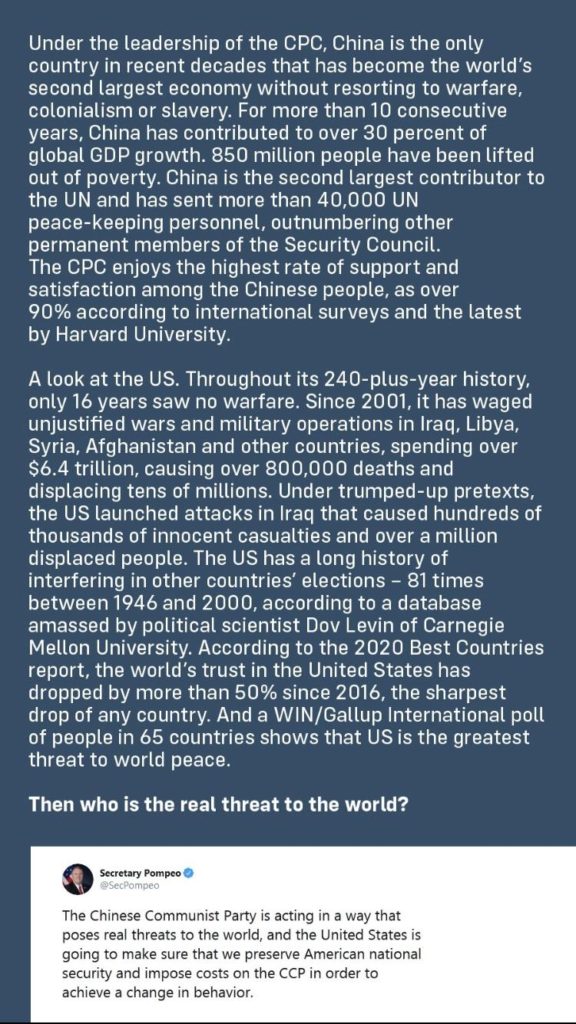
Asia has united. America is not the “bright and shining city on the hill” that stands for freedom and “democracy”, but rather a corrupt military empire that is thrashing about as it collapses.
The entire world can see this.
And while the United States Military Empire has been trying to set up the QUAD, and a list of vassal states to fight it’s wars for them, the leaders who agree to do so, can kiss their sweet nations good-by. A unified Russia-china alliance would render their entire nations into radioactive rubble.

Thus my argument that (for the most part) the QUAD would collapse, and what ever military effort that the United States Military Empire would cobble together would be lost in quick flashes of light and enormous causalities.
But I could be wrong…
Finally to quote UNZ..
Finally, the state of decay of the US state might already be so advanced that we can consider it as profoundly dysfunctional and basically collapsing/collapsed.
The first option (soft landing) is unlikely, yet highly desirable.
The second option (chaos-induced retreat) is more likely, but much less desirable as it is only a single step back to then make several steps forward again.
The last option (profoundly dysfunctional and basically collapsing/collapsed) is, alas, the most likely, and it is also, by far, the most perilous one.
For one thing, options #2 and #3 will make US actions very unpredictable and, therefore, potentially extremely dangerous. Unpredictable chaos can also quickly morph into a major war, or even several major ones, so the potential danger here is very real (even if totally unreported in Zone A).
This, in turn, means that Russia, China, Iran, the DPRK, Venezuela or Cuba all have to keep their guard up and be ready for anything, even the unthinkable (which is often what total chaos generates).
What do you think?
Of course, the Ignorant Americans are all thinking that Russia and China are somehow enemies…
Russia has no love for China so don’t be so sure about them coming to China’s aid.
-
Hardly.
Do you want more?
You can find more articles related to this in my latest index; A New Beginning. And in it are elements of the old, some elements regarding the transition, and some elements that look towards the future.
New Beginnings
.
Articles & Links
Master Index
.
- You can start reading the articles by going HERE.
- You can visit the Index Page HERE to explore by article subject.
- You can also ask the author some questions. You can go HERE to find out how to go about this.
- You can find out more about the author HERE.
- If you have concerns or complaints, you can go HERE.
- If you want to make a donation, you can go HERE.

















![[PissedLizard] Into the light and what it is like first hand](https://metallicman.com/wp-content/uploads/2021/08/SNAG-GIF-00045-5-1-2021-1-825x510.jpg)

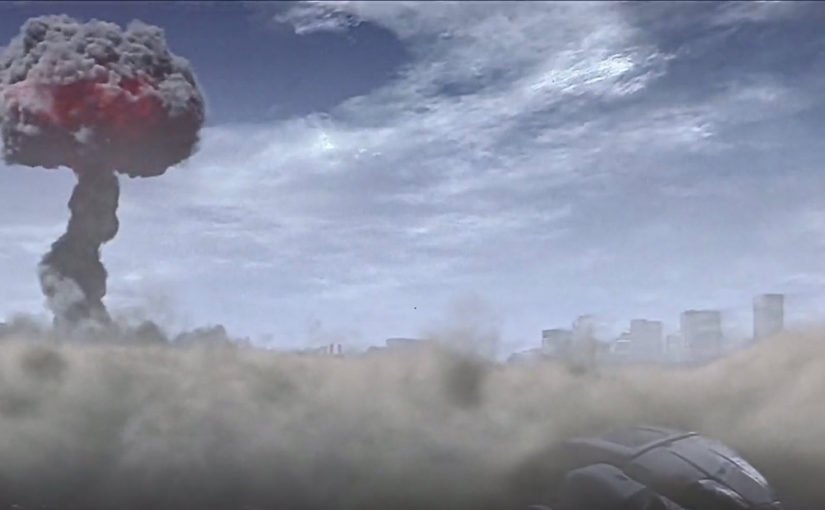
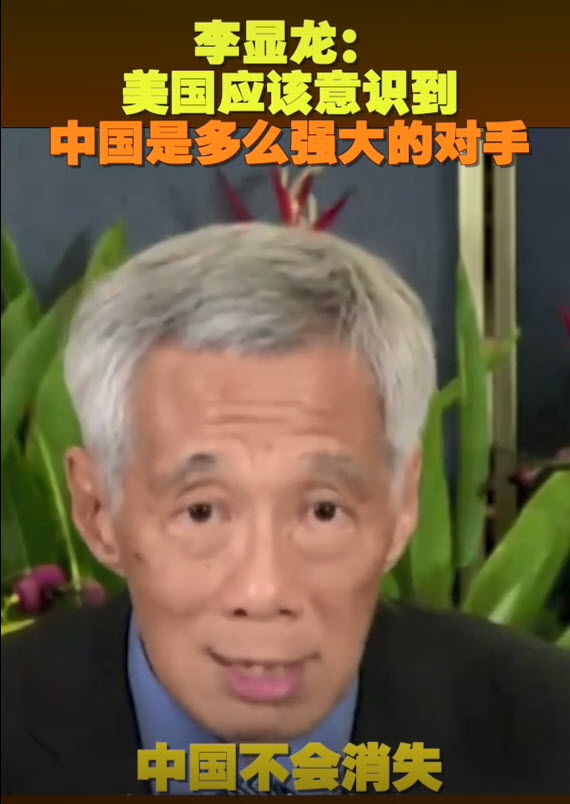
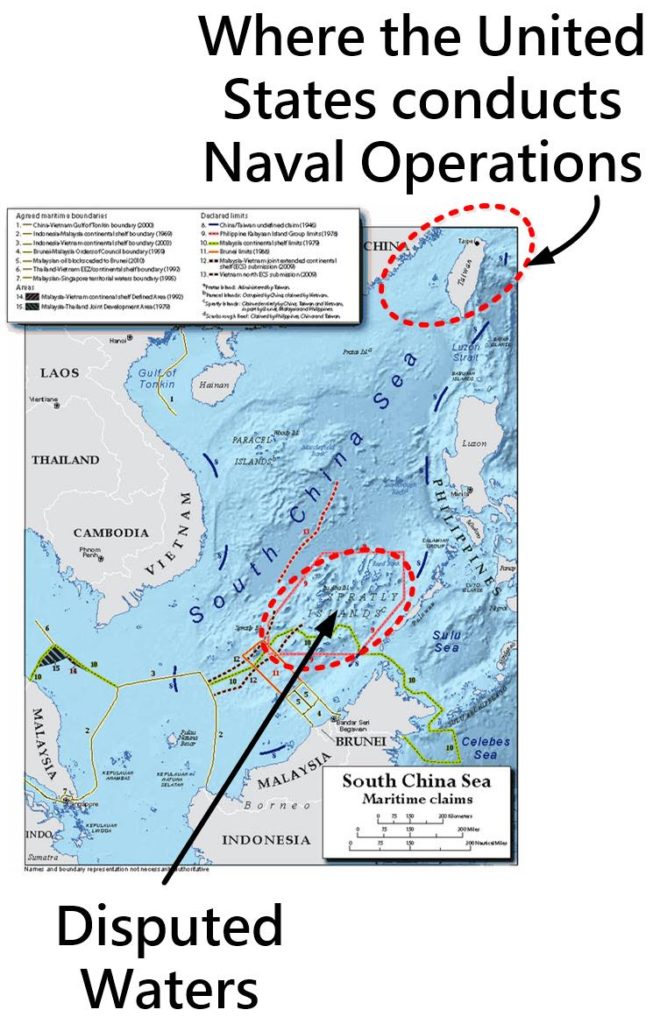


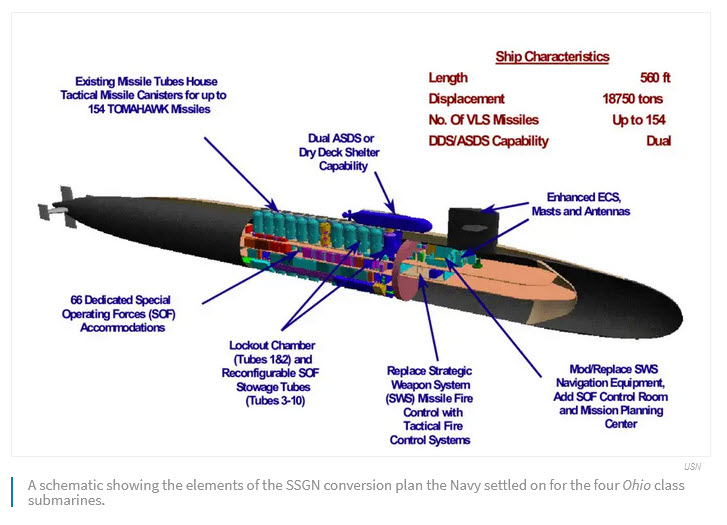

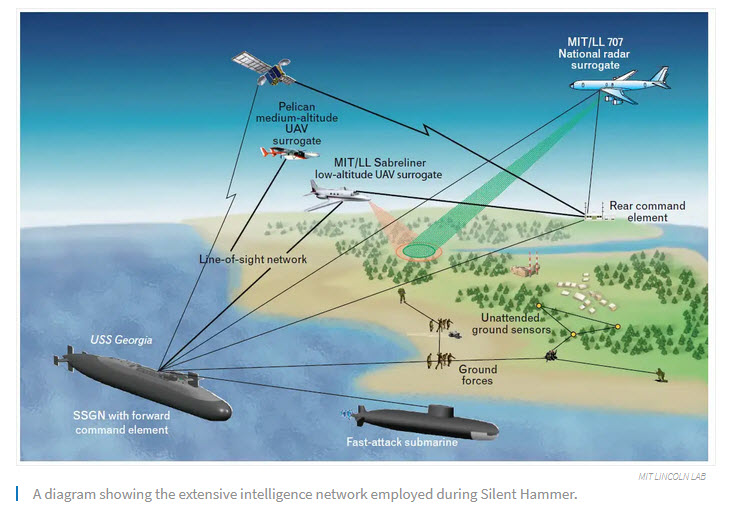


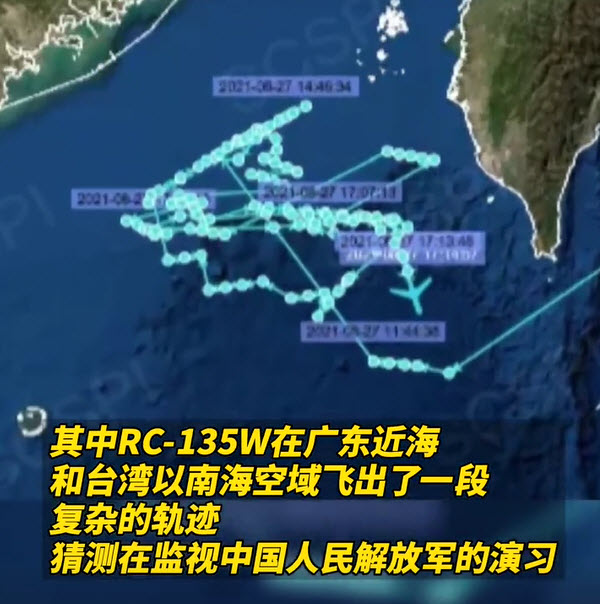













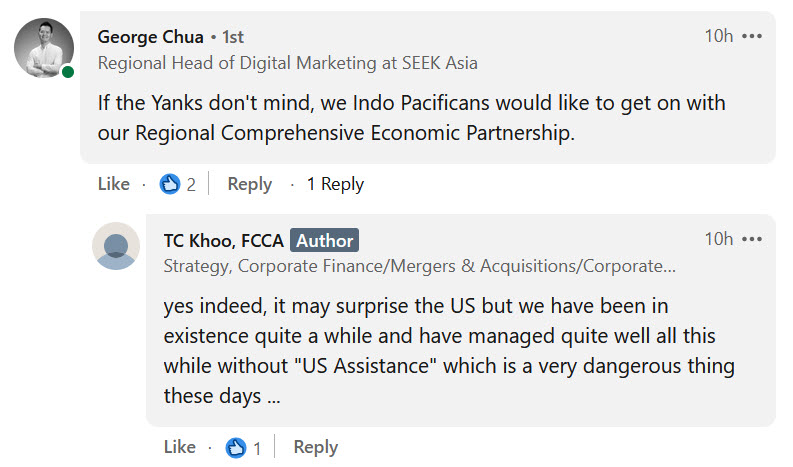
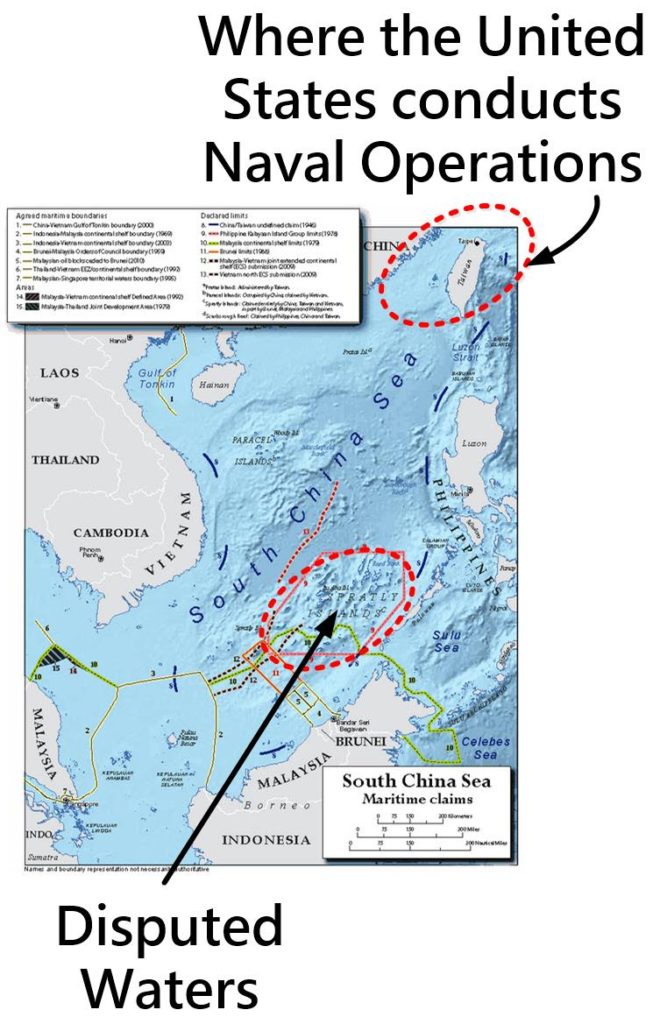
![[daegonmagus] – Part 2 – Contact with the Elder Guardians](https://metallicman.com/wp-content/uploads/2021/08/SNAG-GIF-00007-8-26-2021-825x510.jpg)
![[PissedLizard] A crash, then death, then rebirth and then to MM](https://metallicman.com/wp-content/uploads/2021/08/SNAG-GIF-00004-8-26-2021-825x510.jpg)




















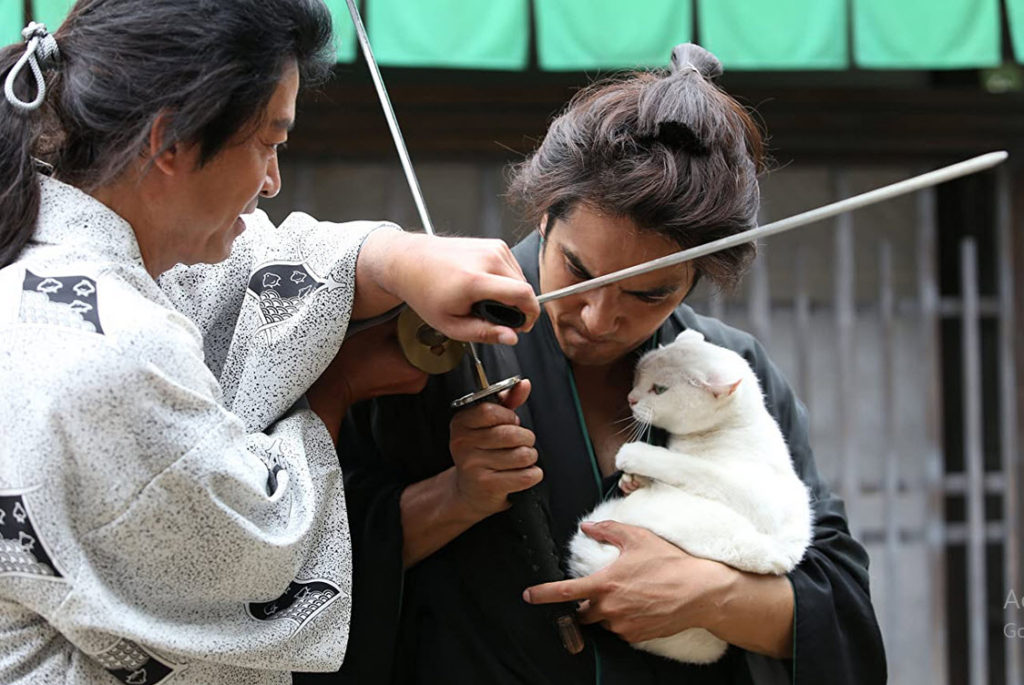









































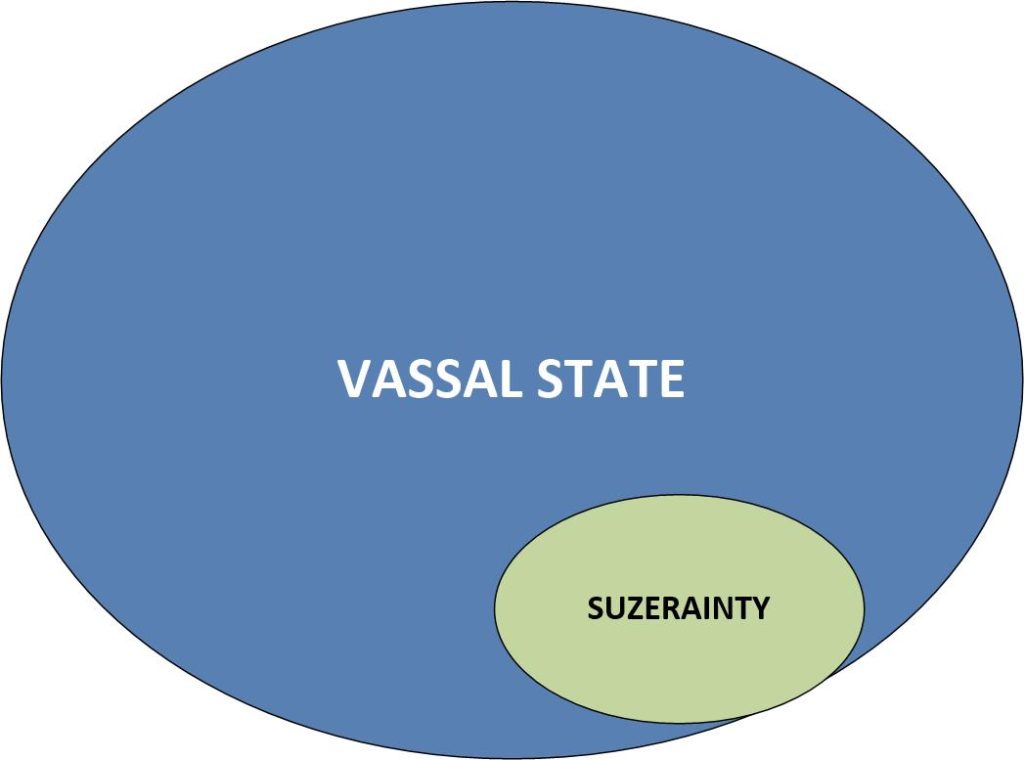
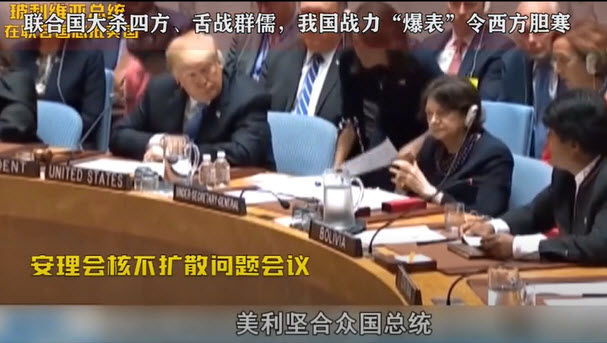

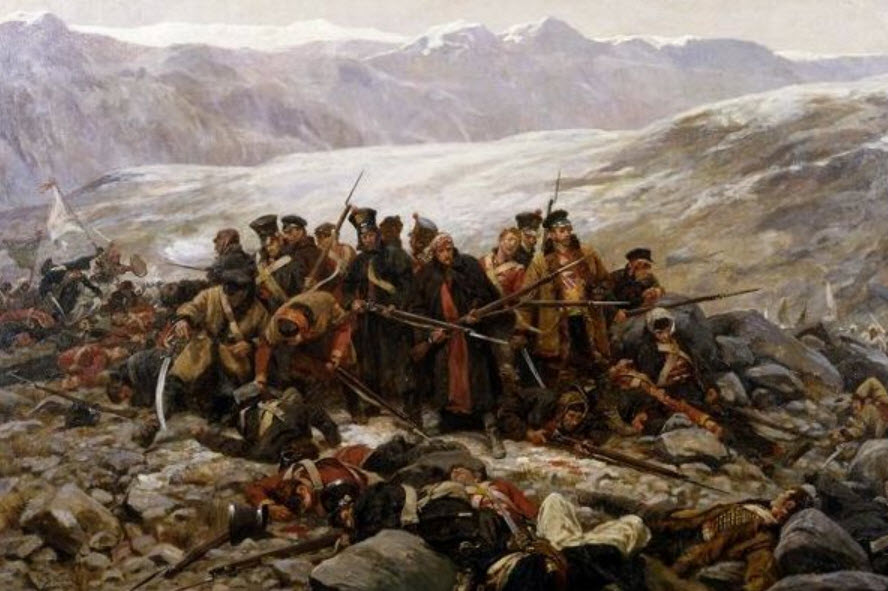

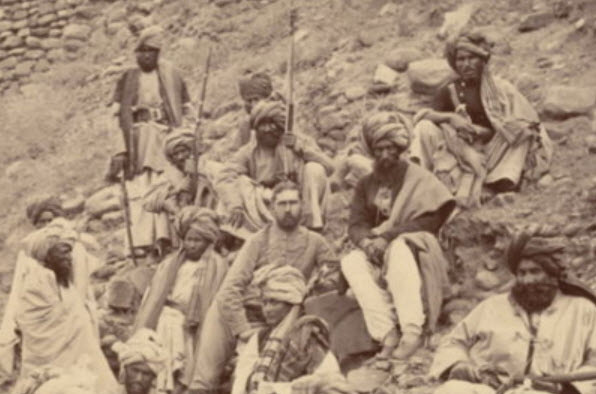

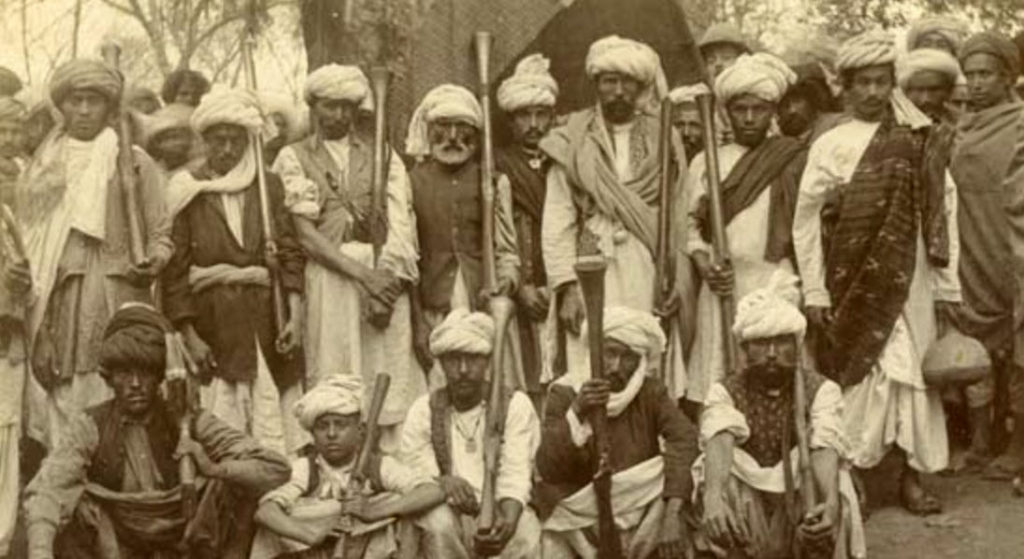
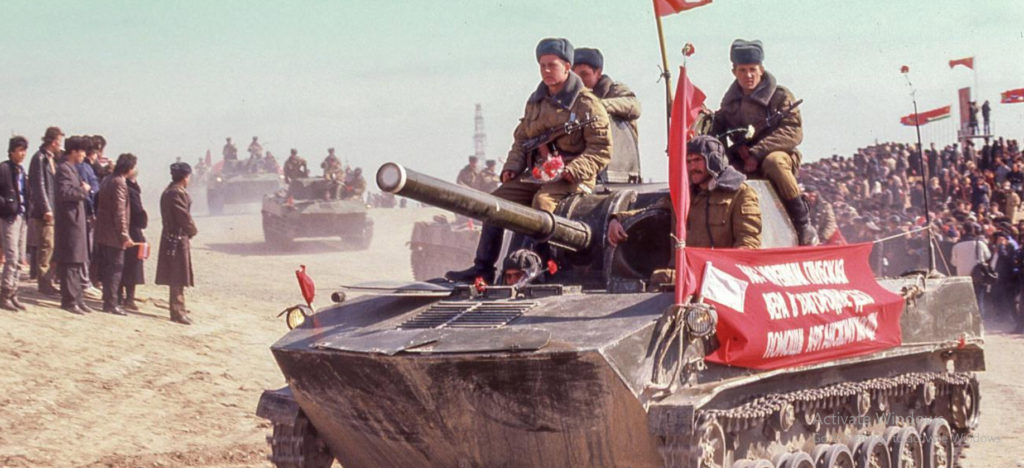
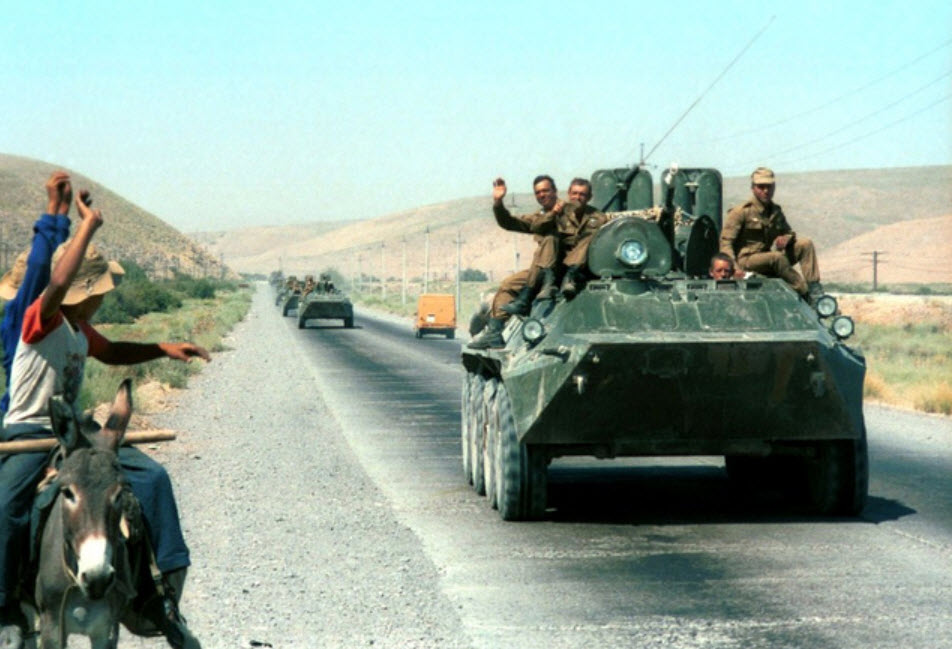

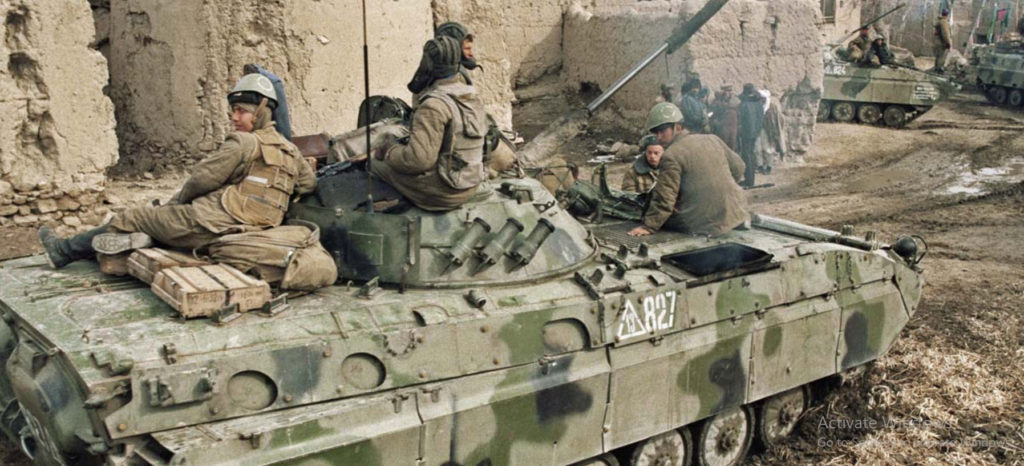

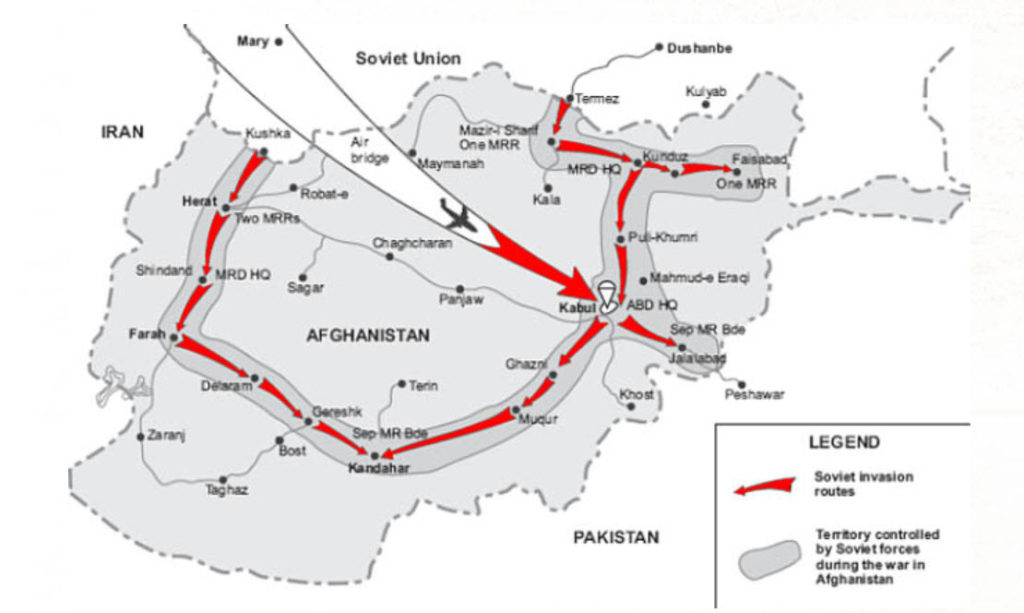
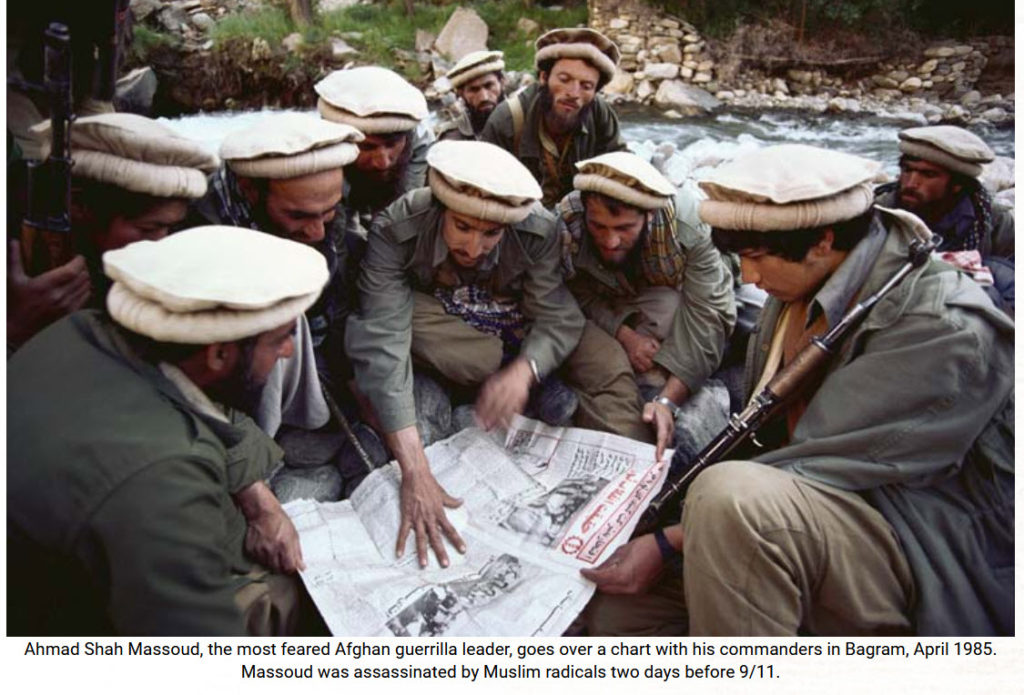
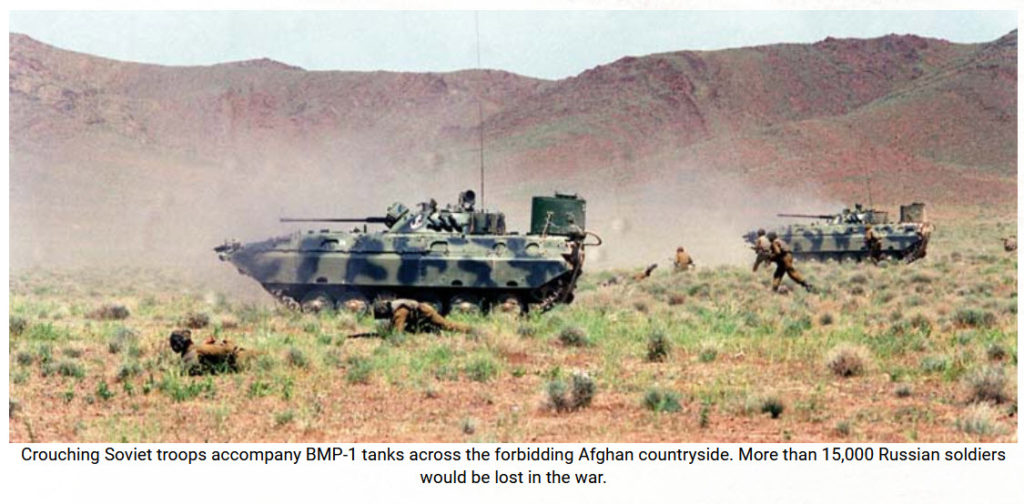
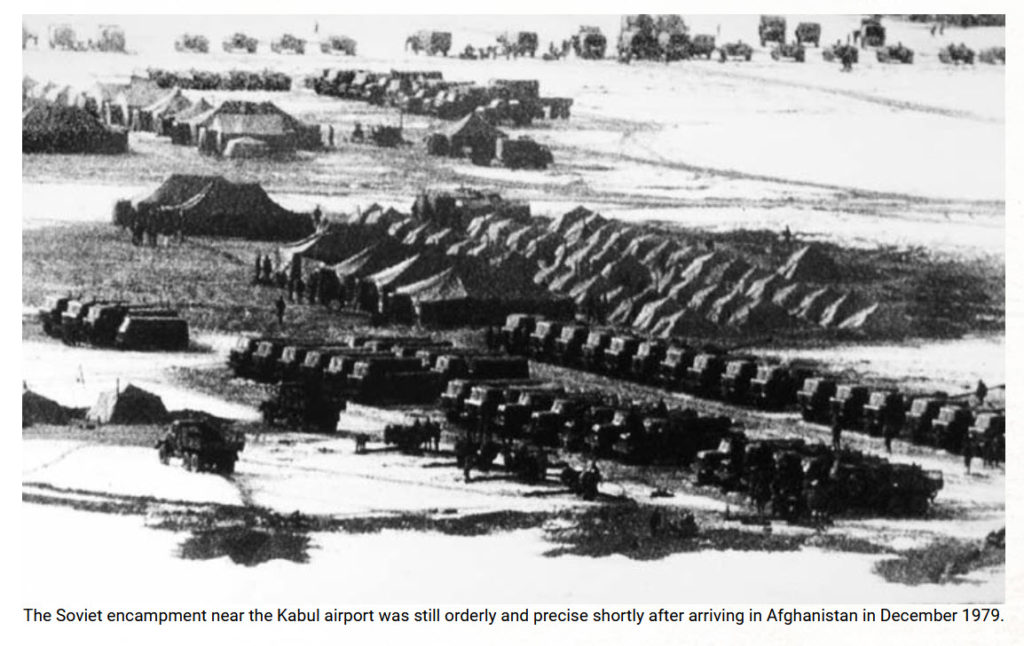

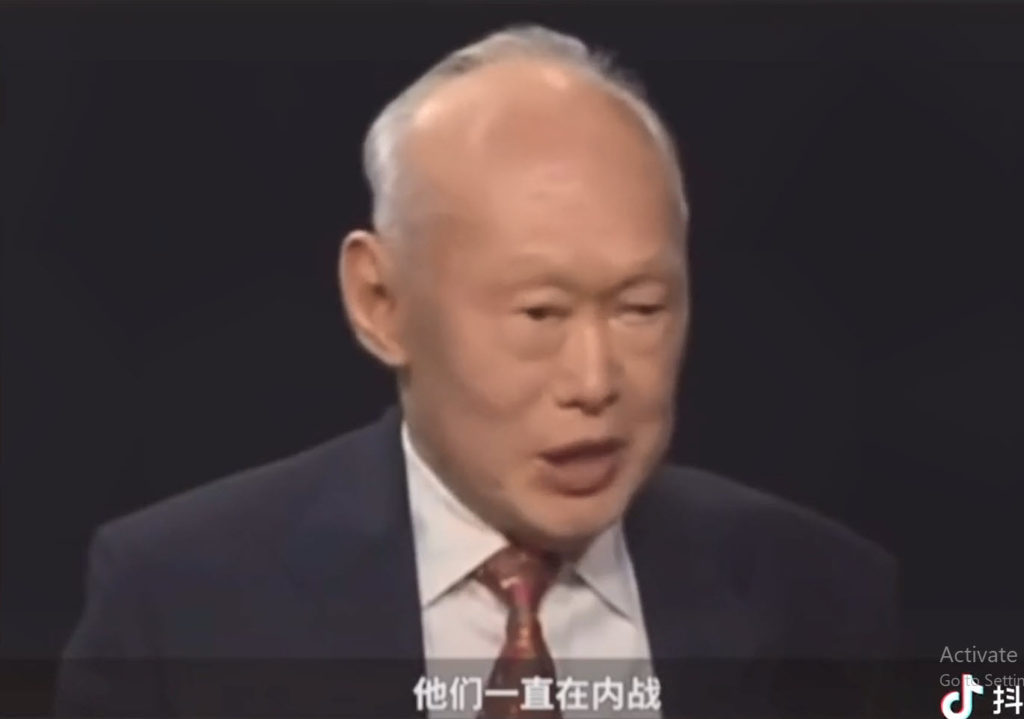
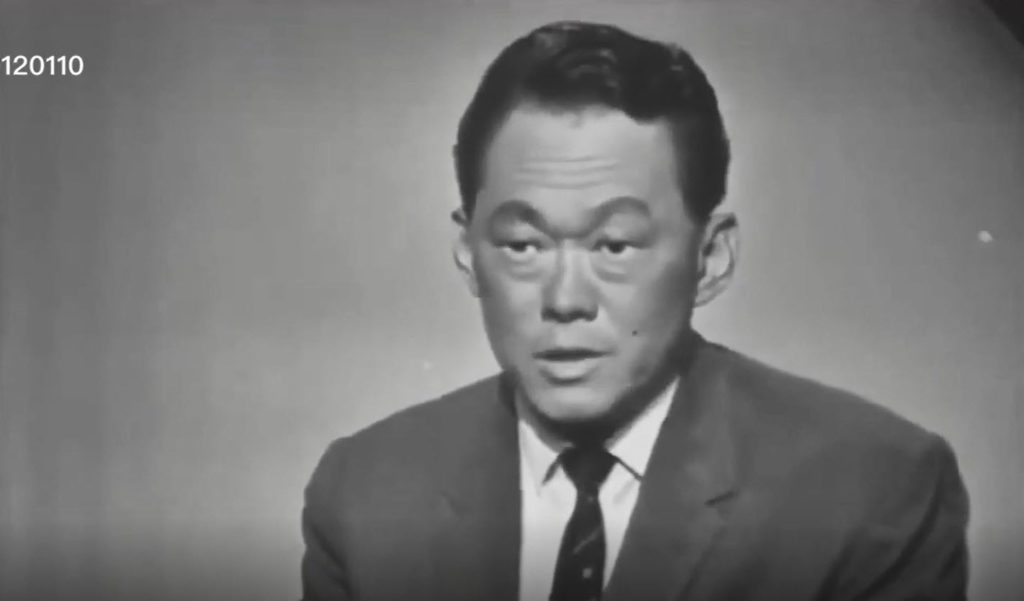
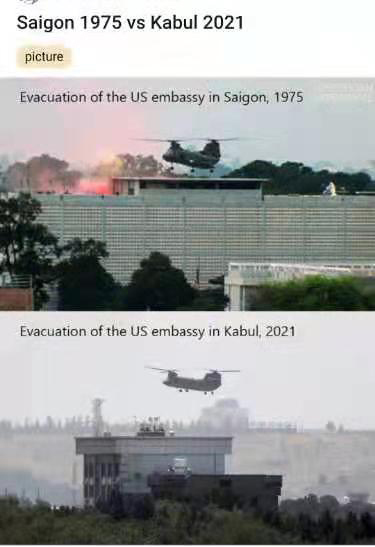

 (@Partisangirl)
(@Partisangirl) 
 AFGHANISTAN CONFLICT
Kabul airport on the morning Of August 16, 2021
AFGHANISTAN CONFLICT
Kabul airport on the morning Of August 16, 2021
 (@ASBMilitary)
(@ASBMilitary) 



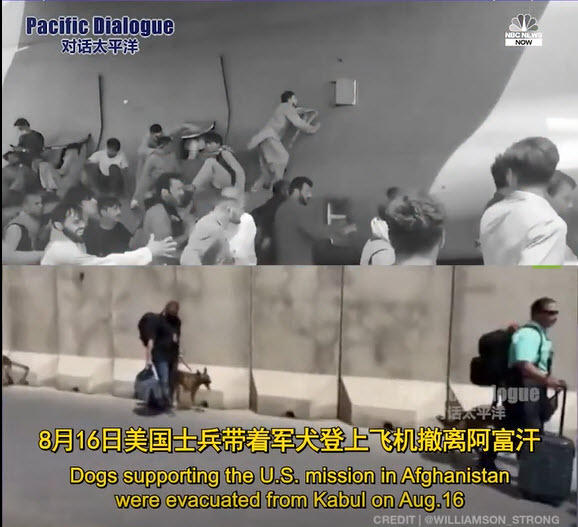
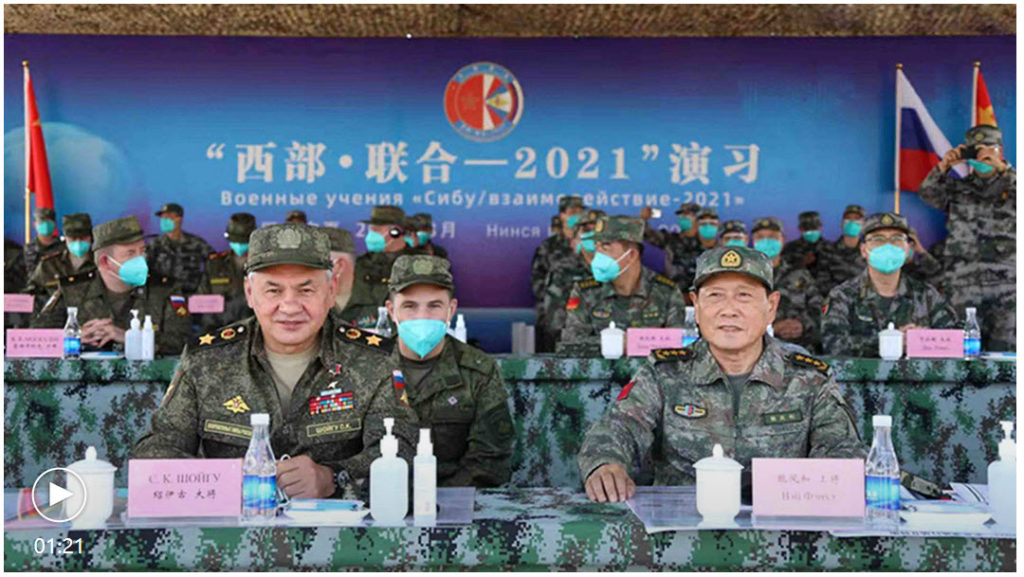
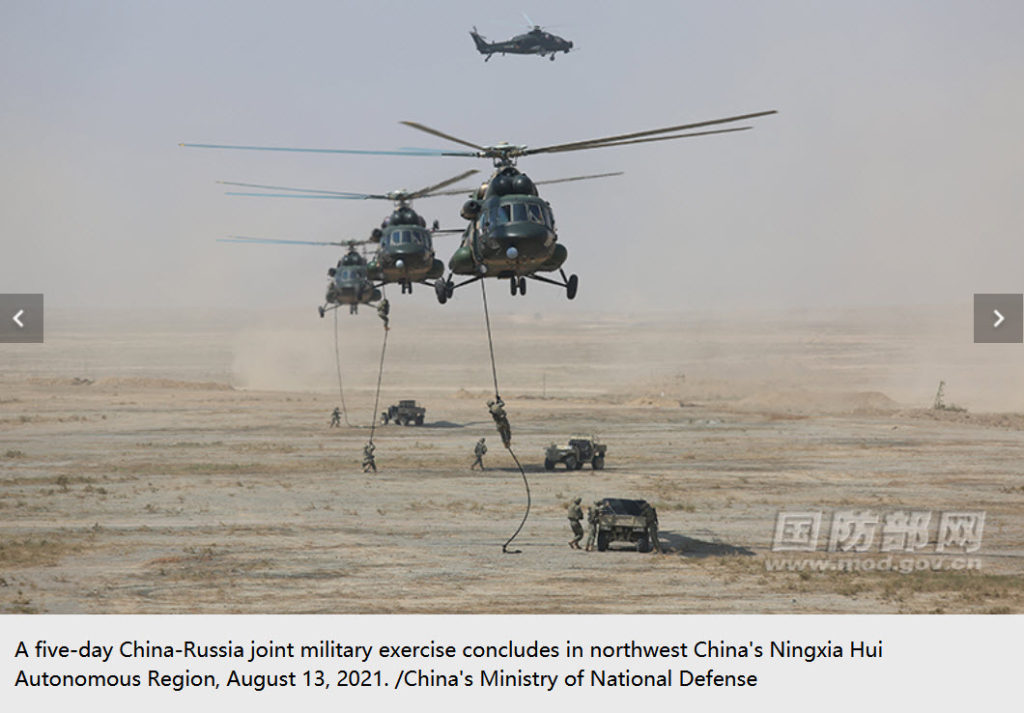
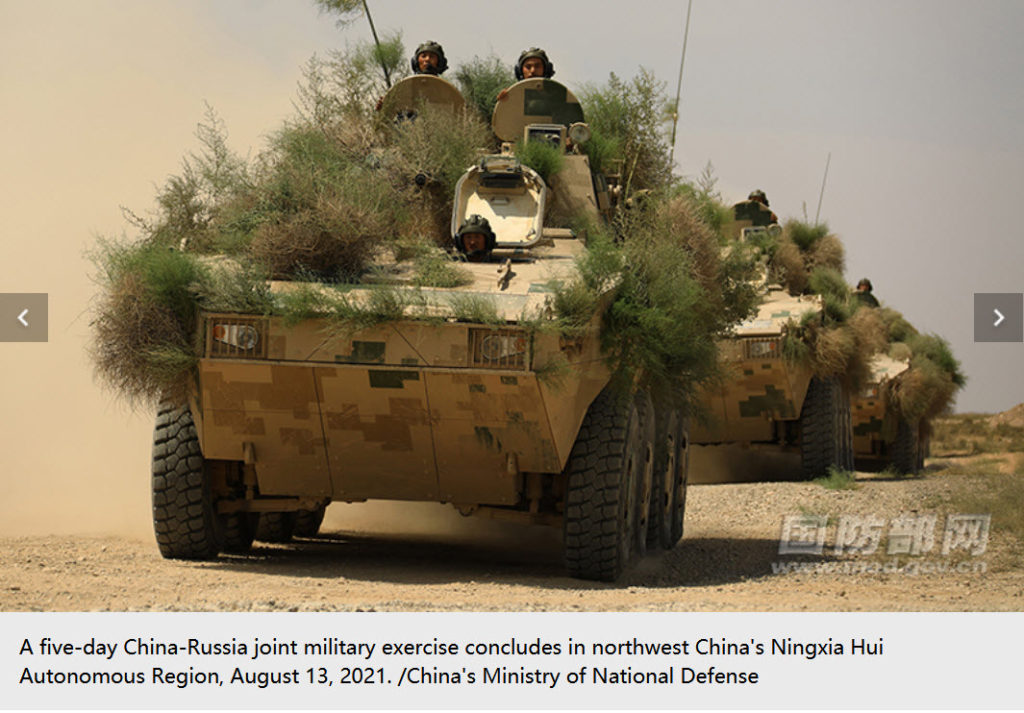
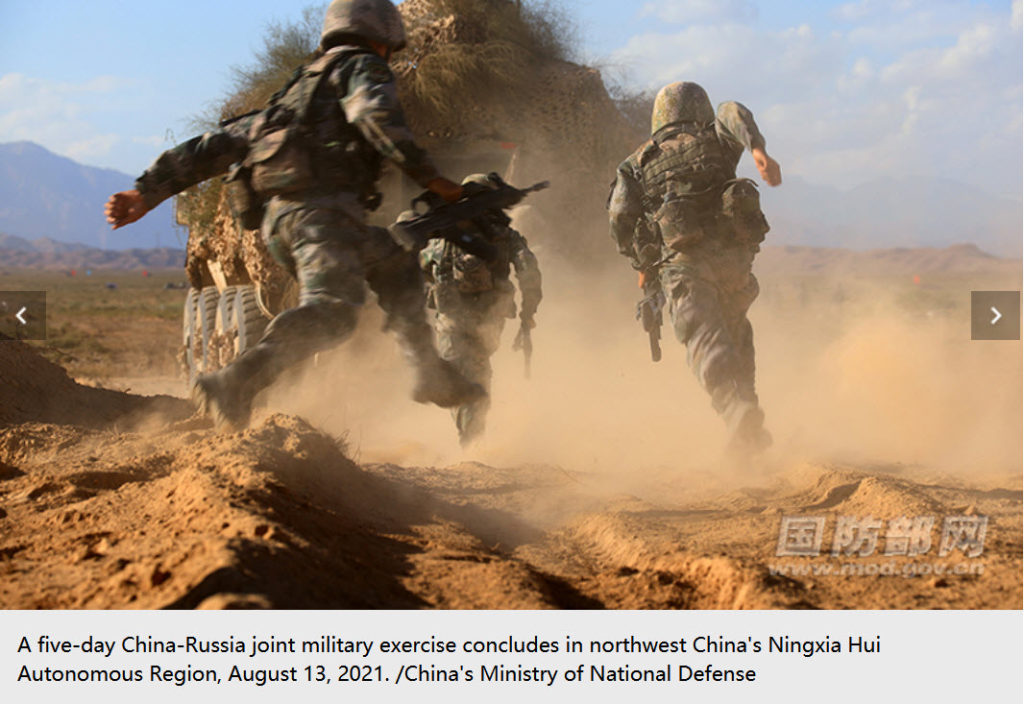
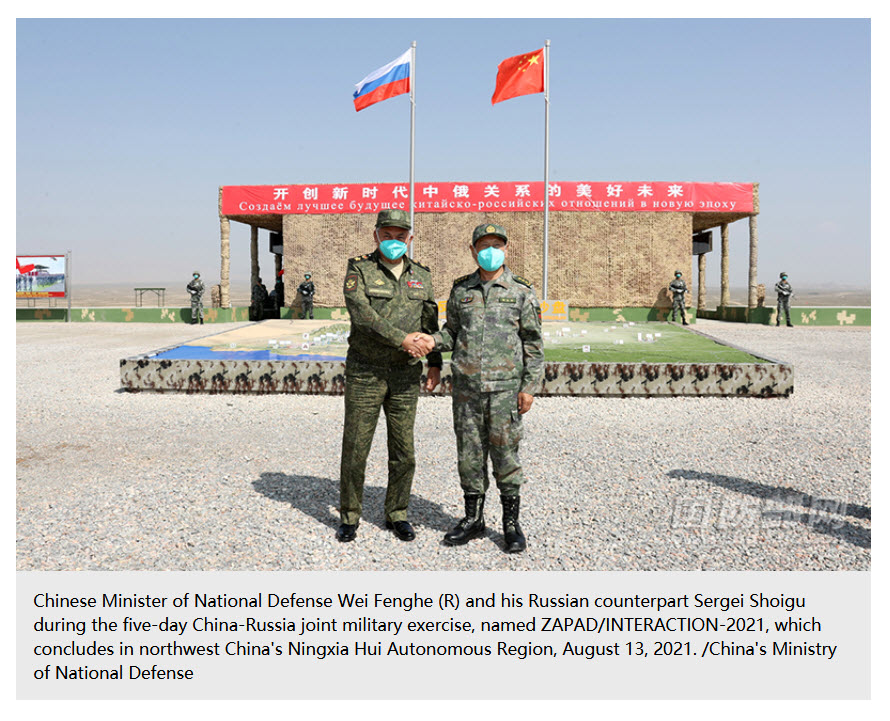
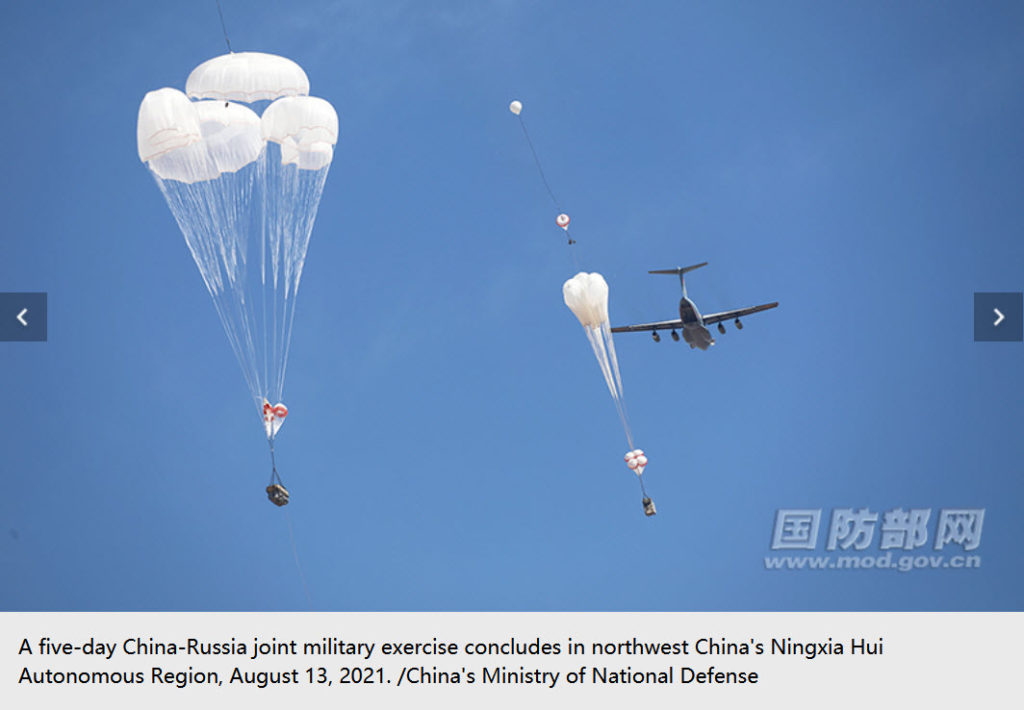


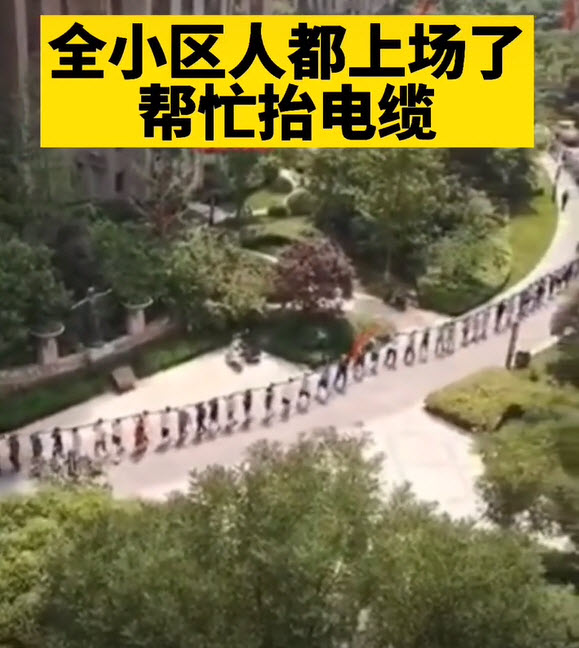


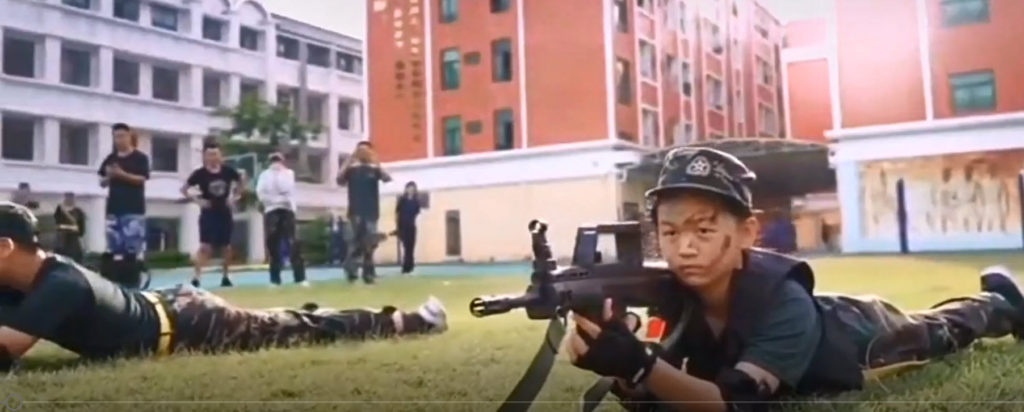
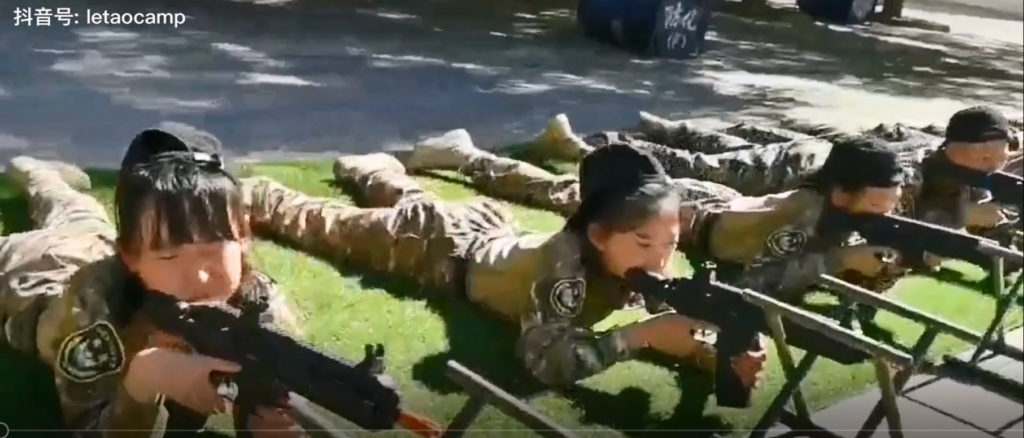
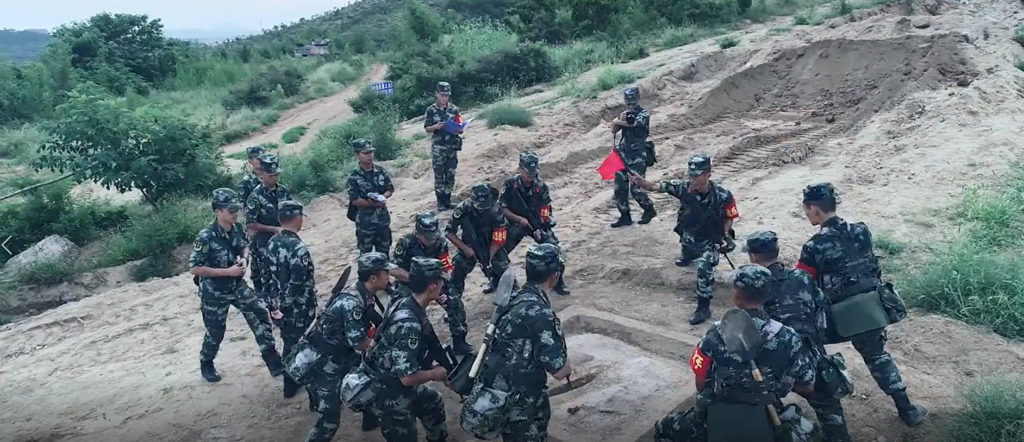
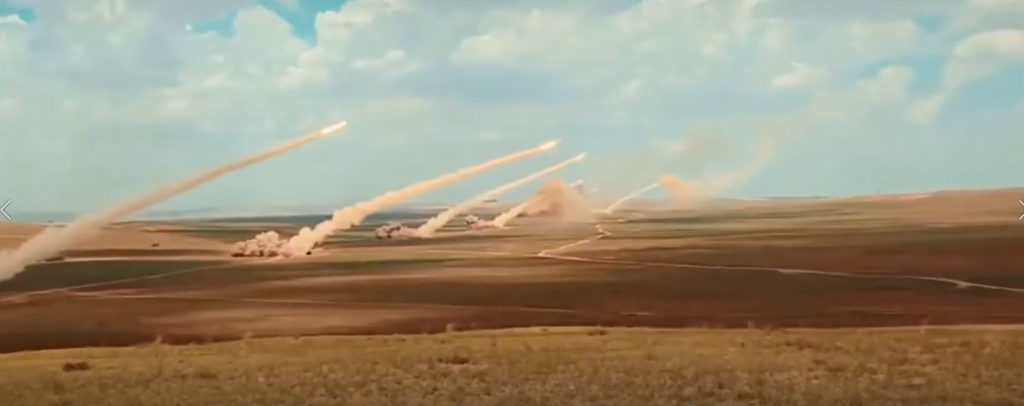
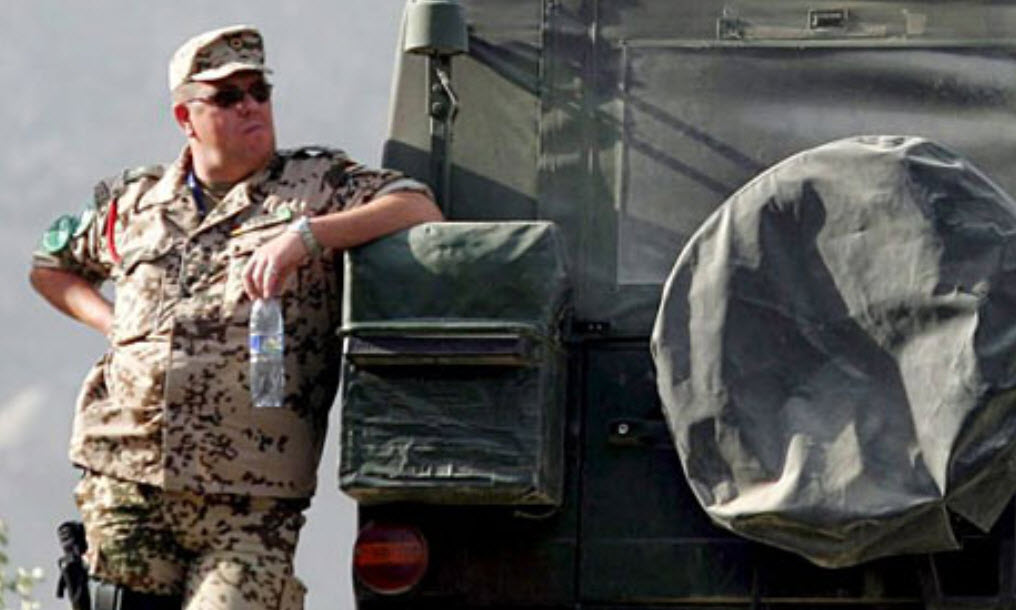



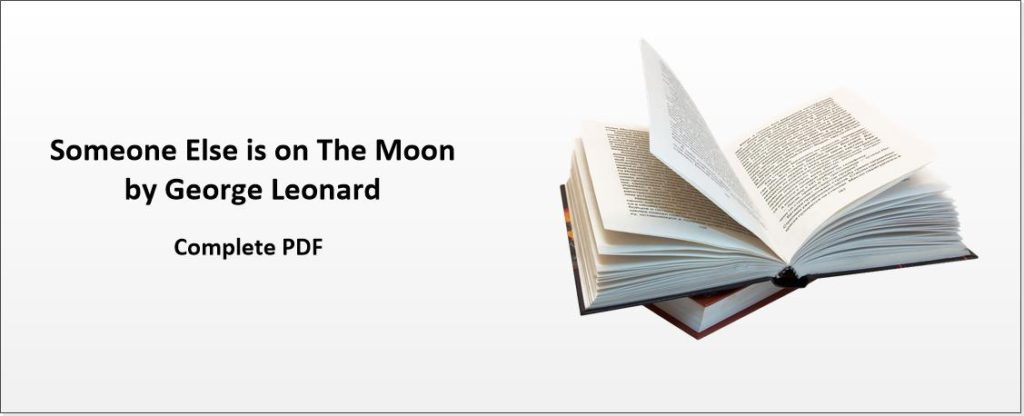





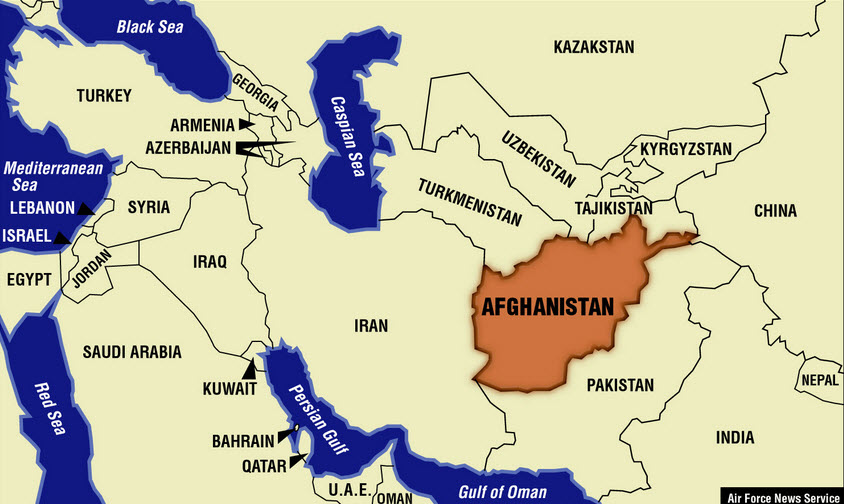

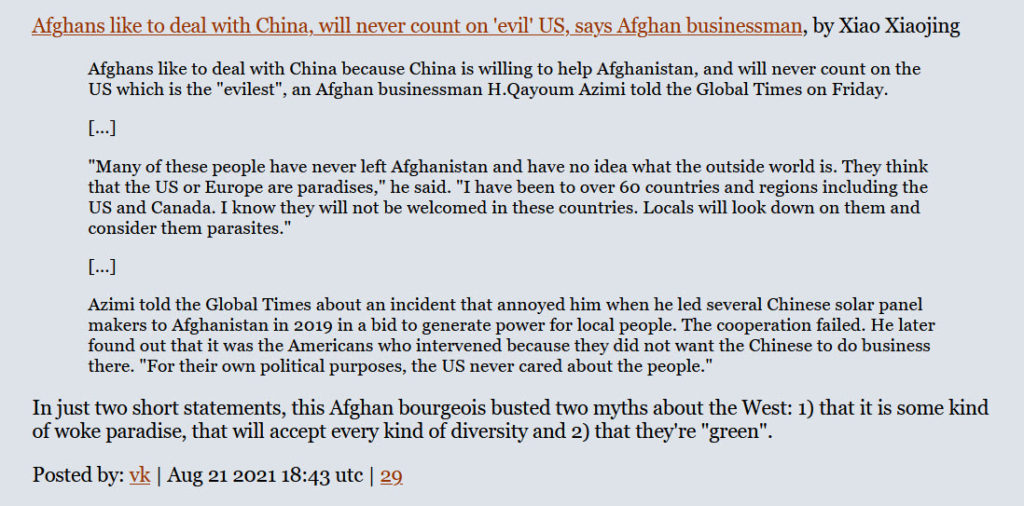


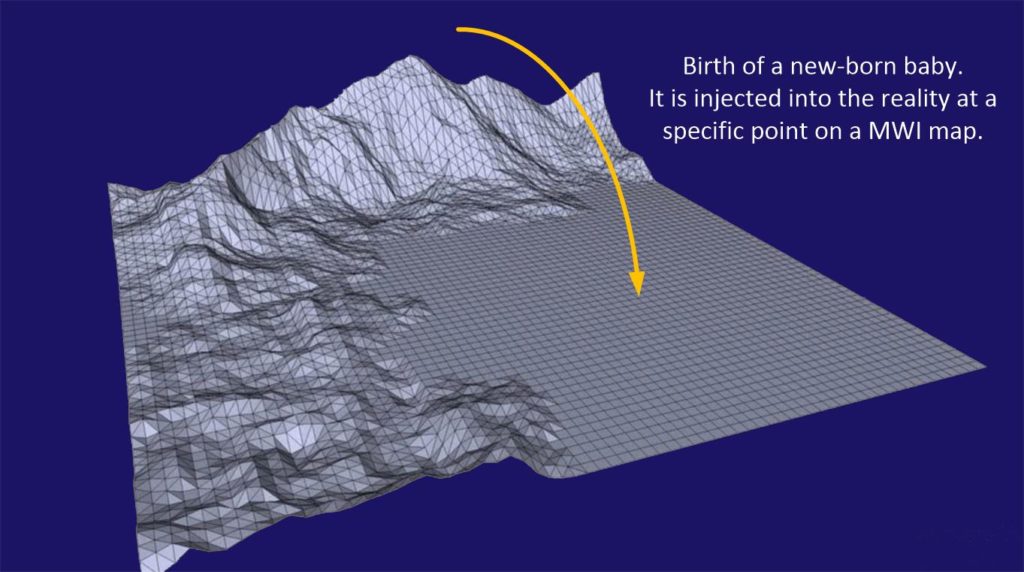
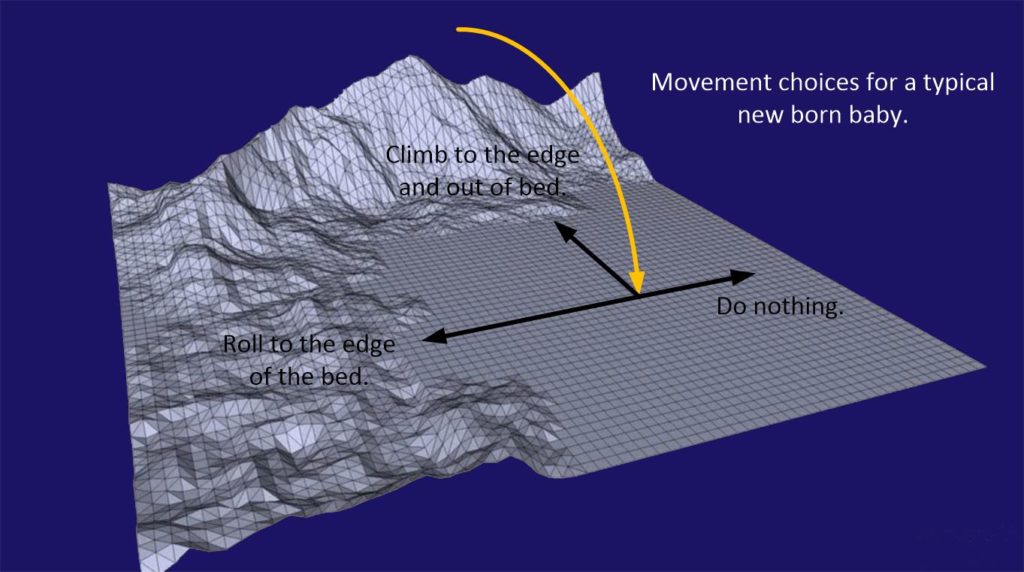

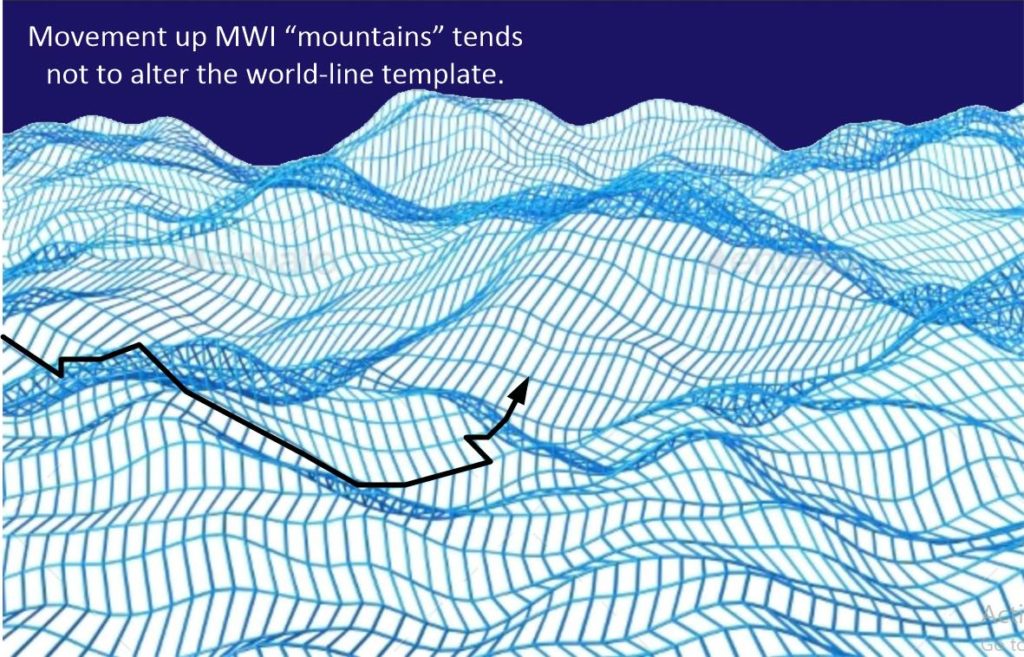
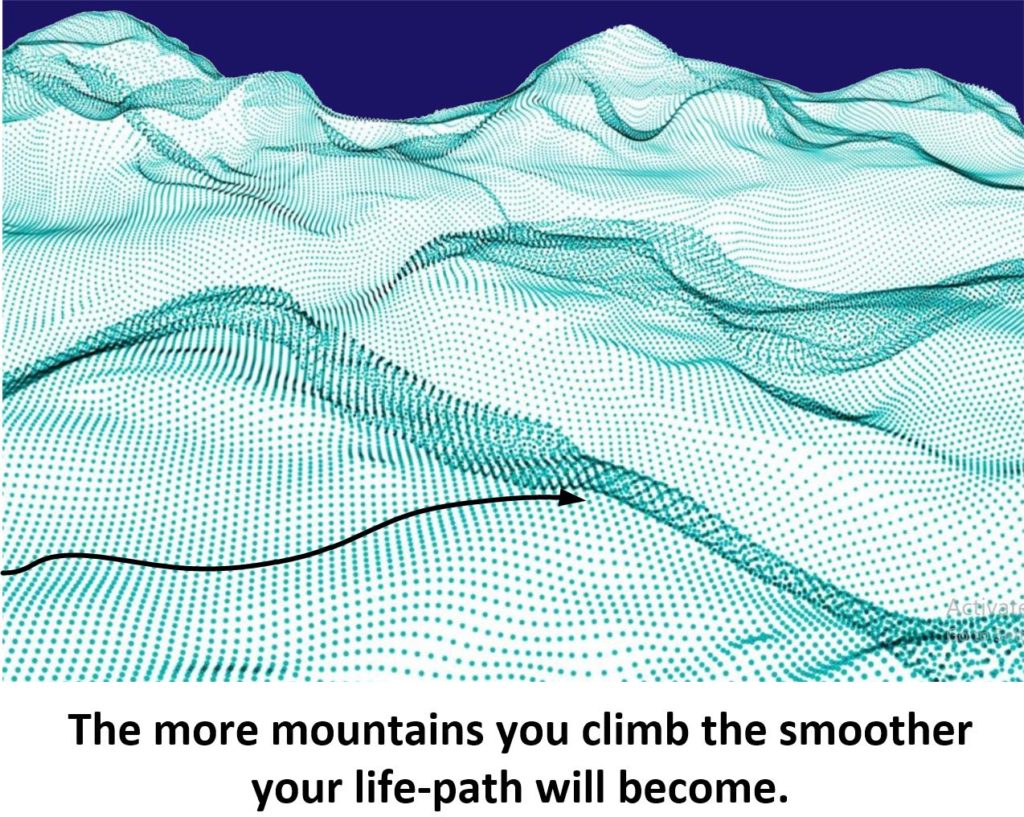




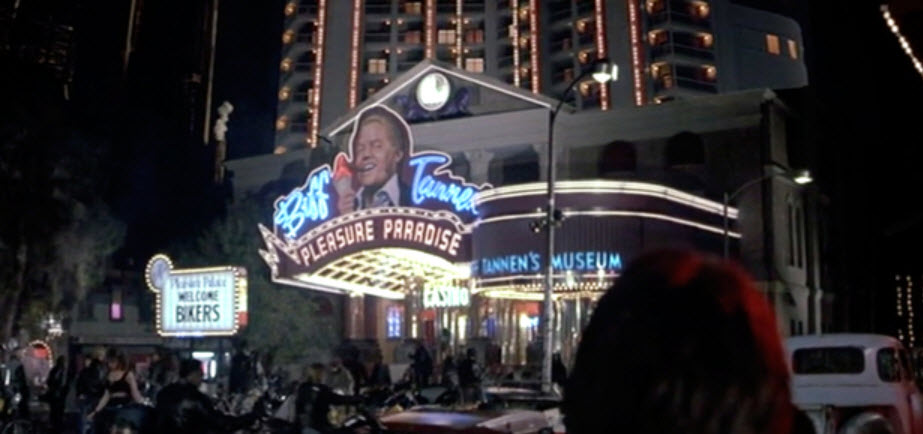



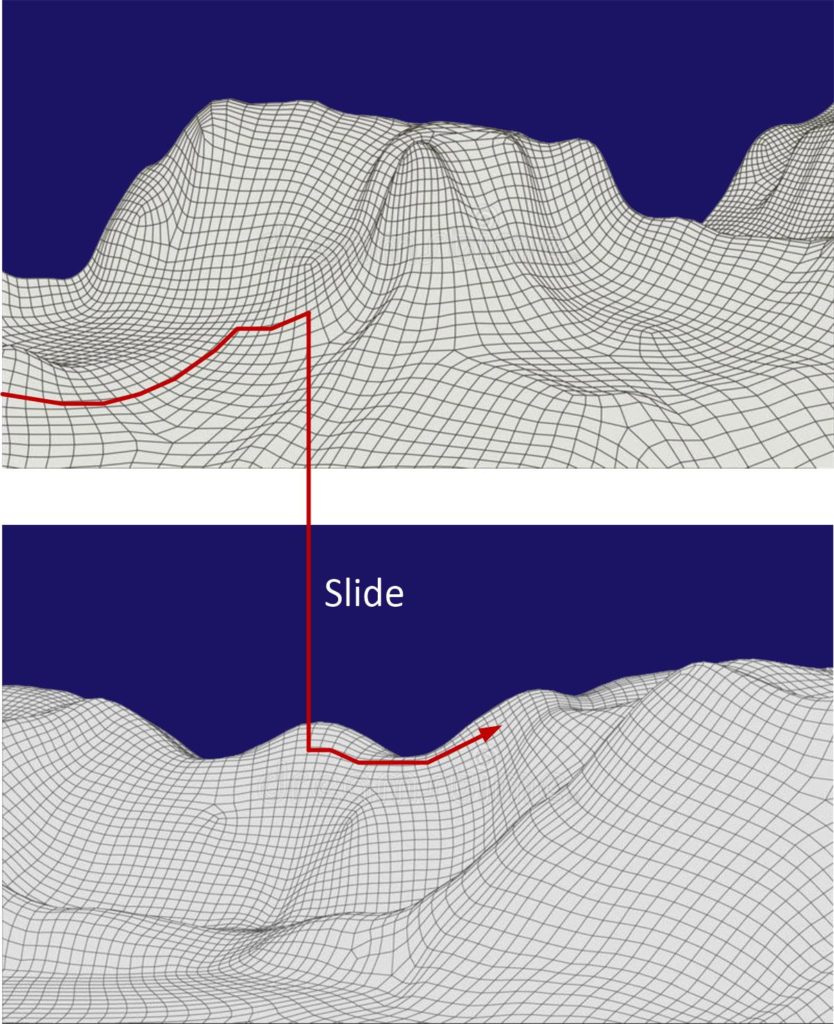

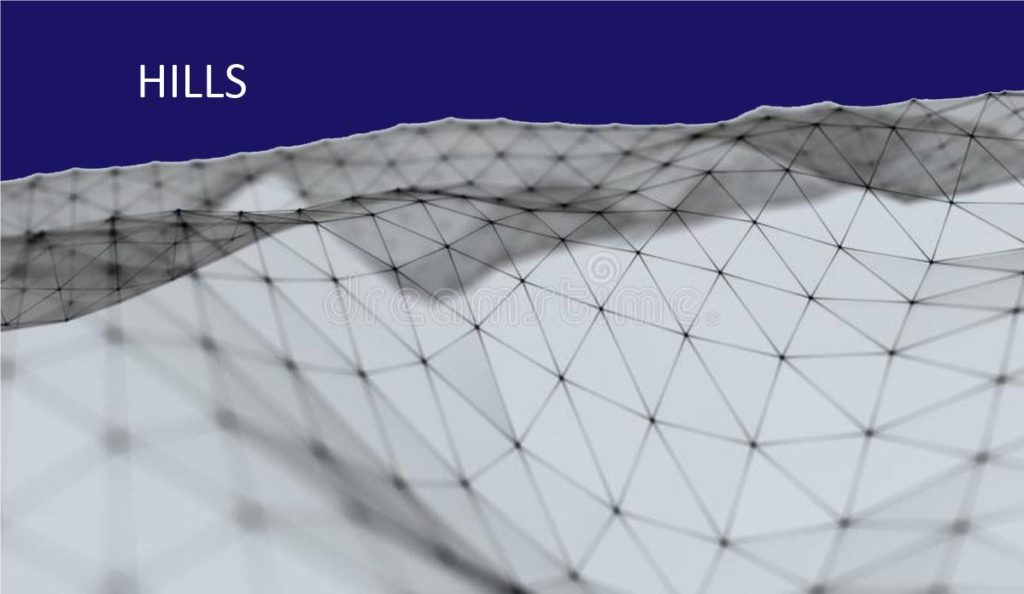




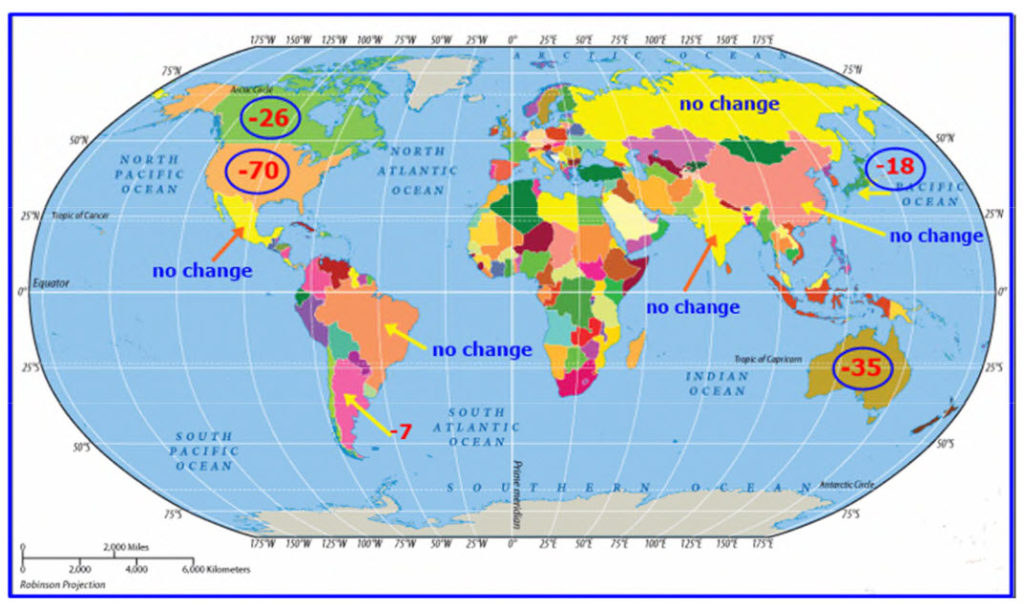

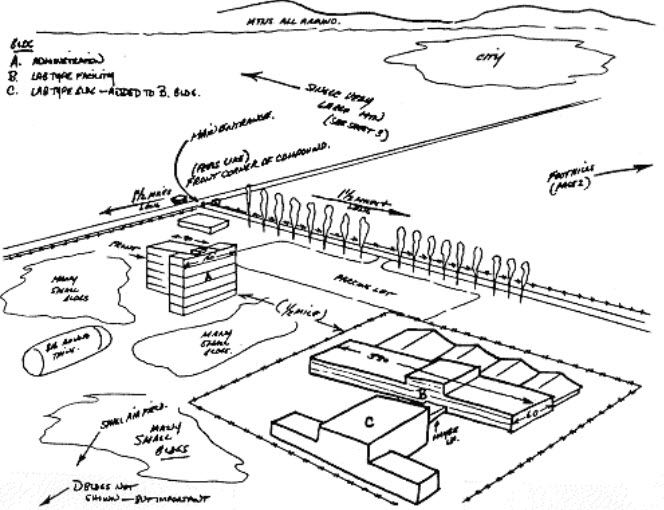


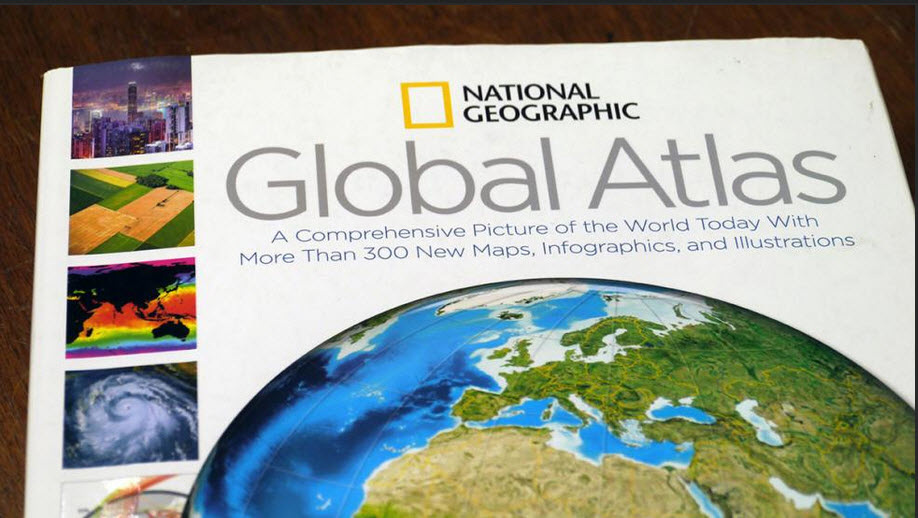
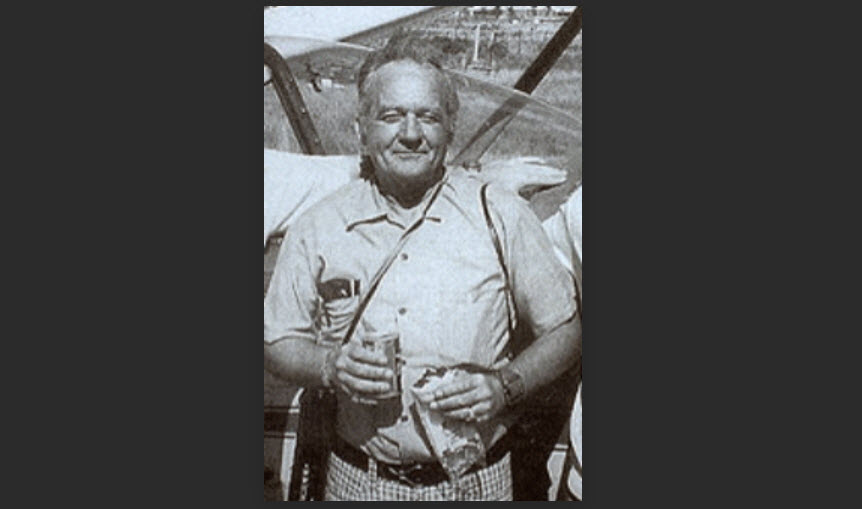
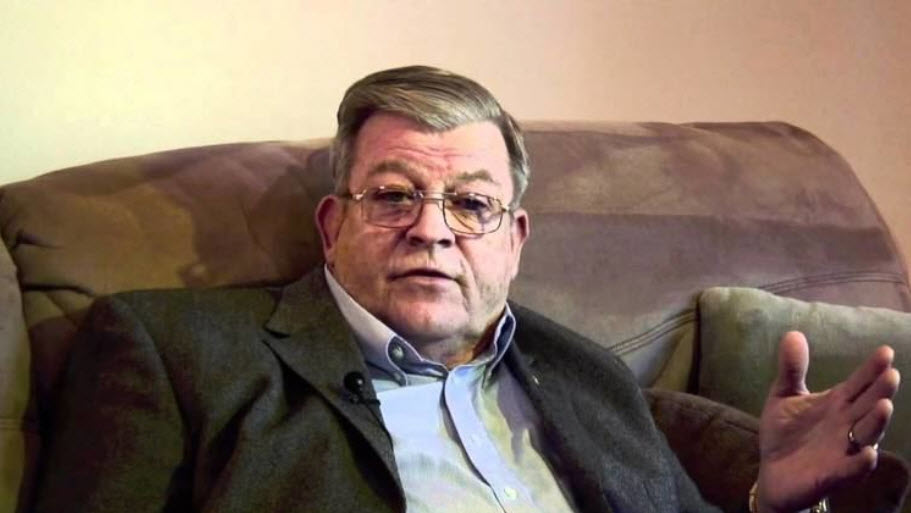









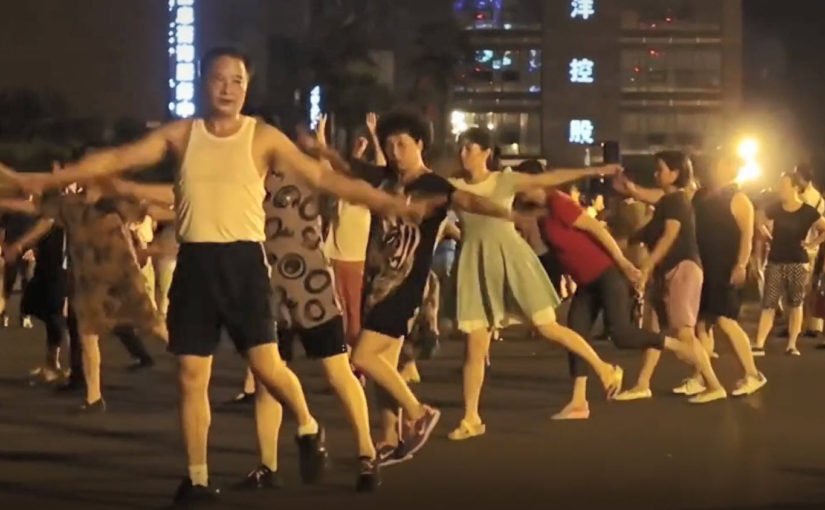

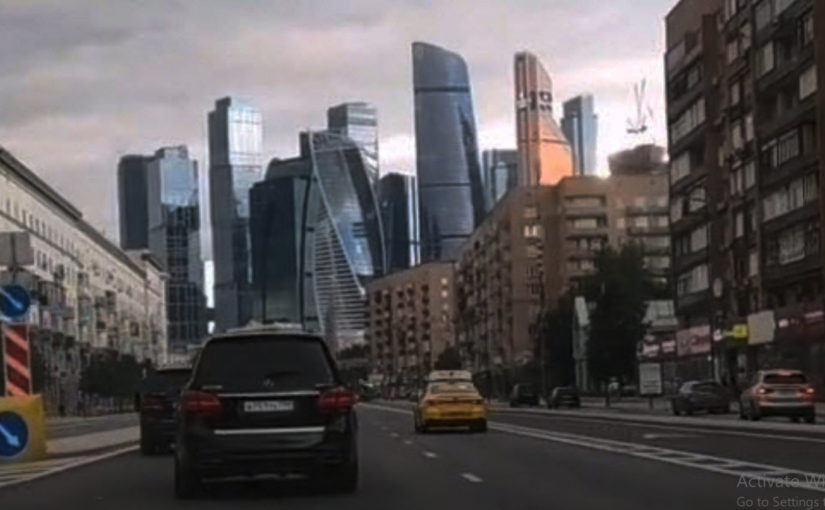









![[daegonmagus] – Part 1 – Exploration of the Non-Physical Reality](https://metallicman.com/wp-content/uploads/2021/08/SNAG-GIF-00001-8-14-2021-825x510.jpg)



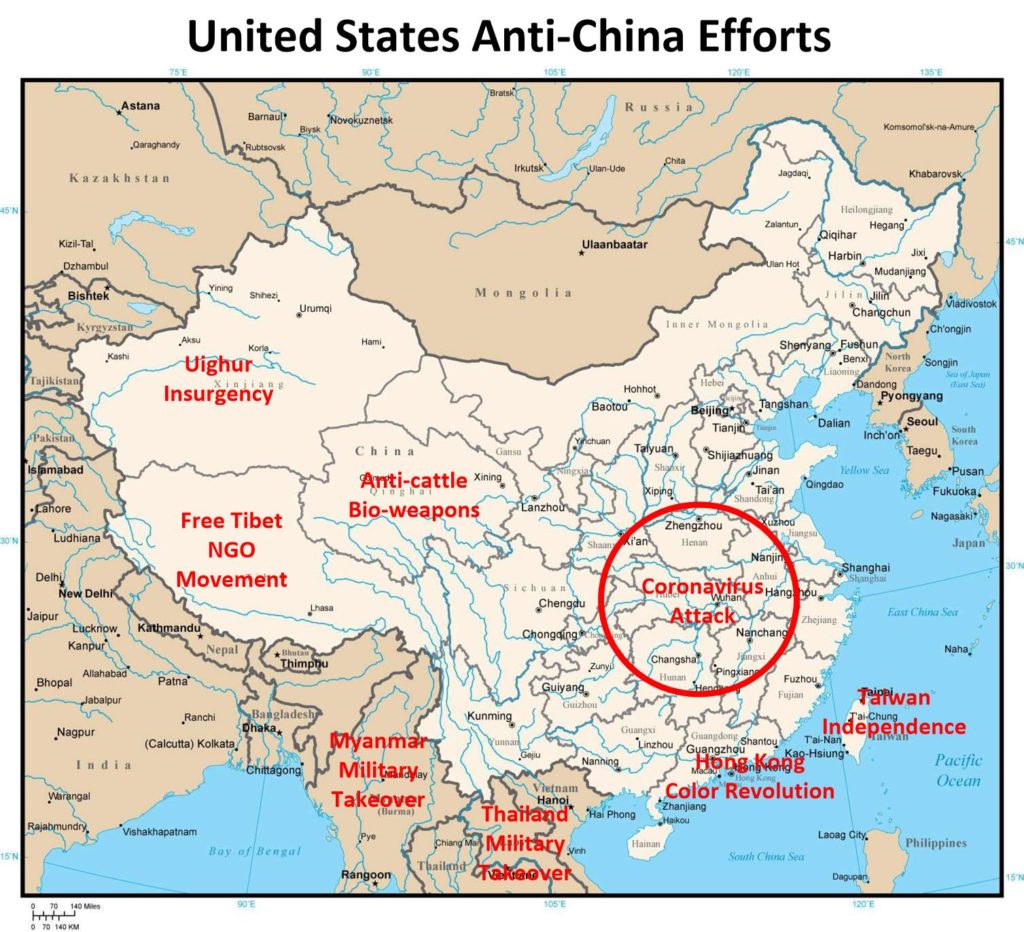
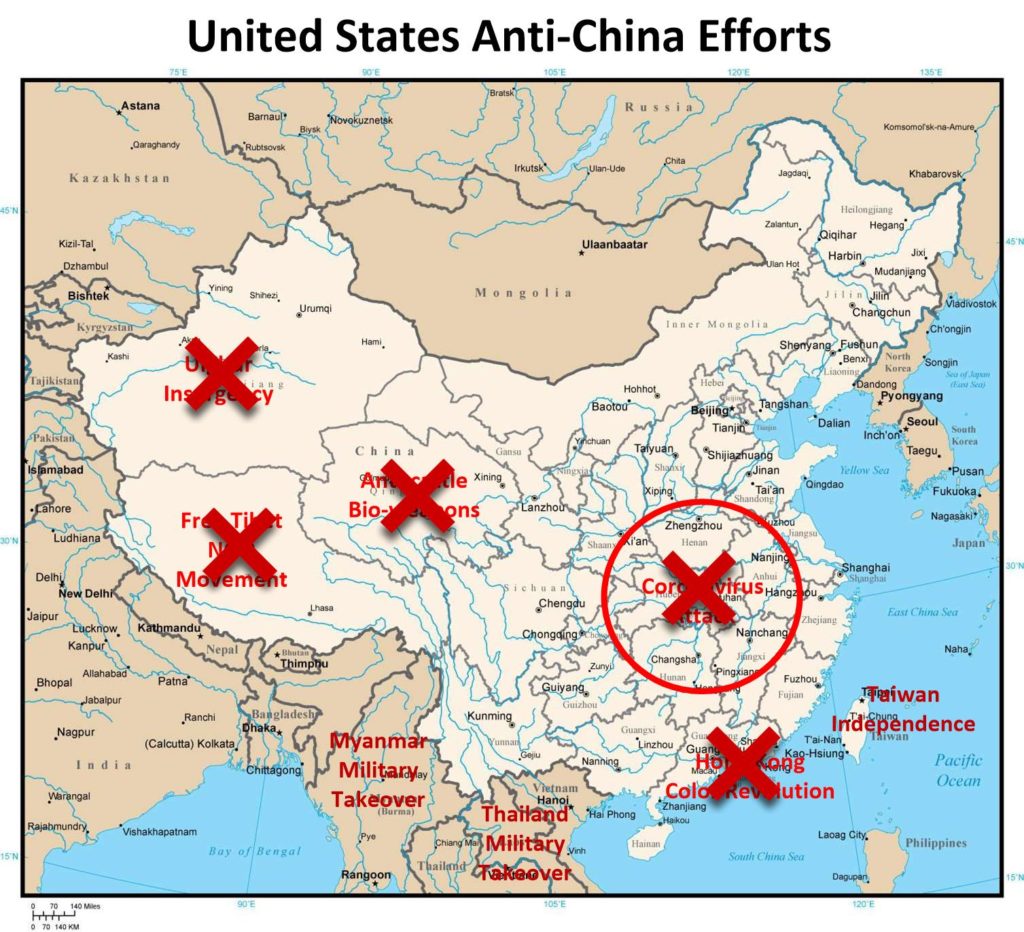
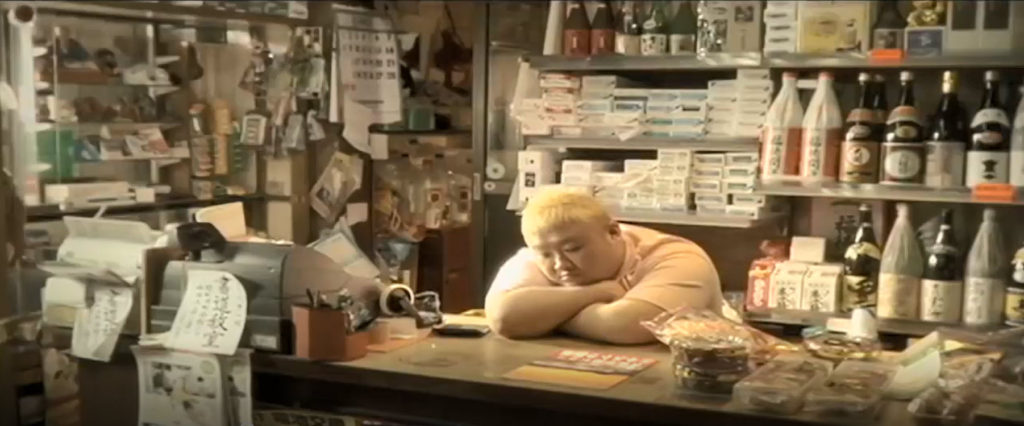

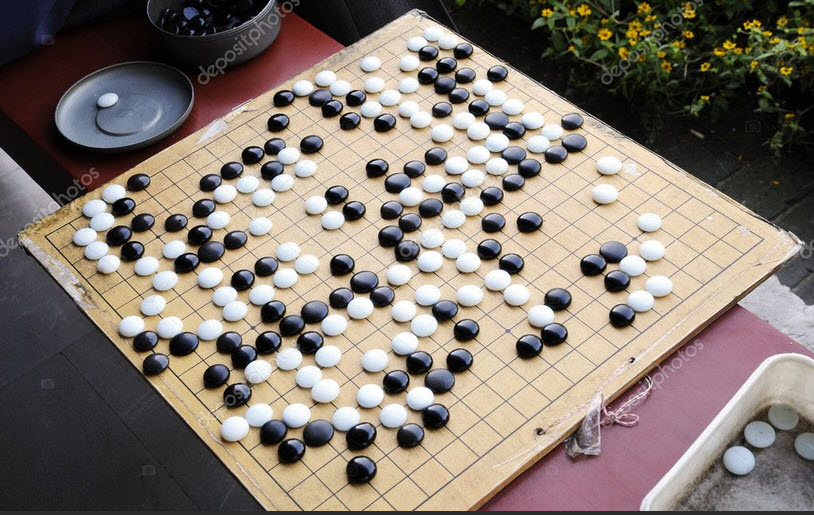



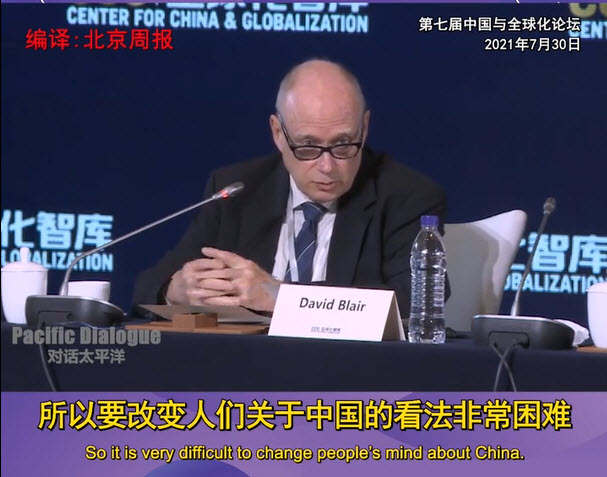

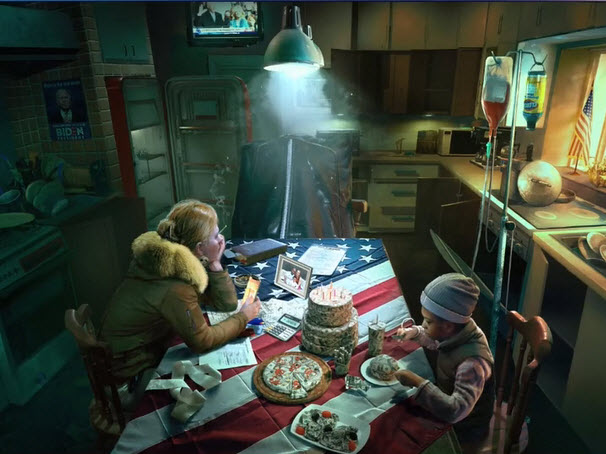




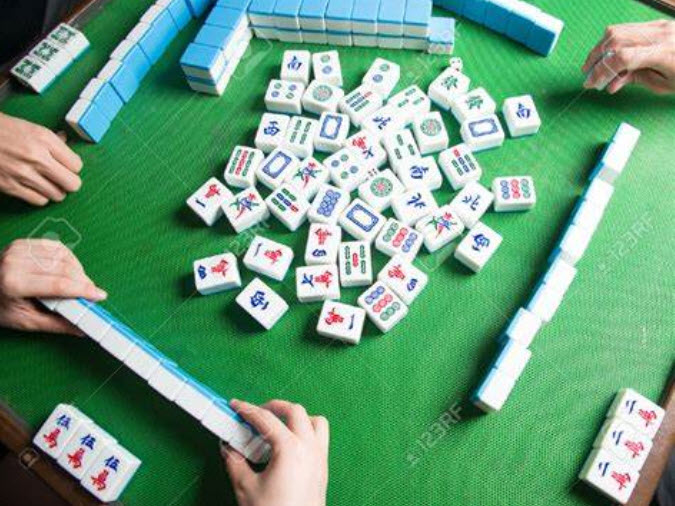












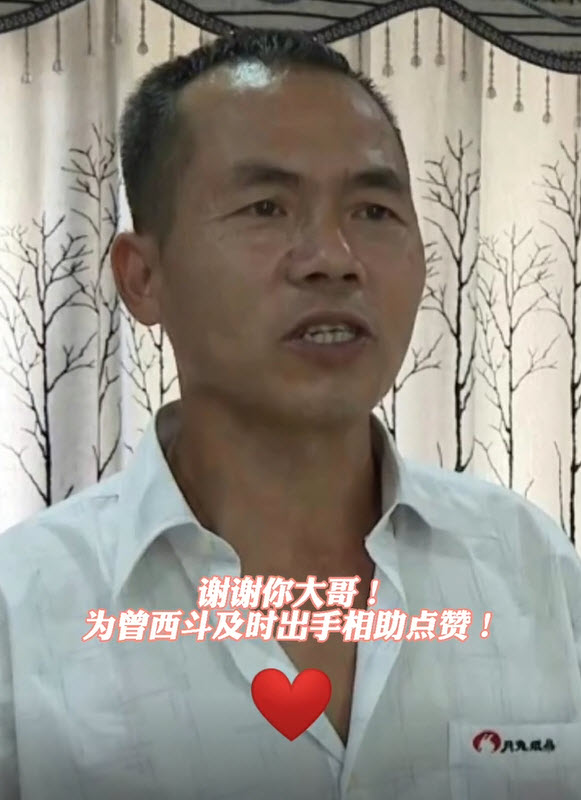
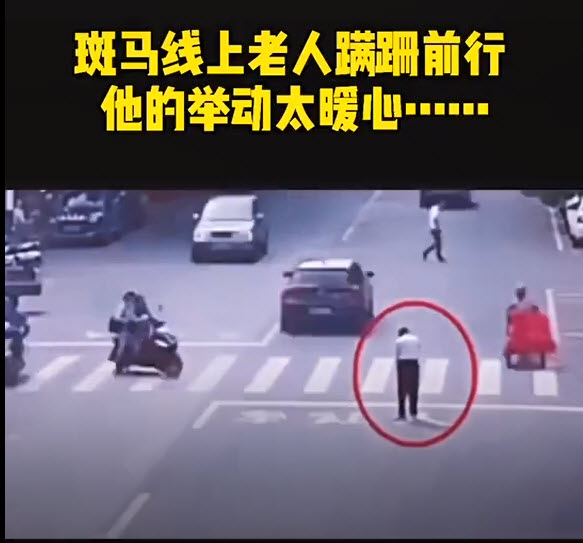
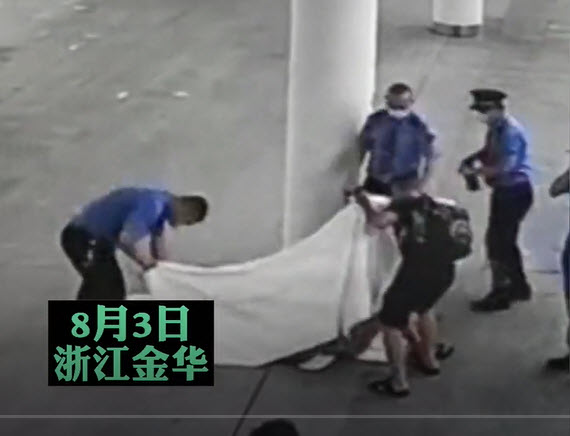










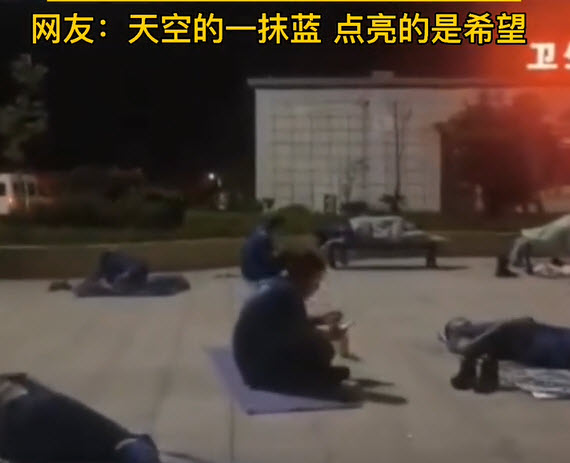

![[ANONYMOUS] – Part 1 – MM unlocked an Adventure](https://metallicman.com/wp-content/uploads/2021/08/netflix-picks-up-12-new-anime-series-projects-and-godzilla-movie7-825x510.jpg)












